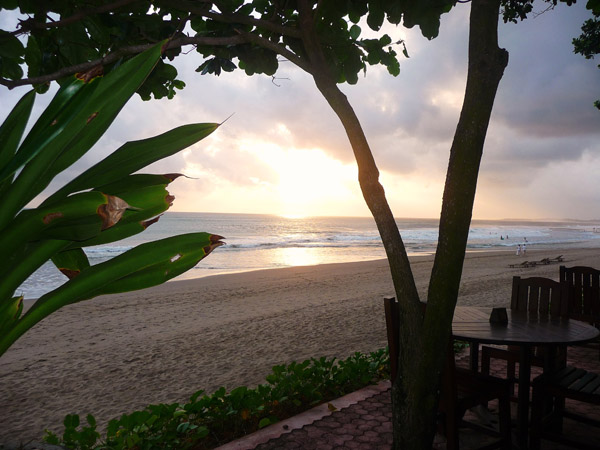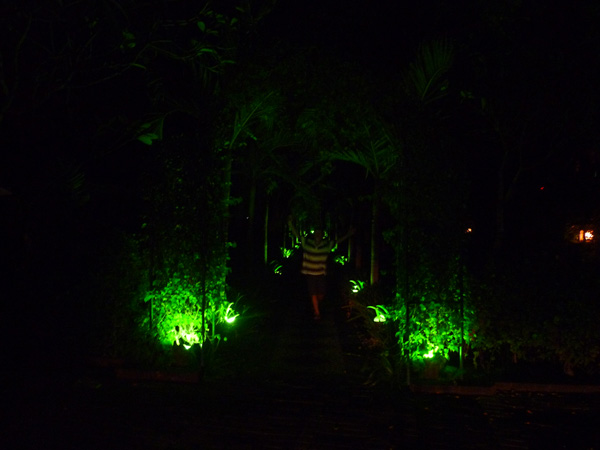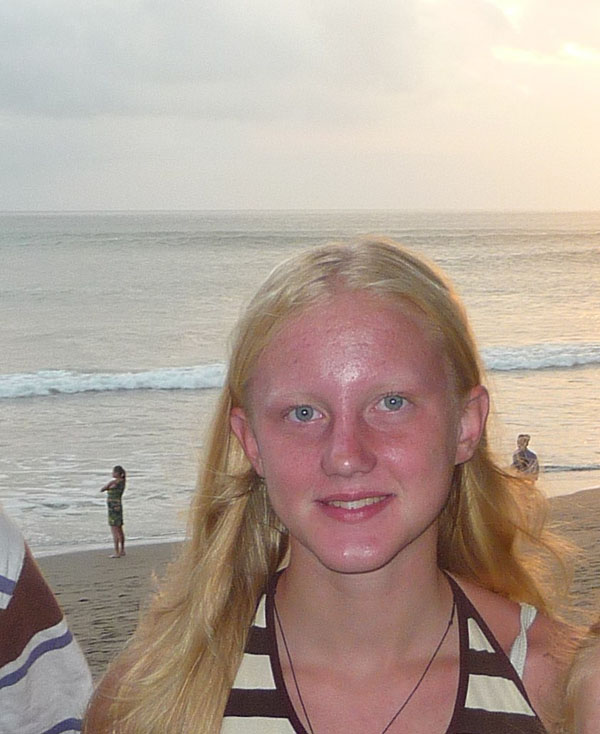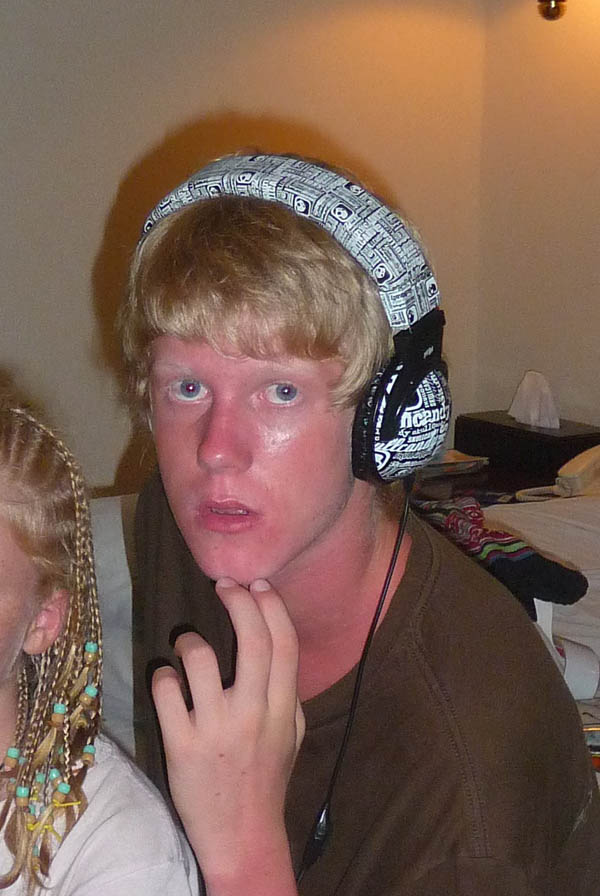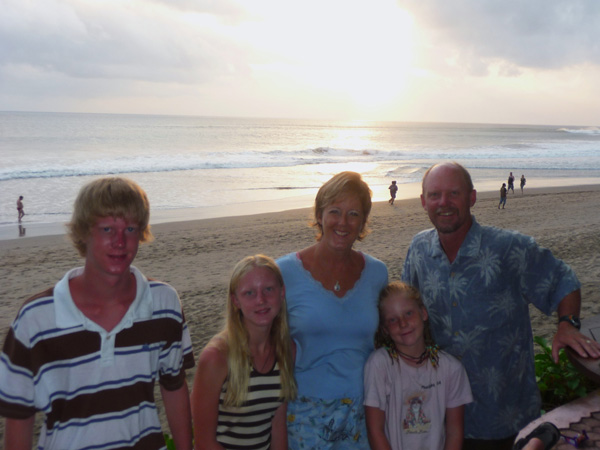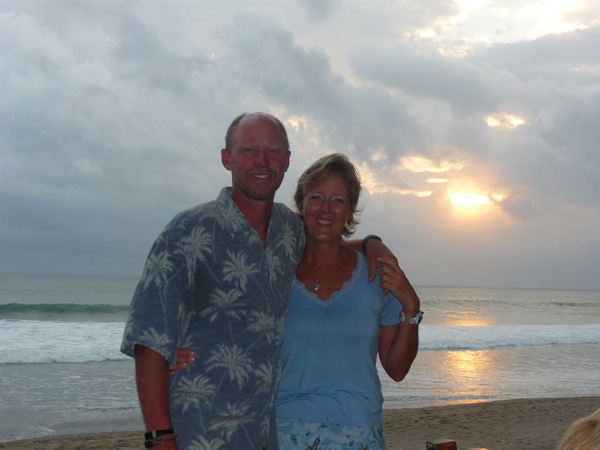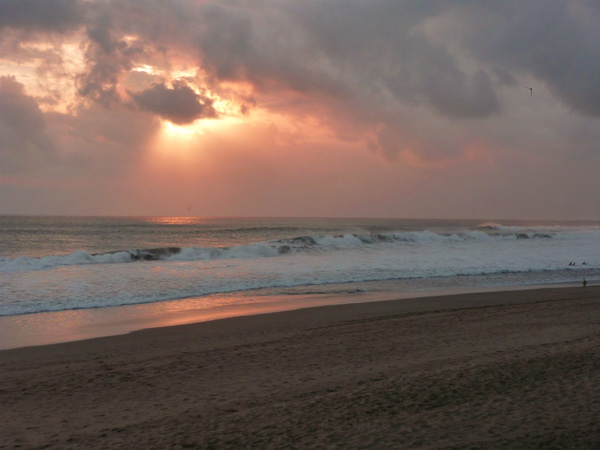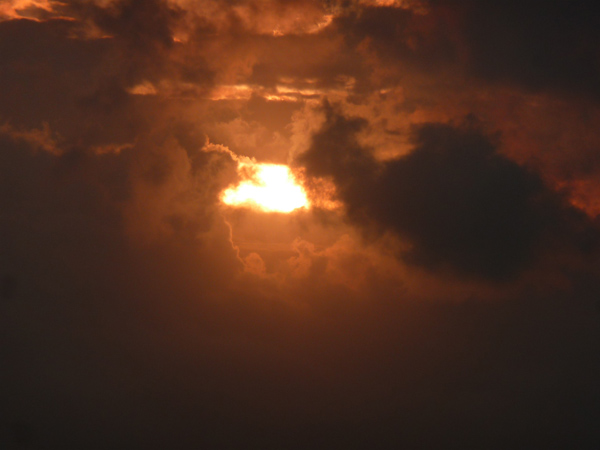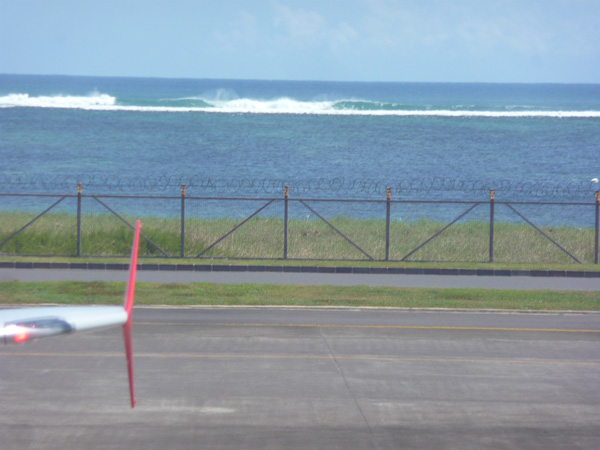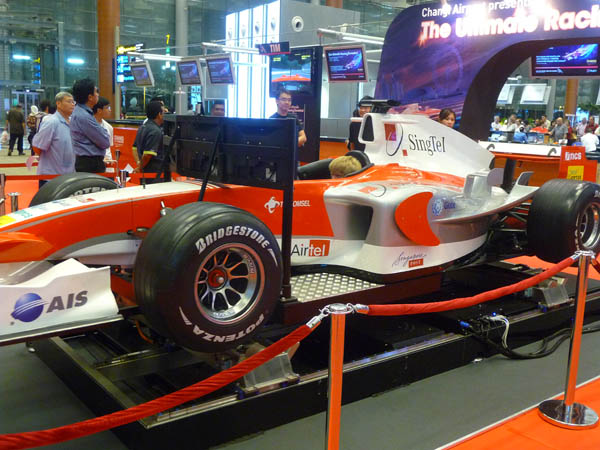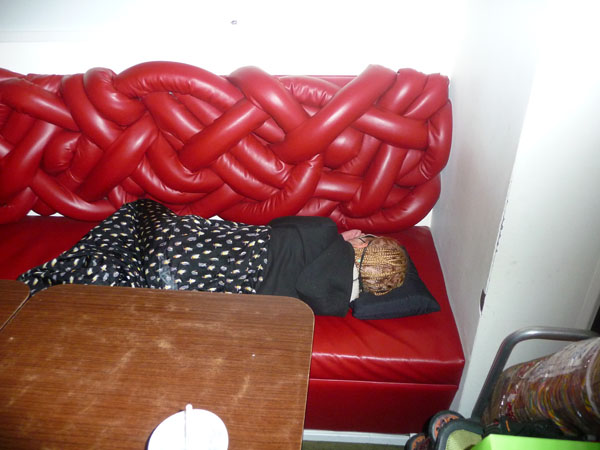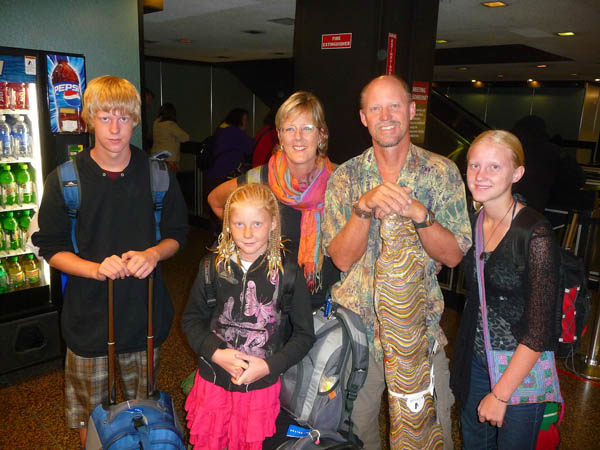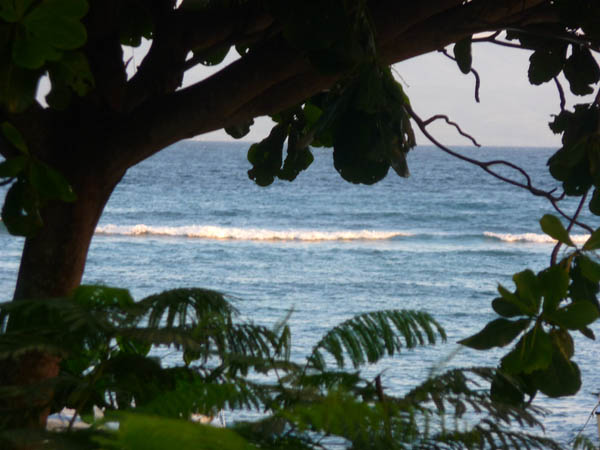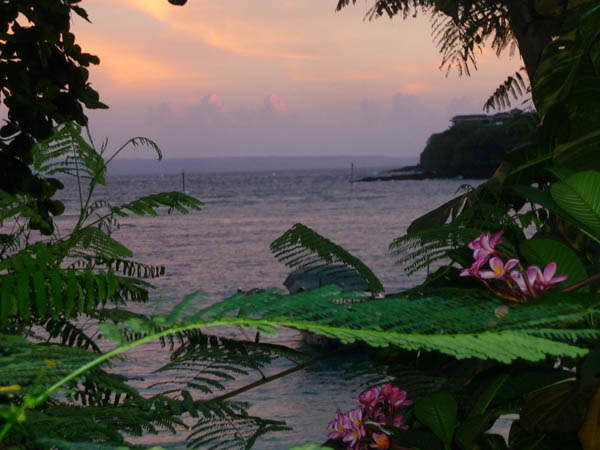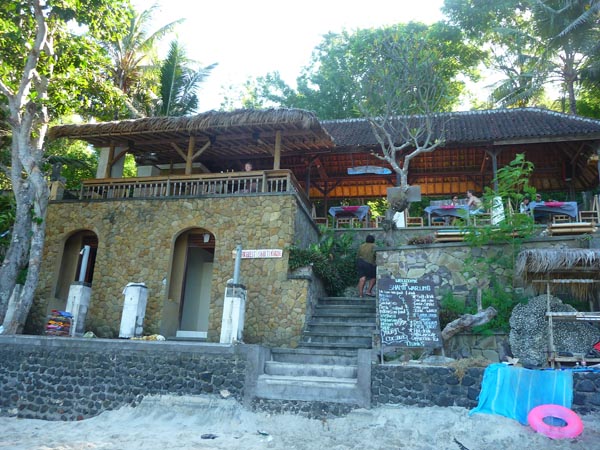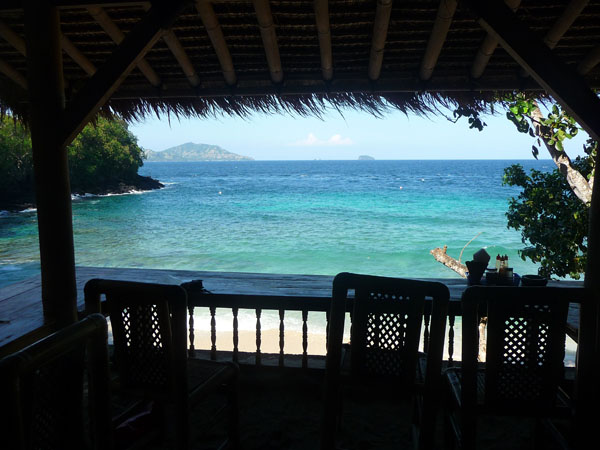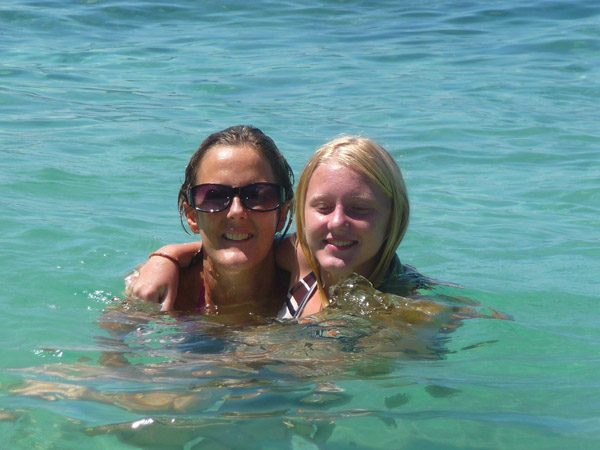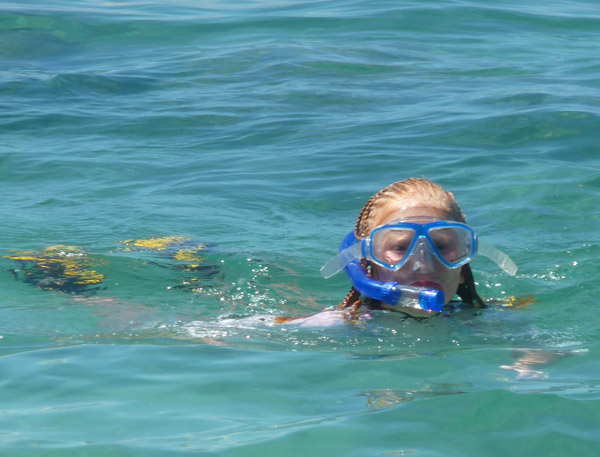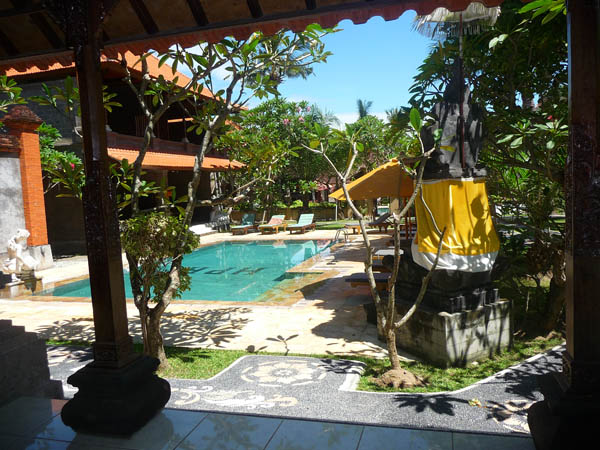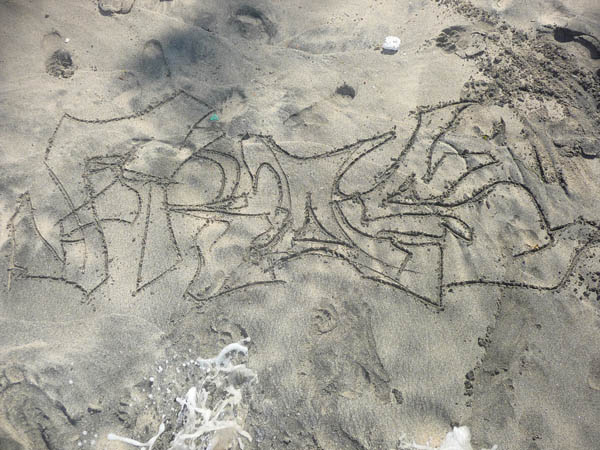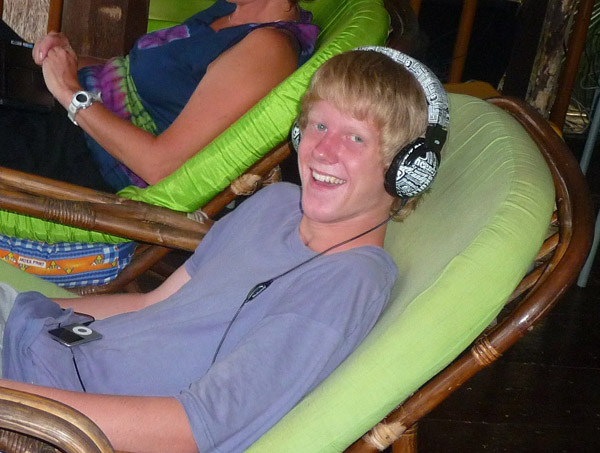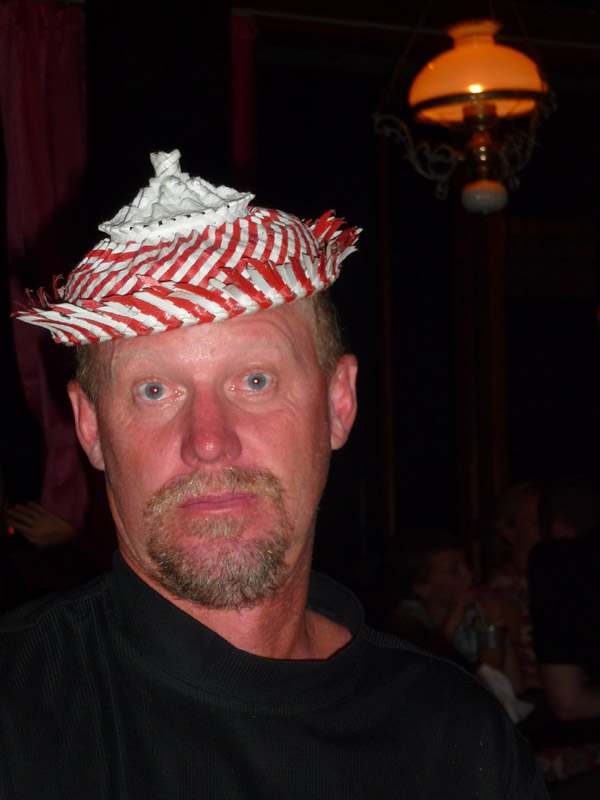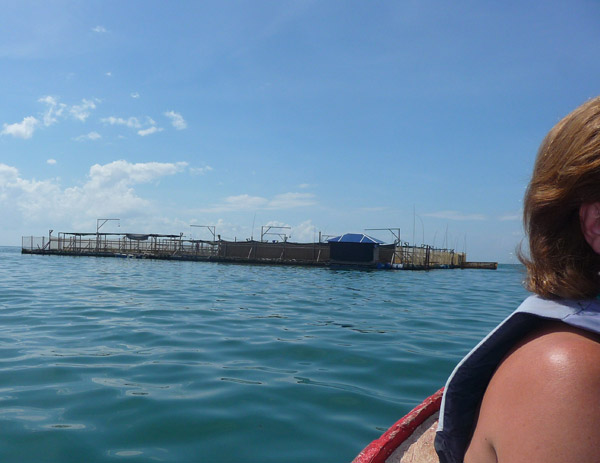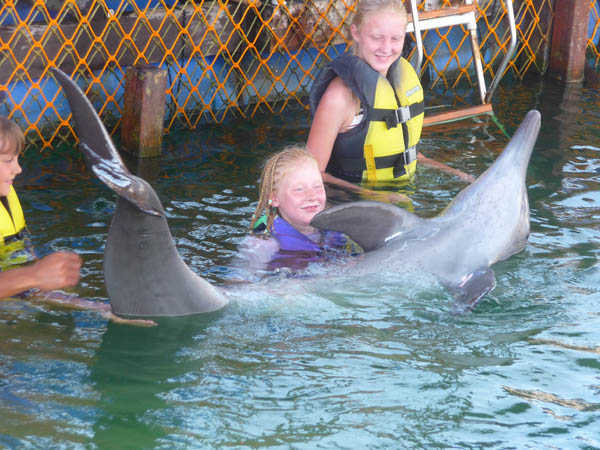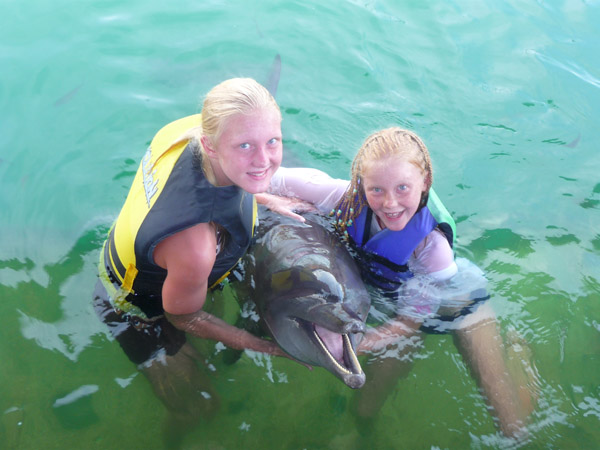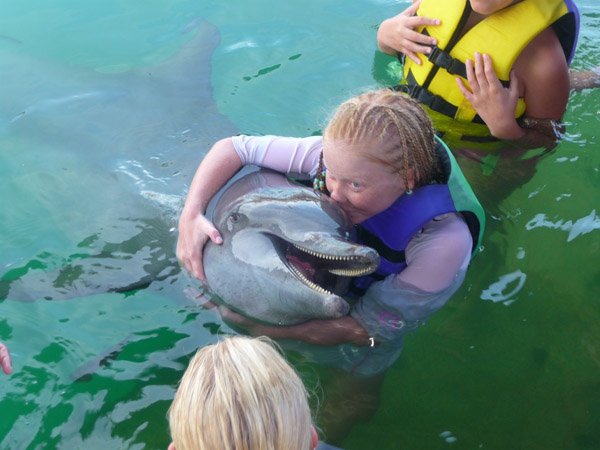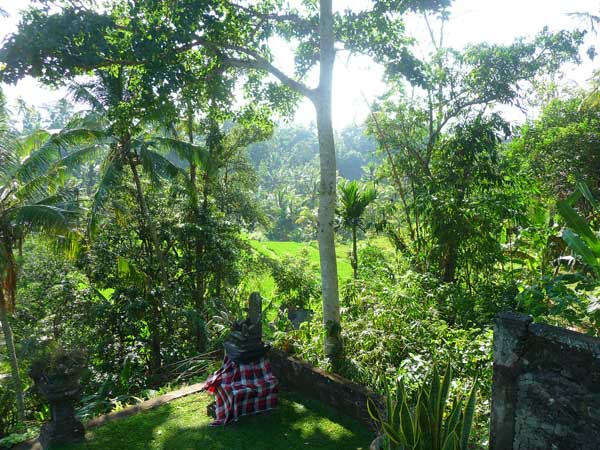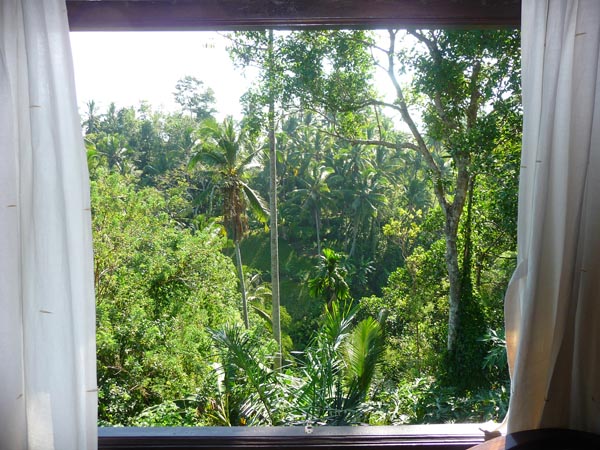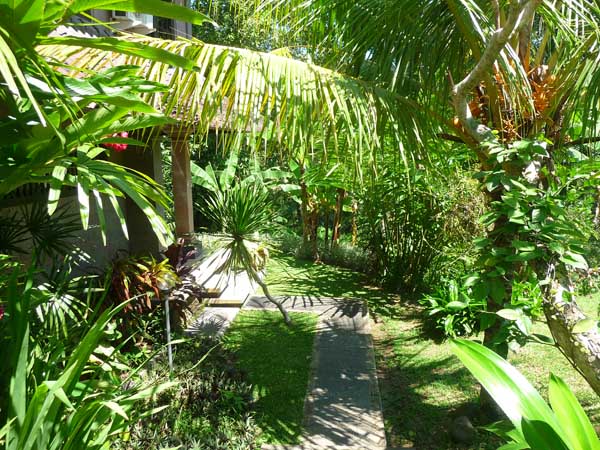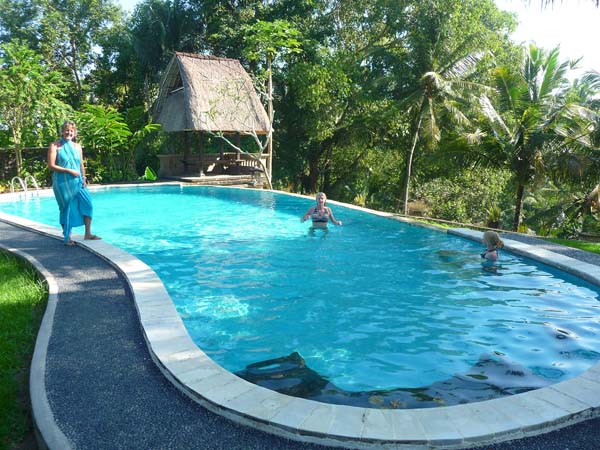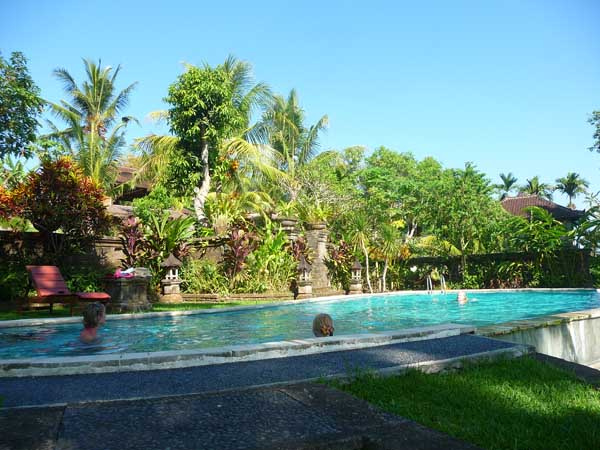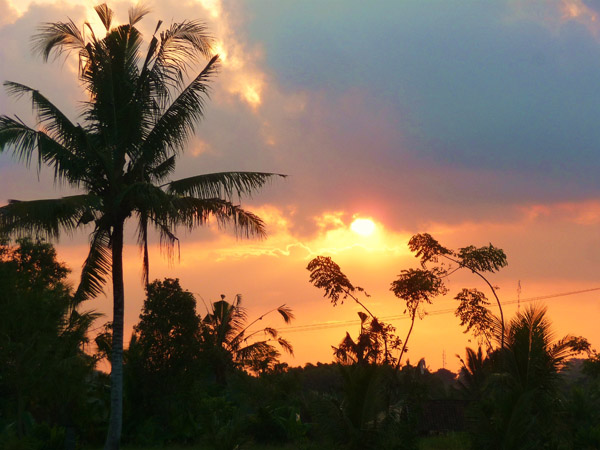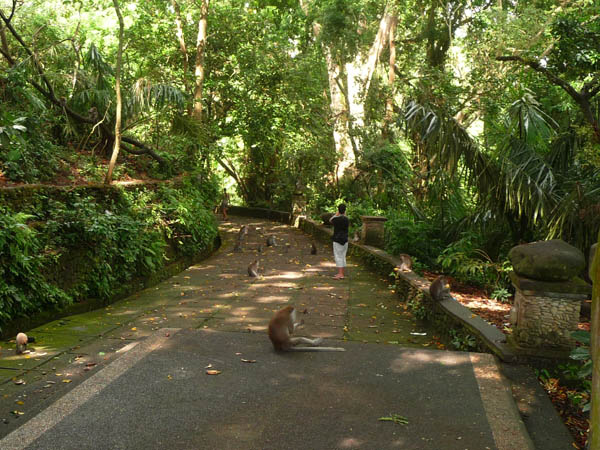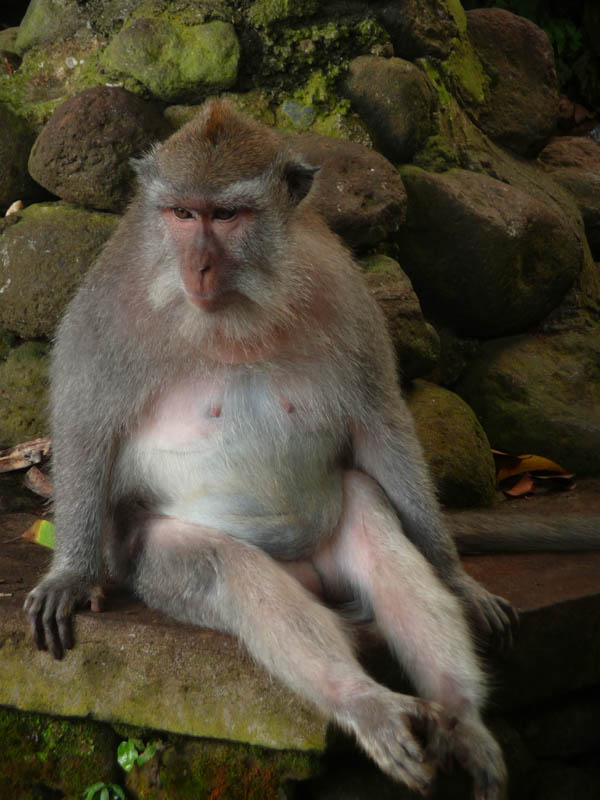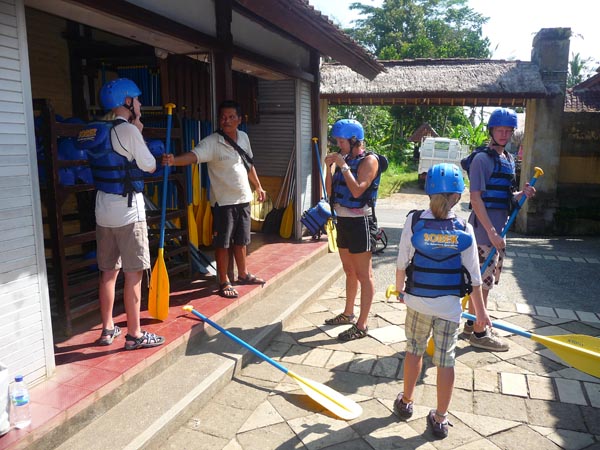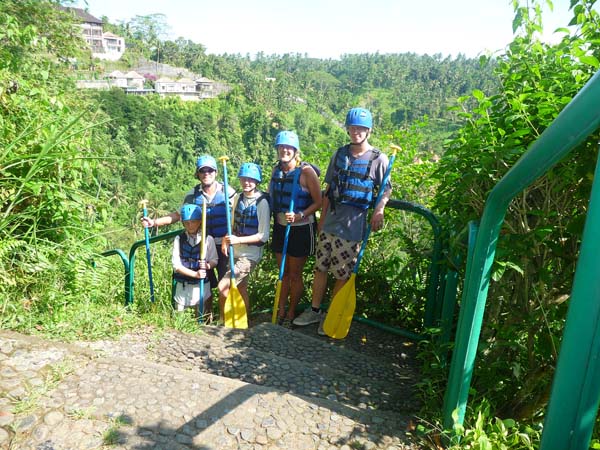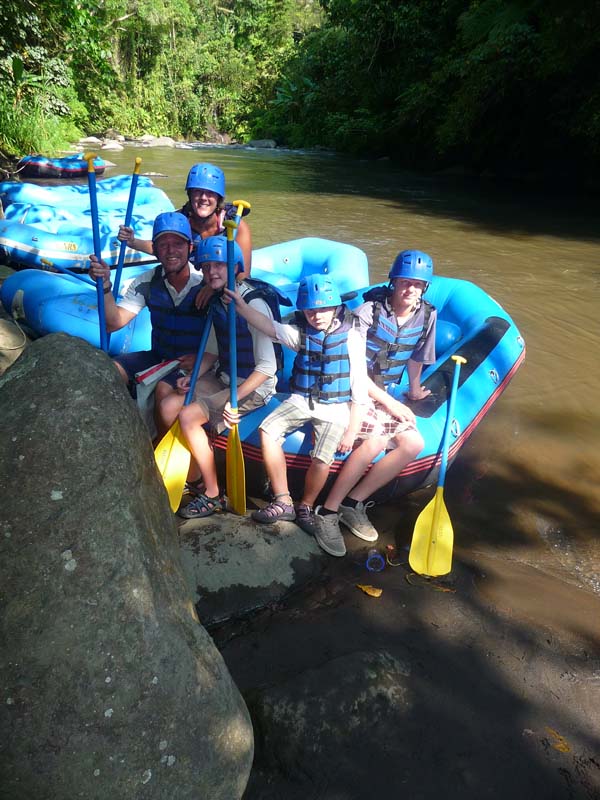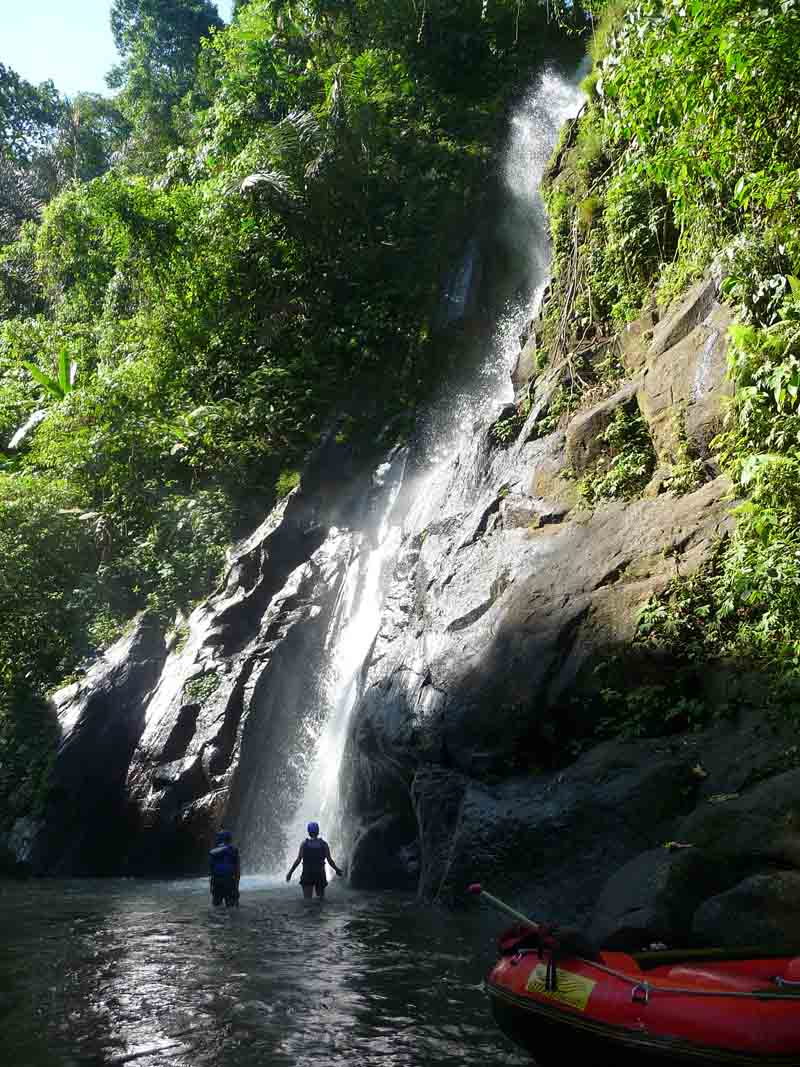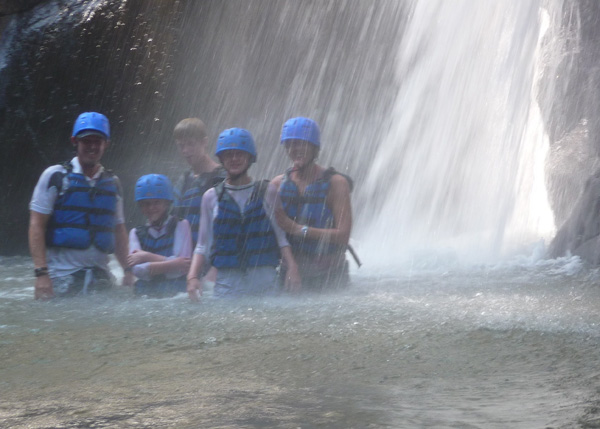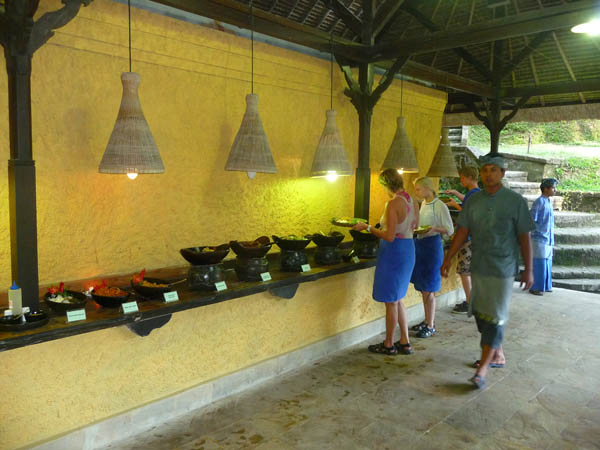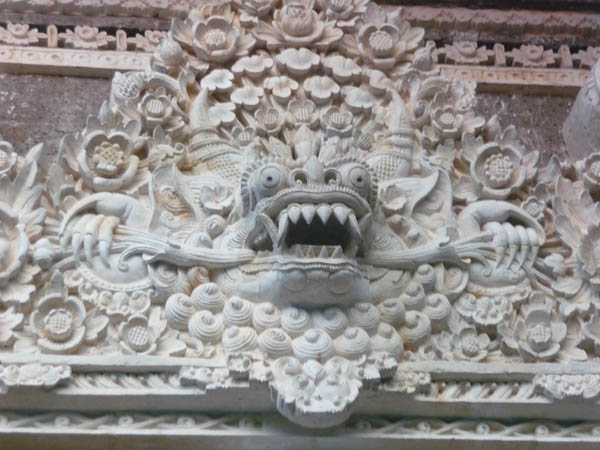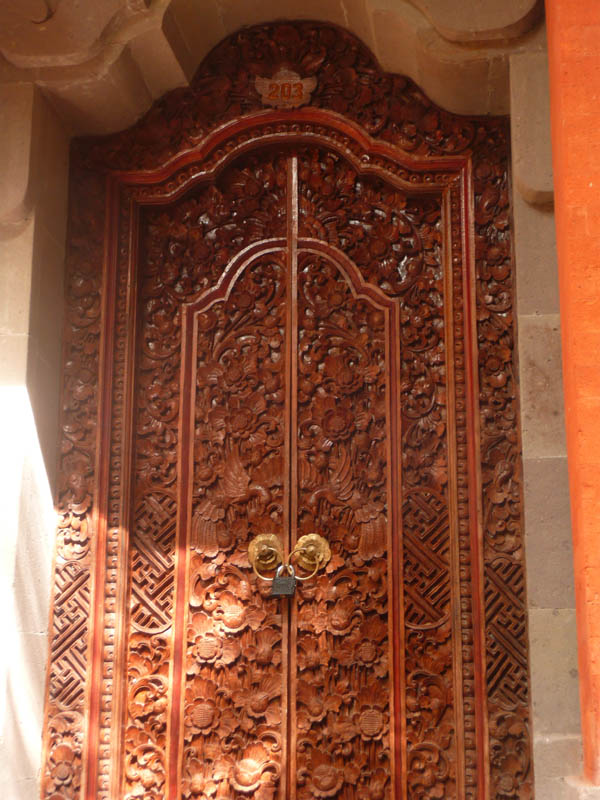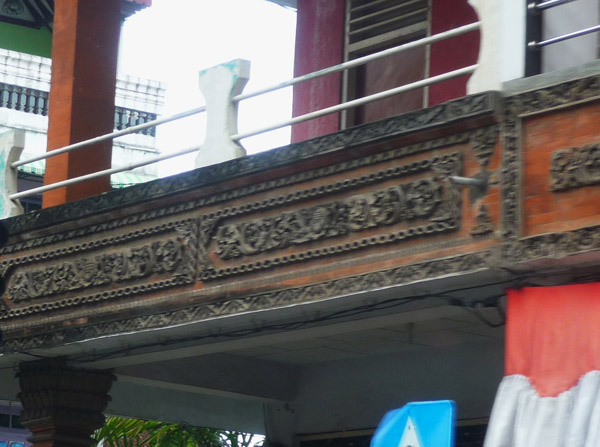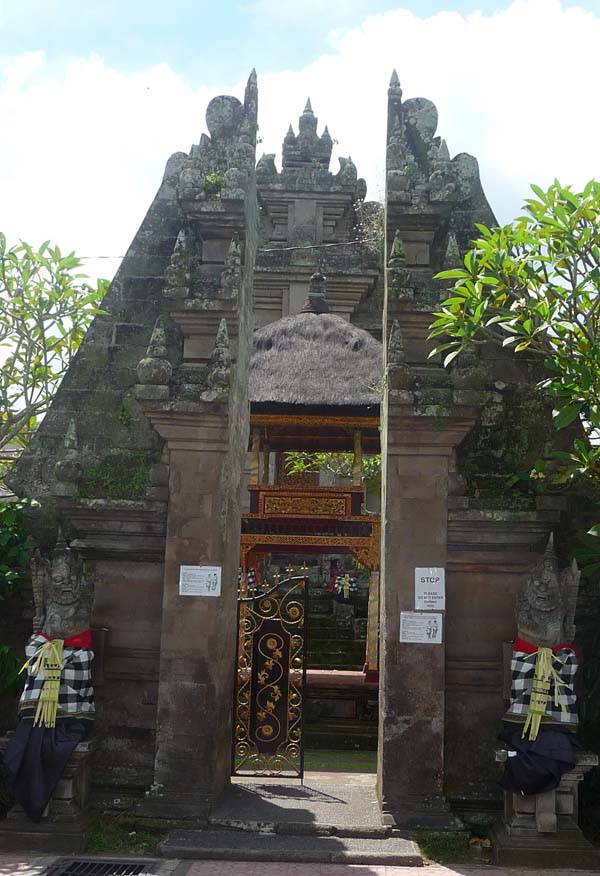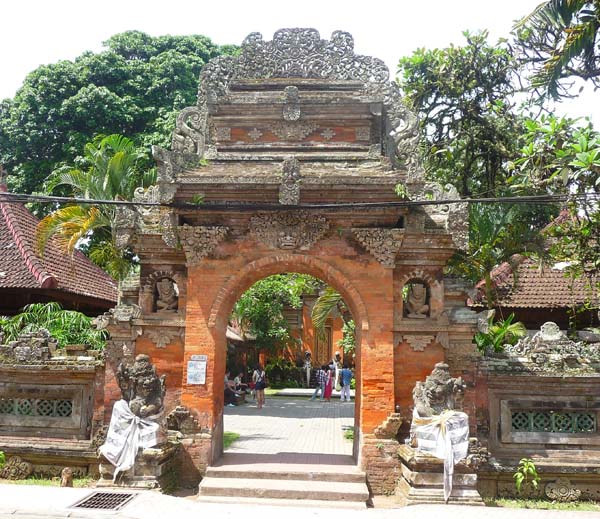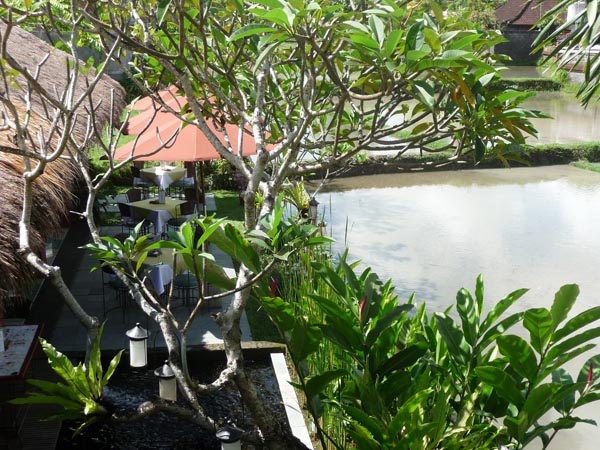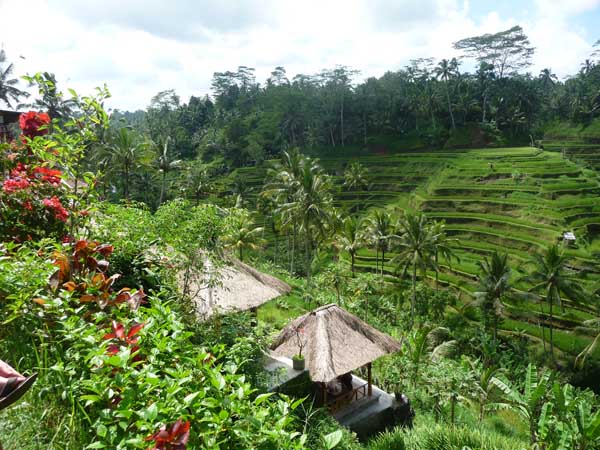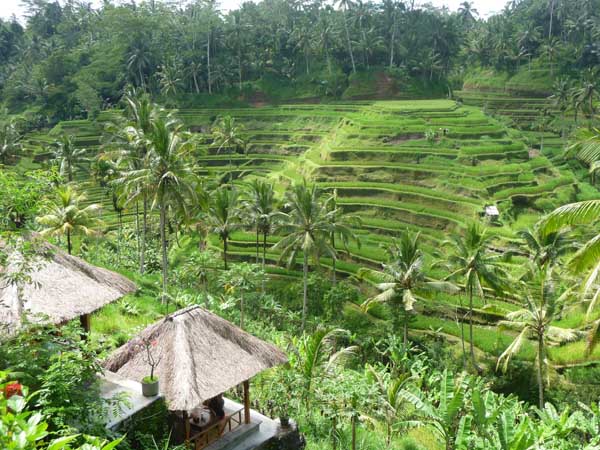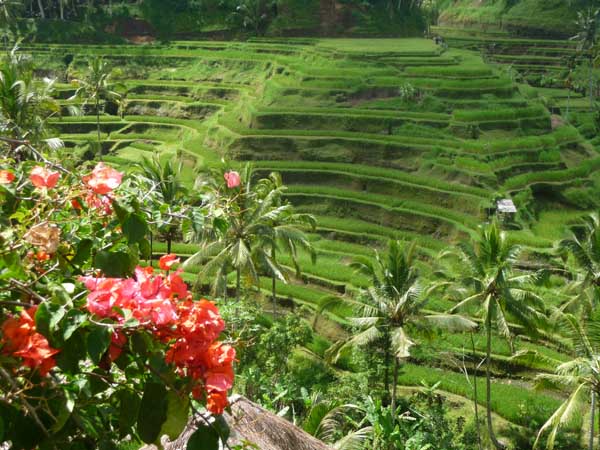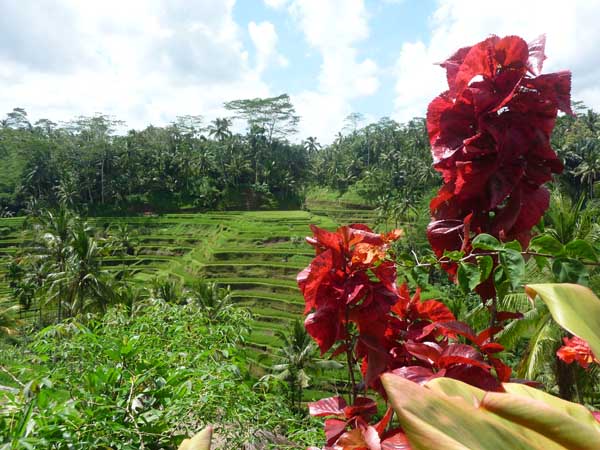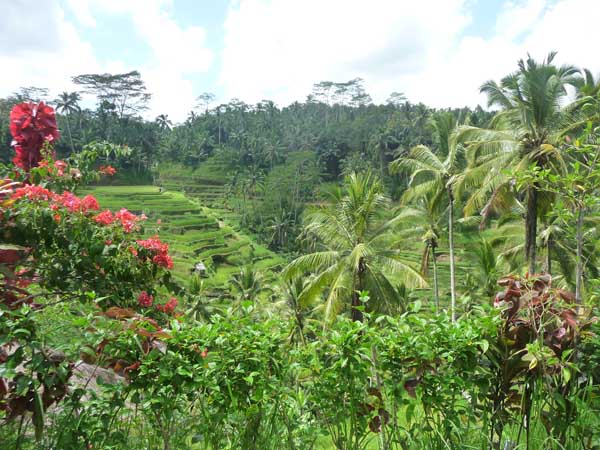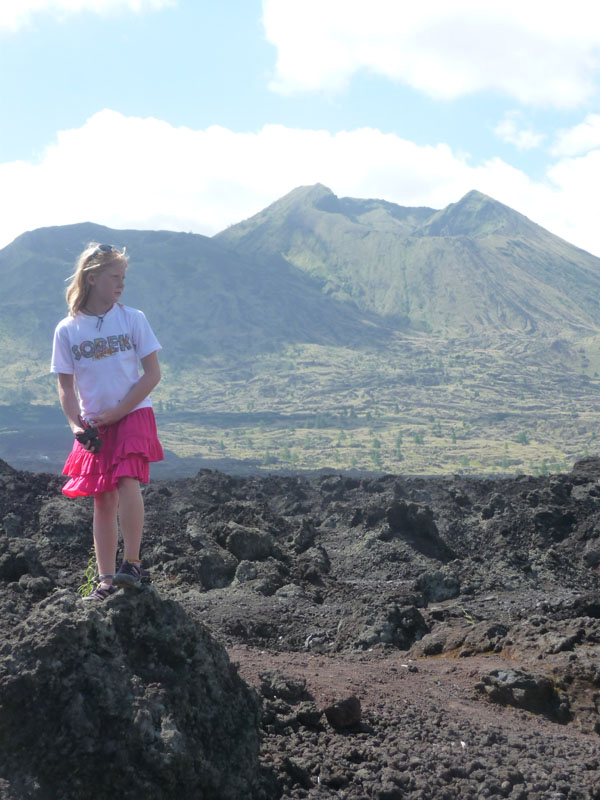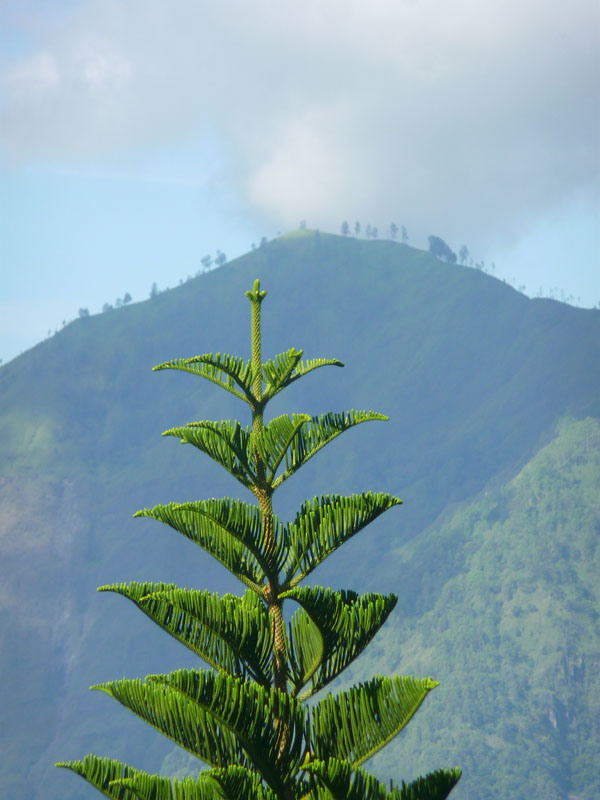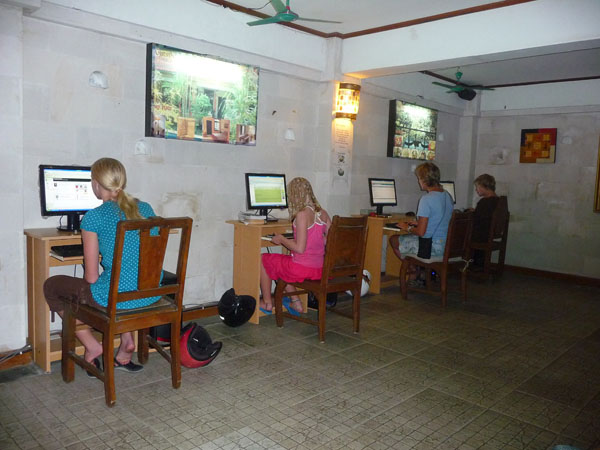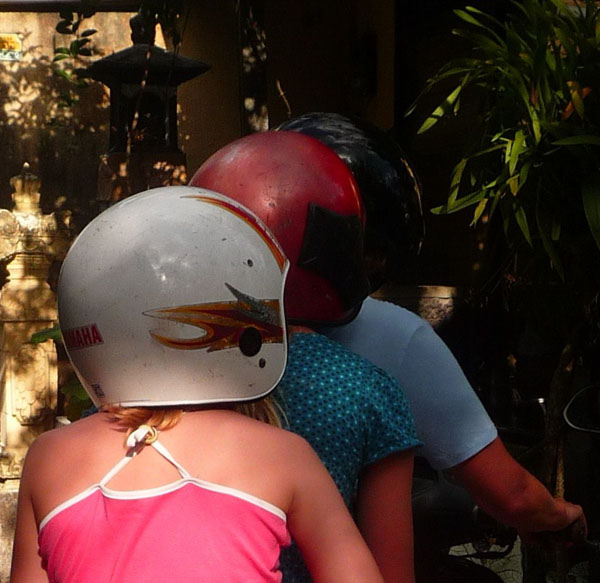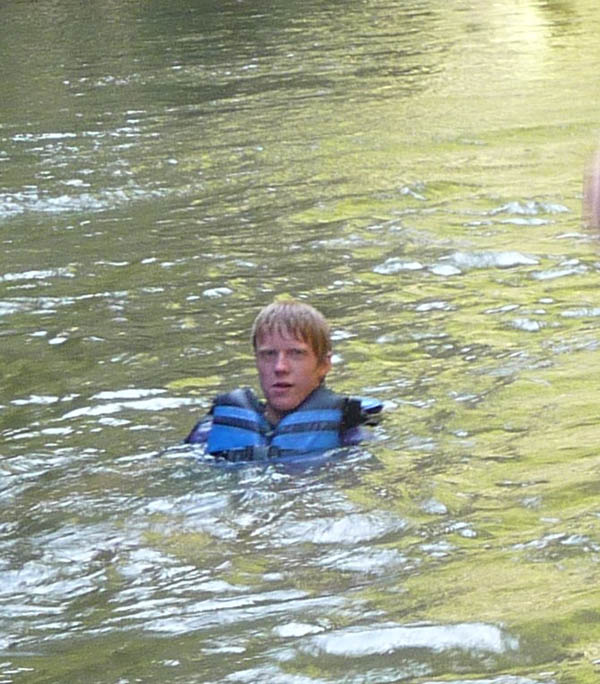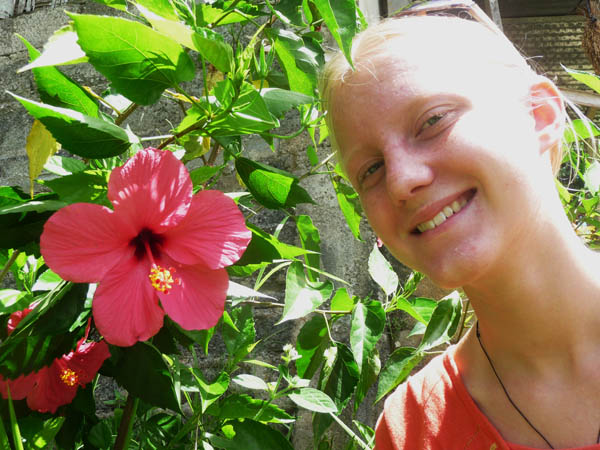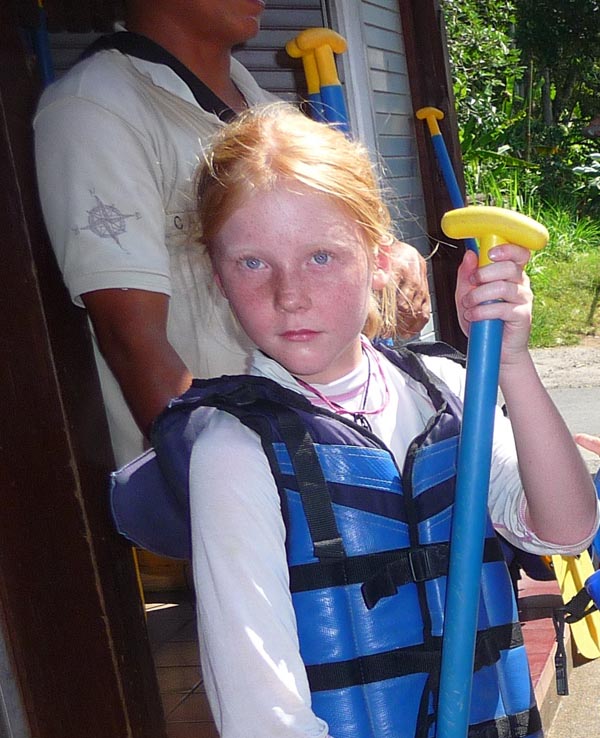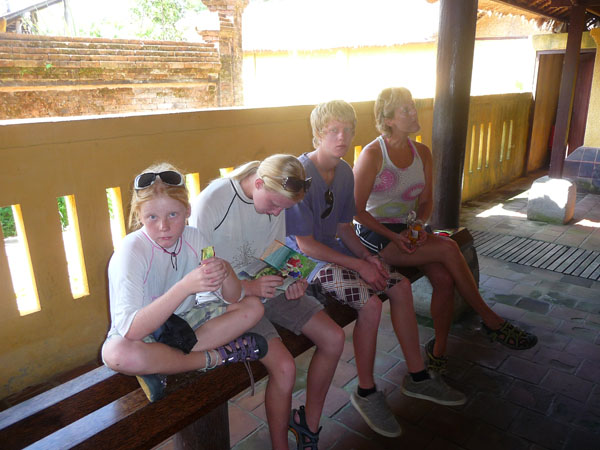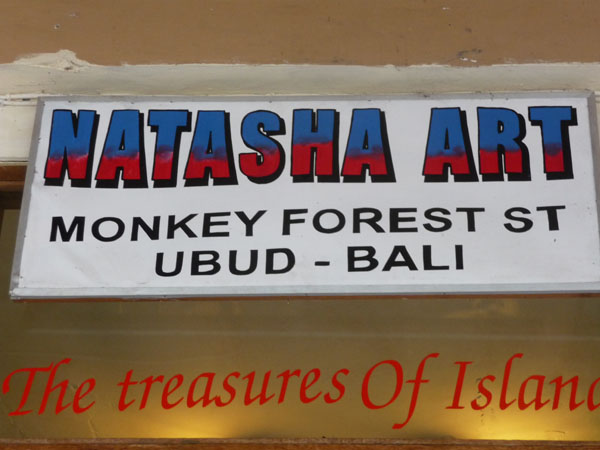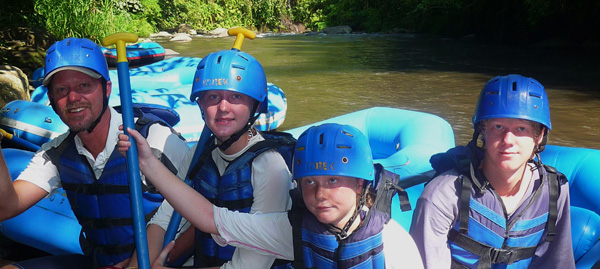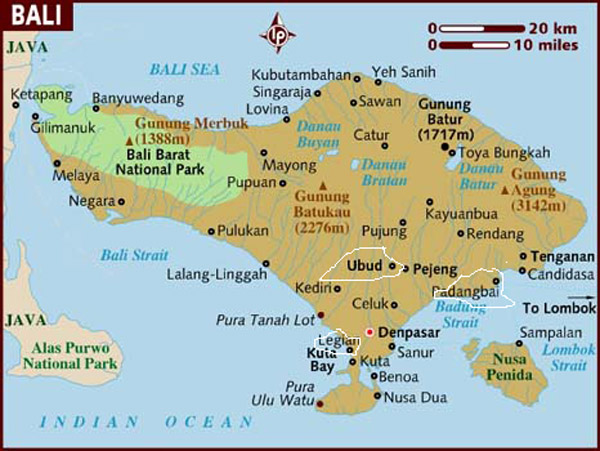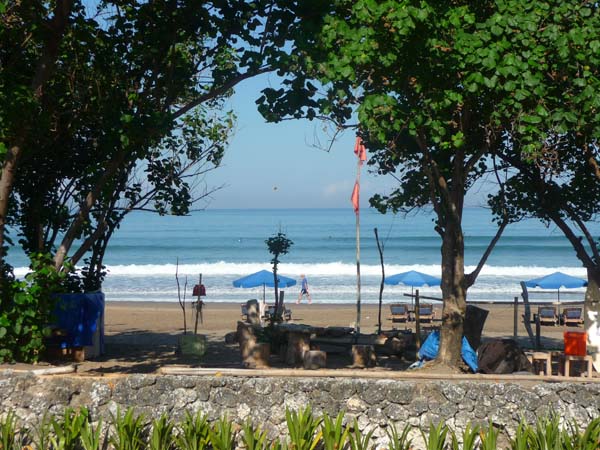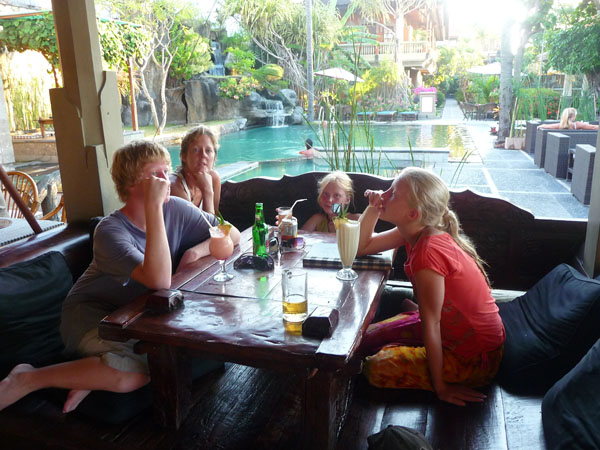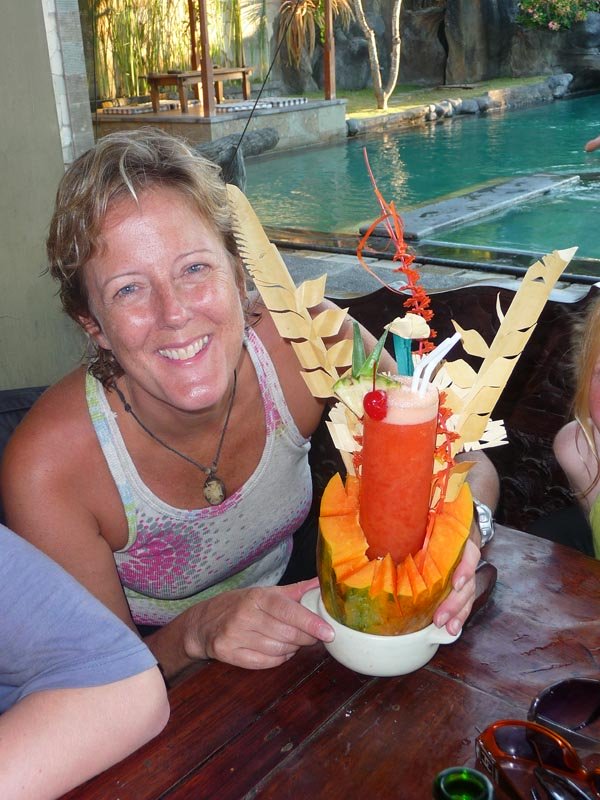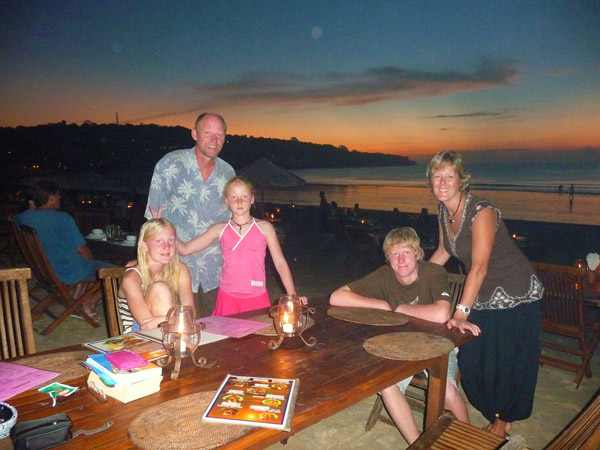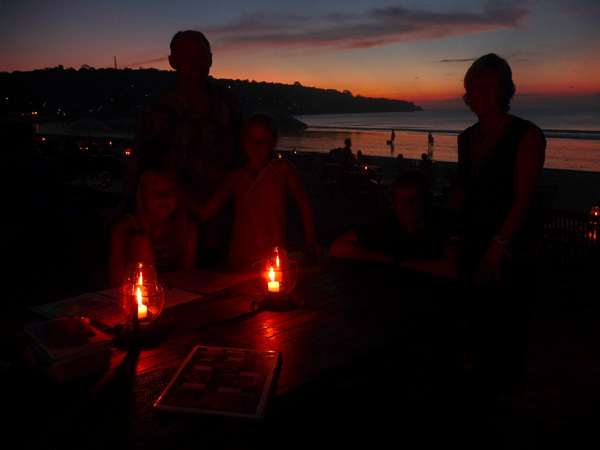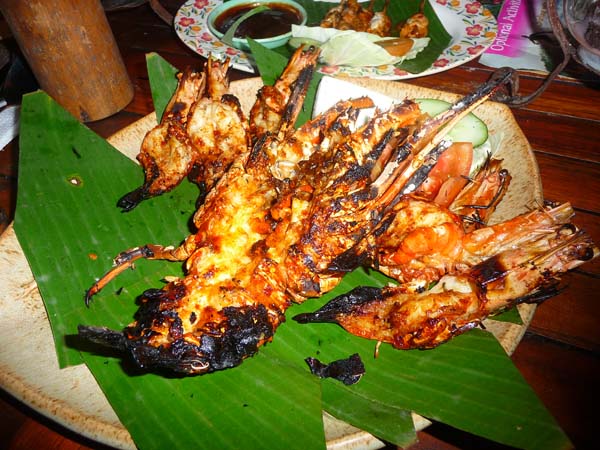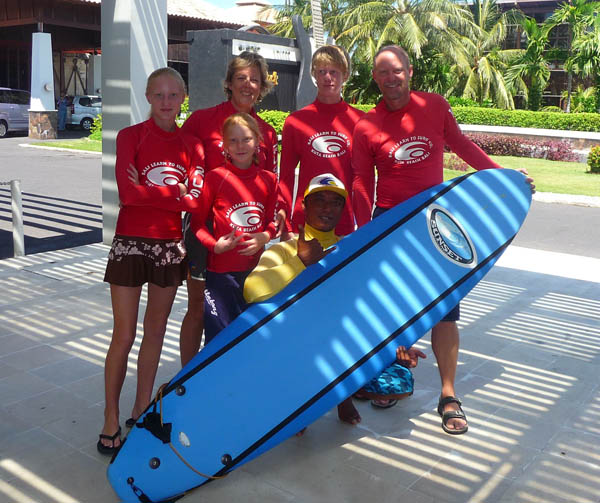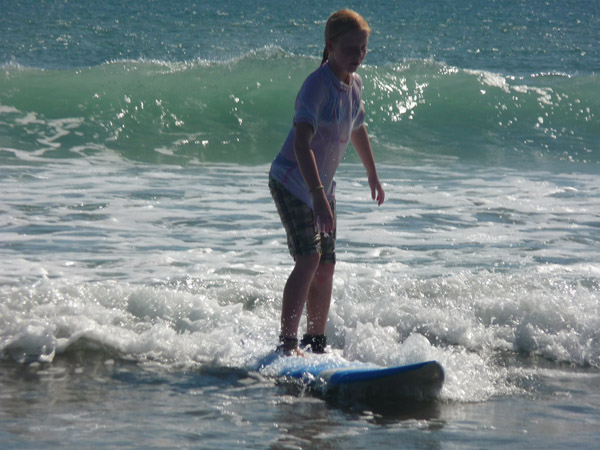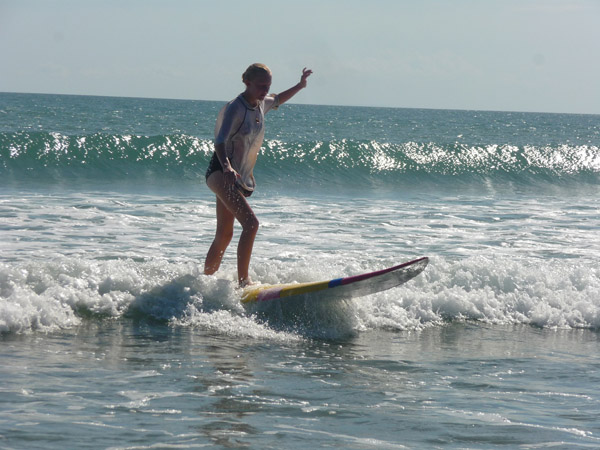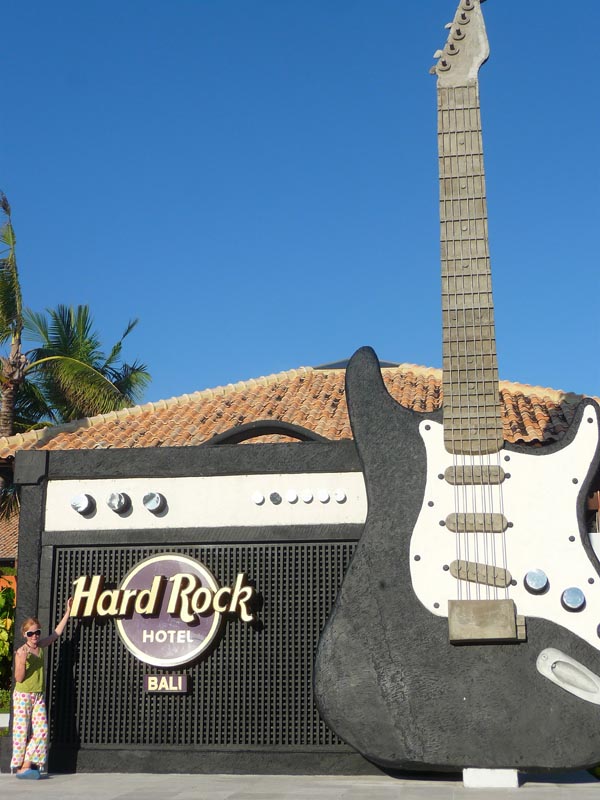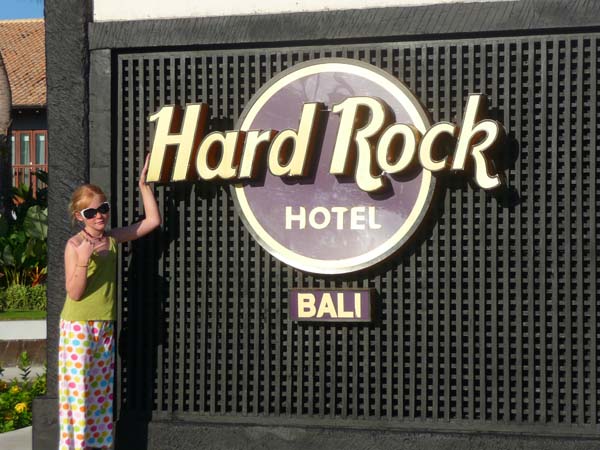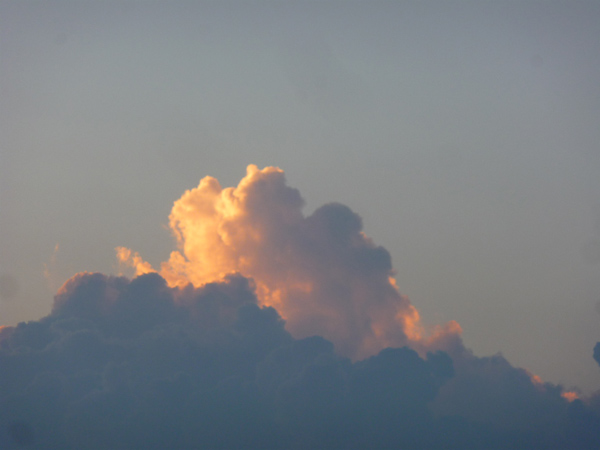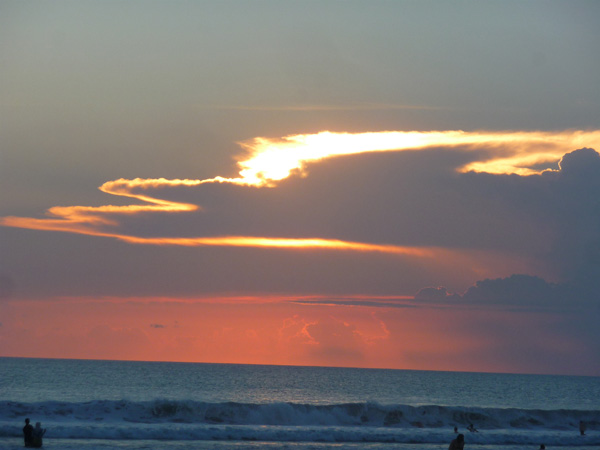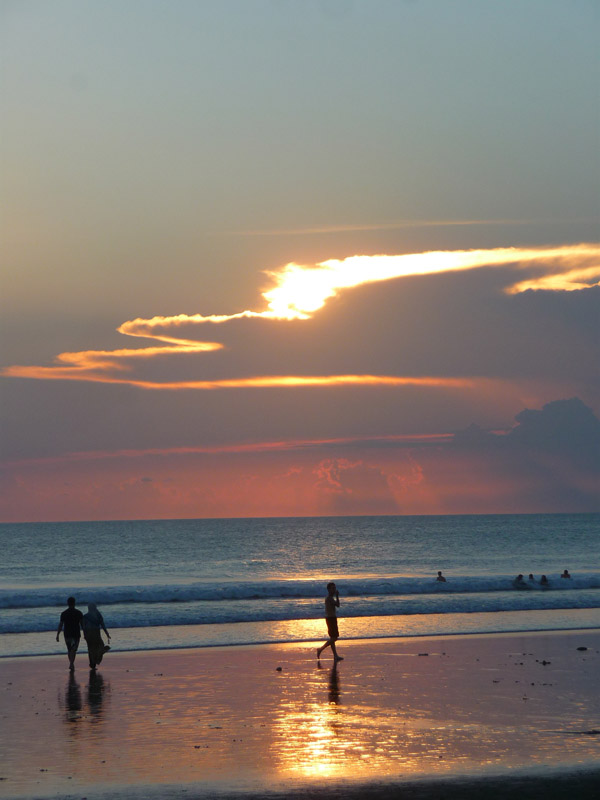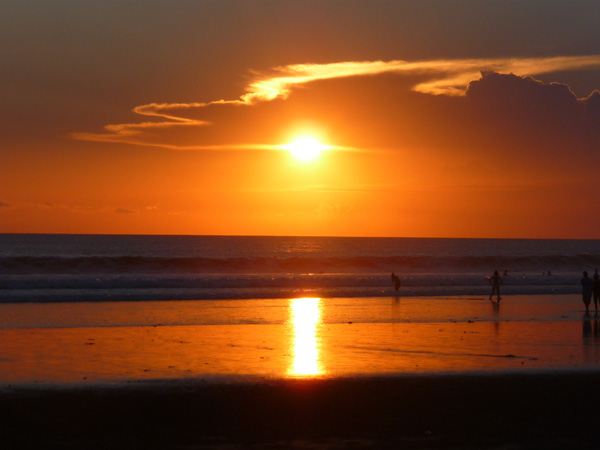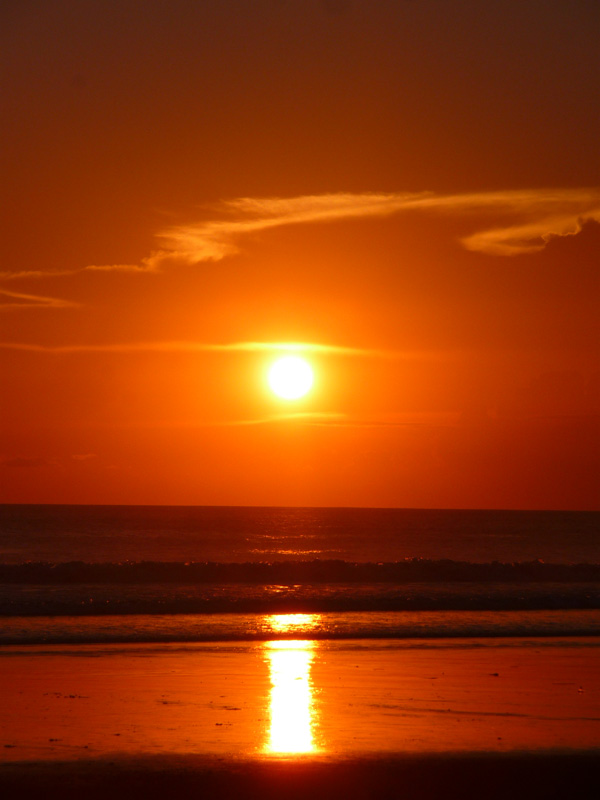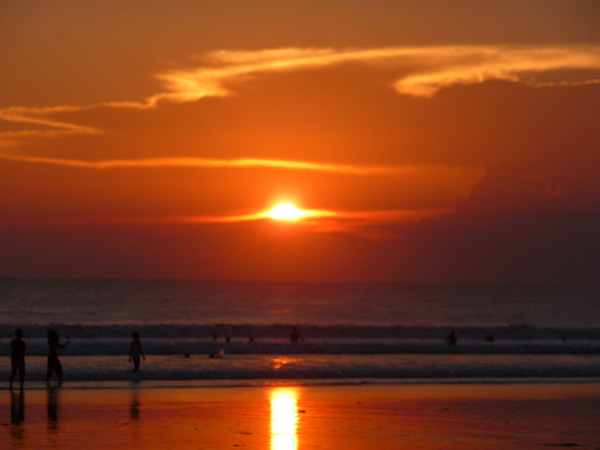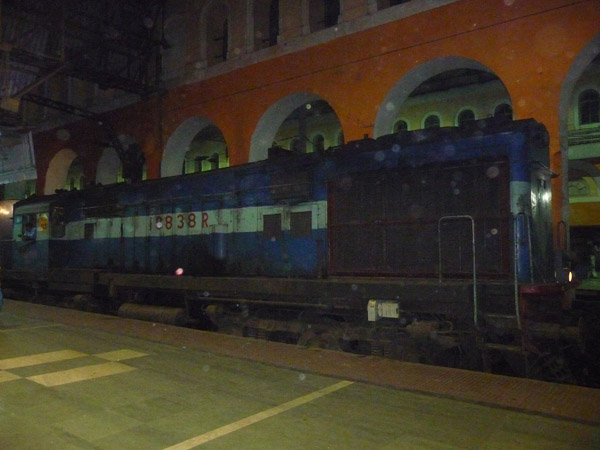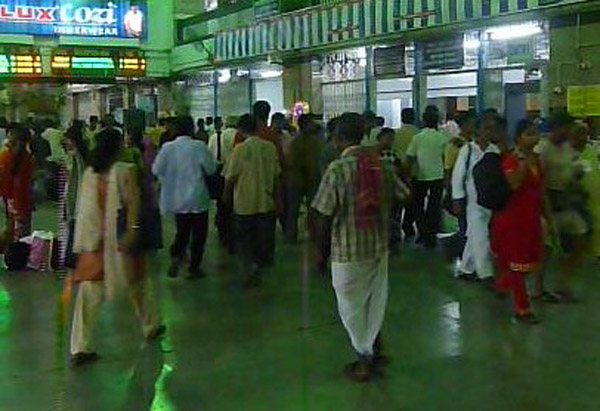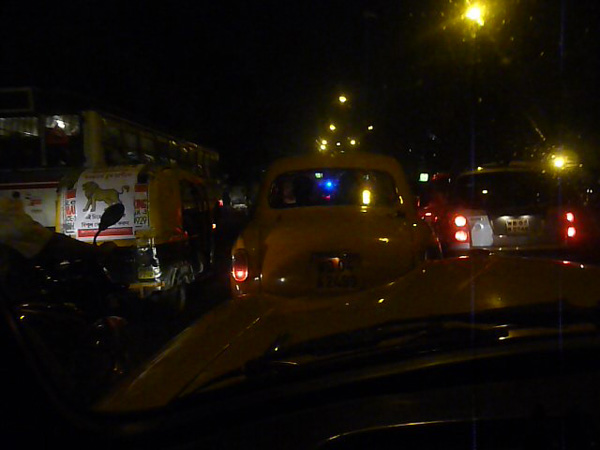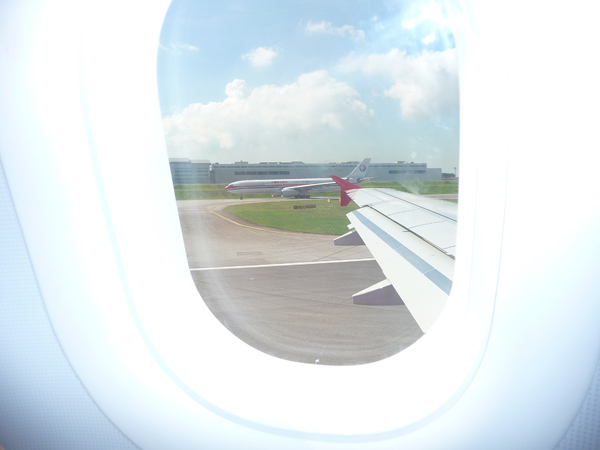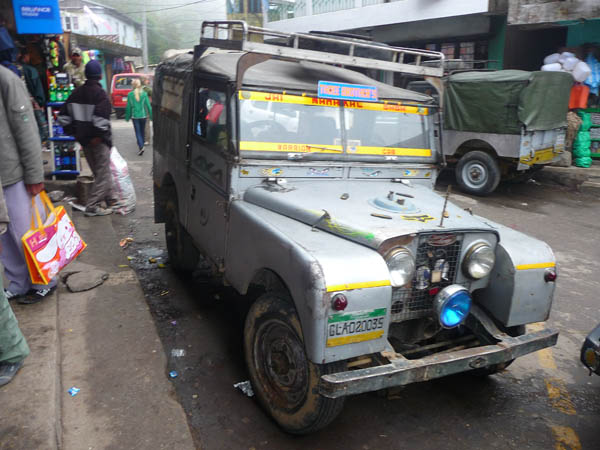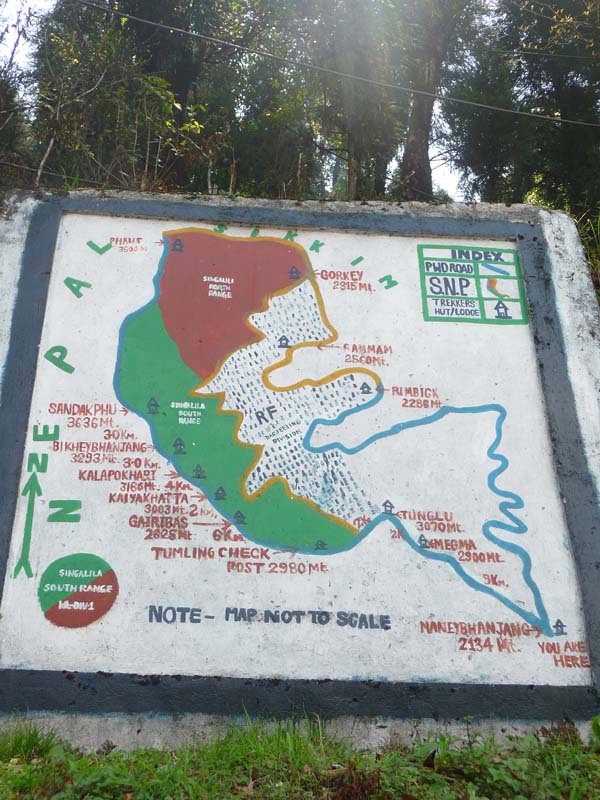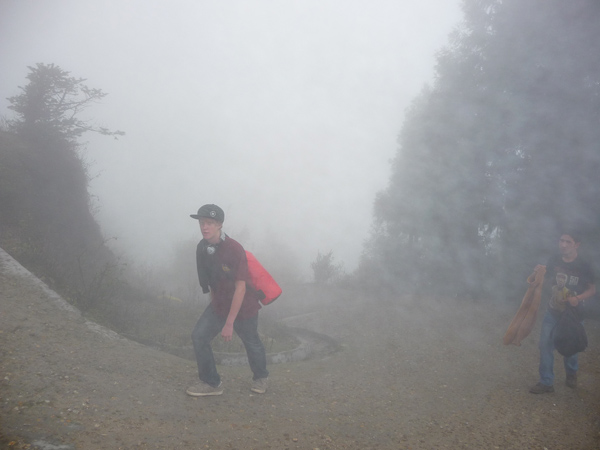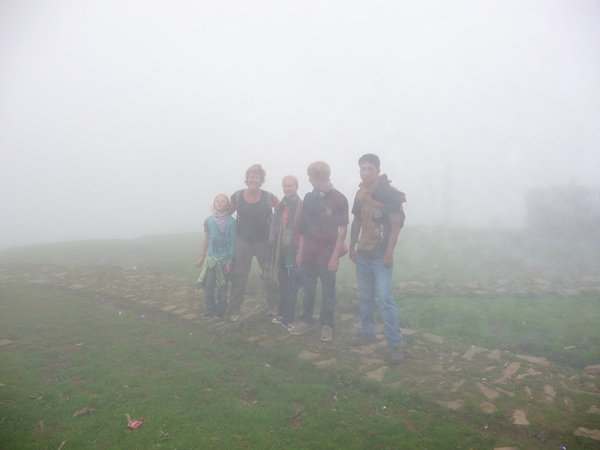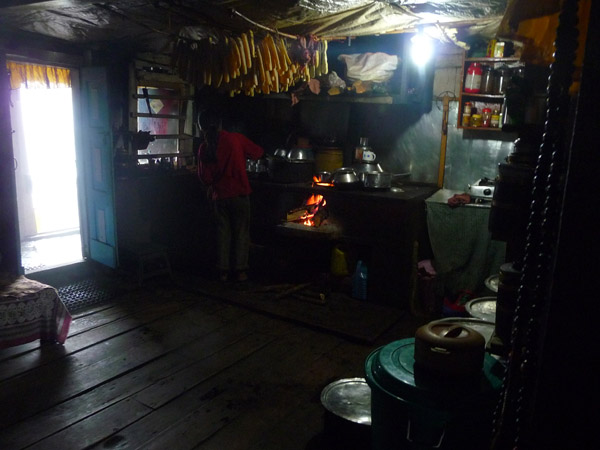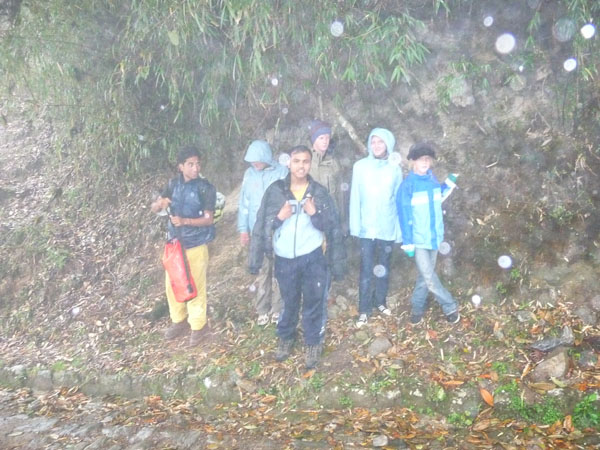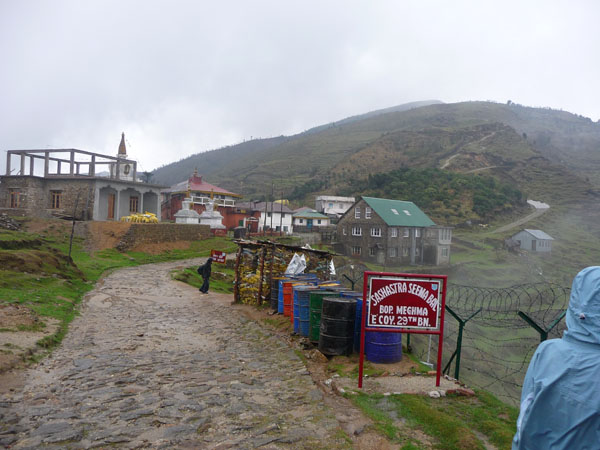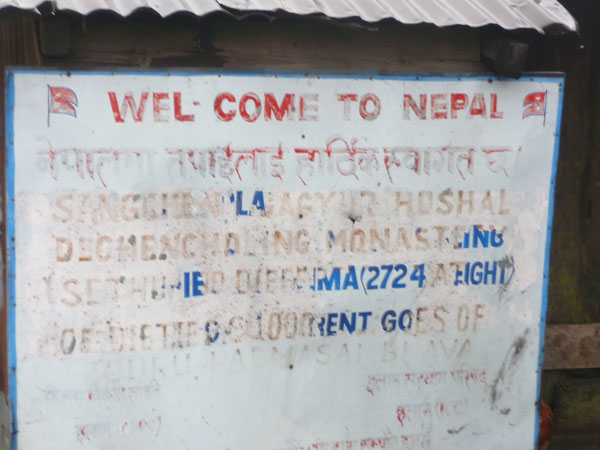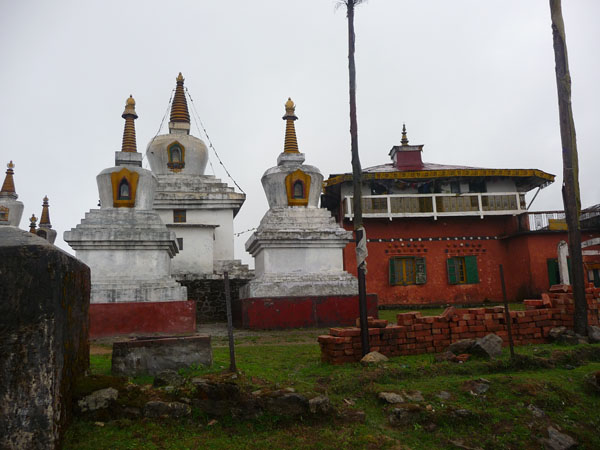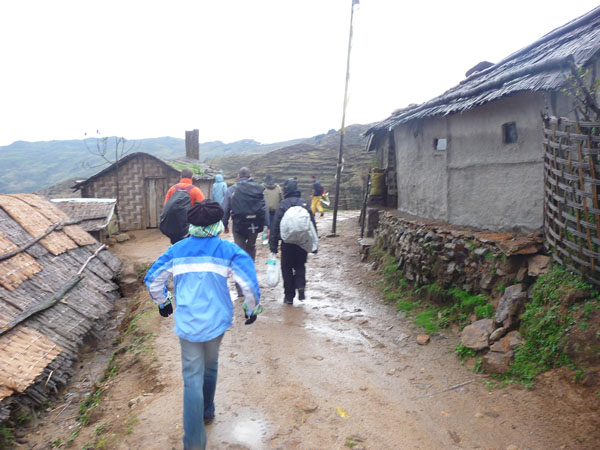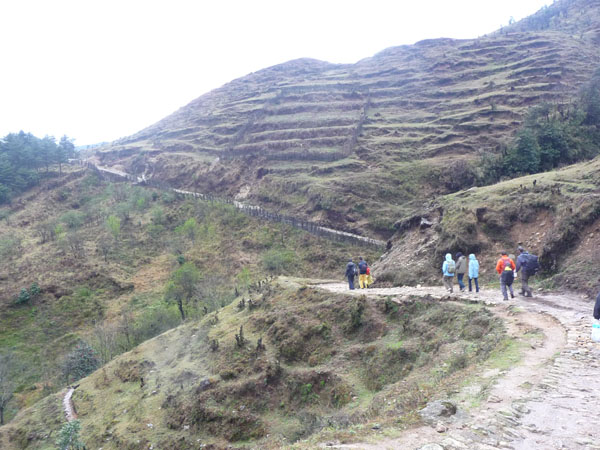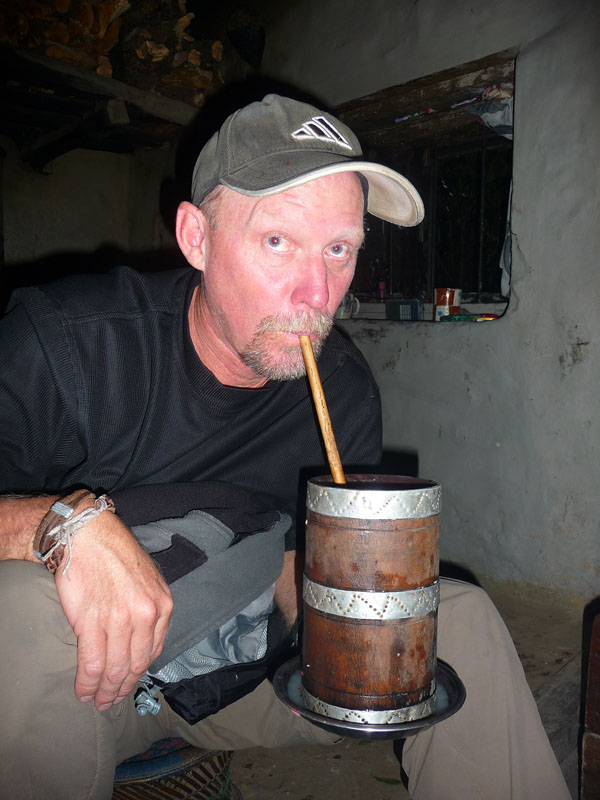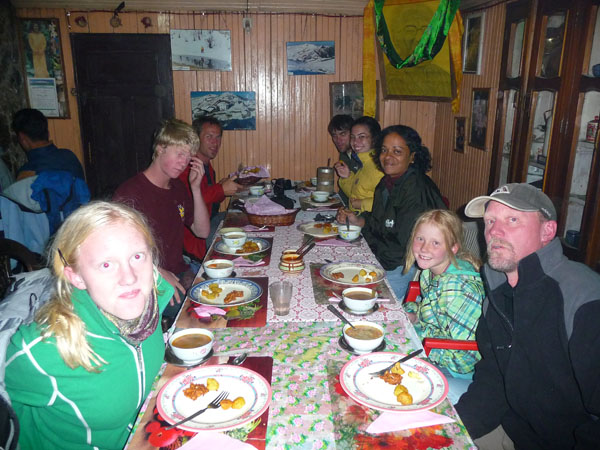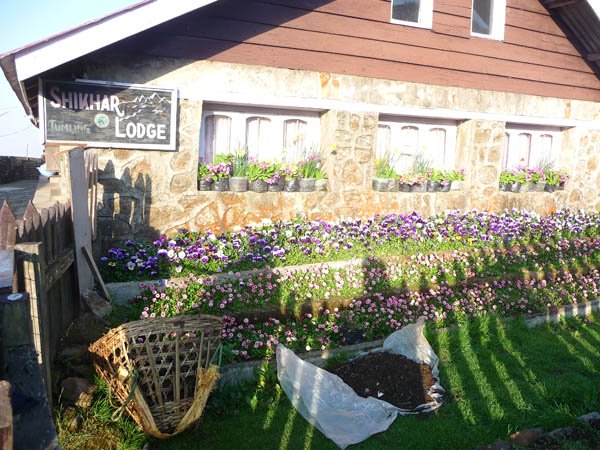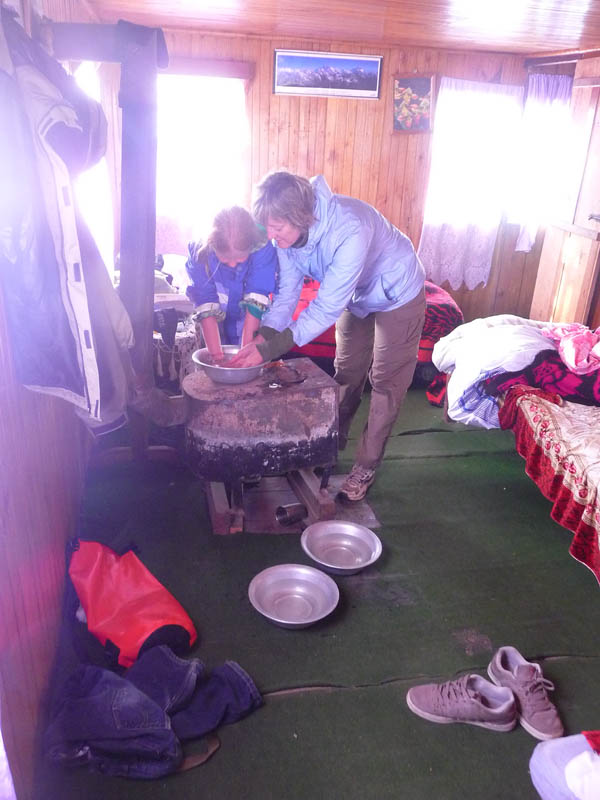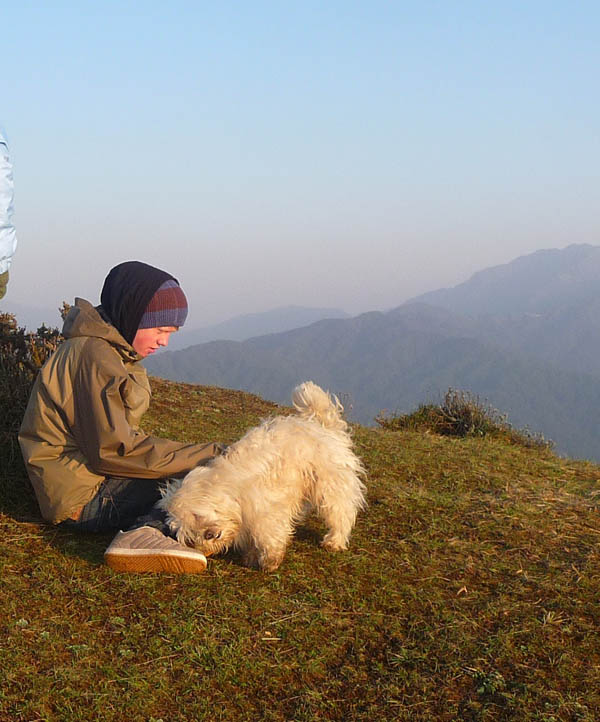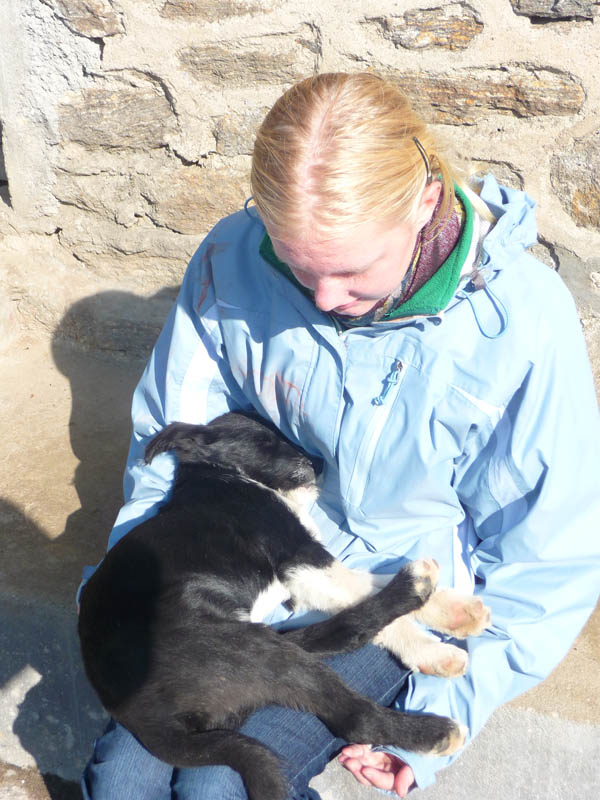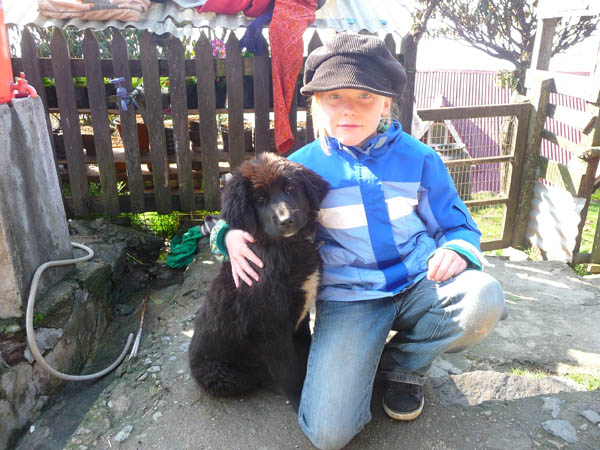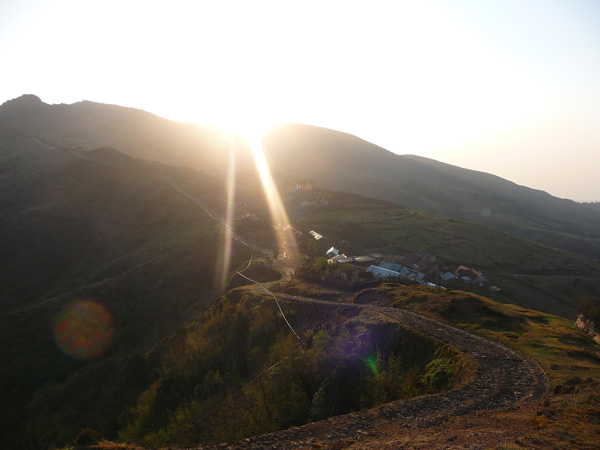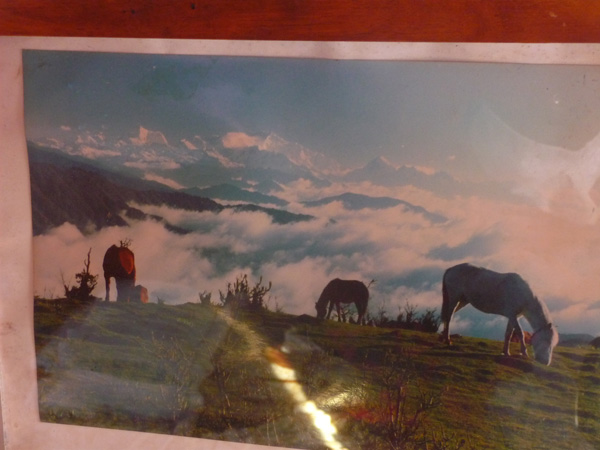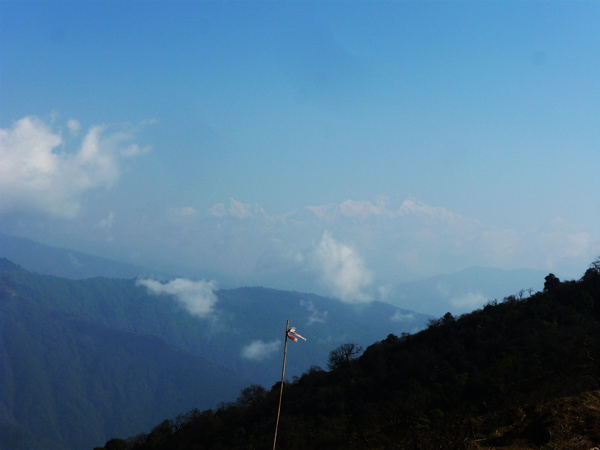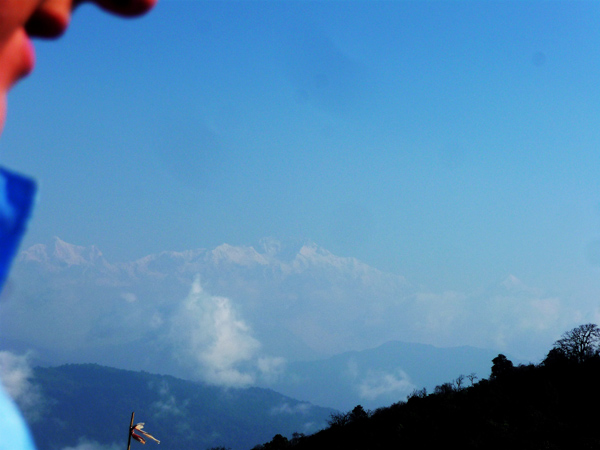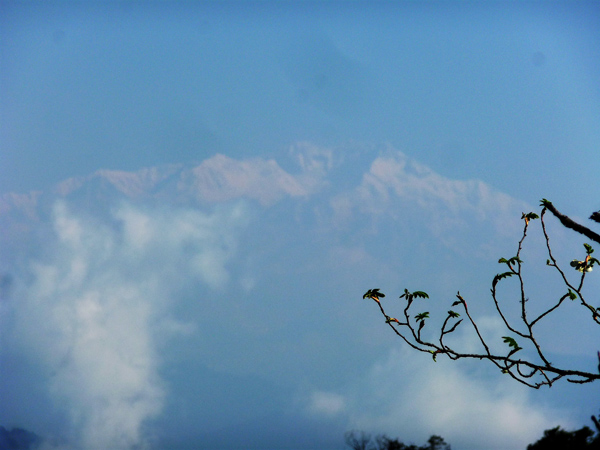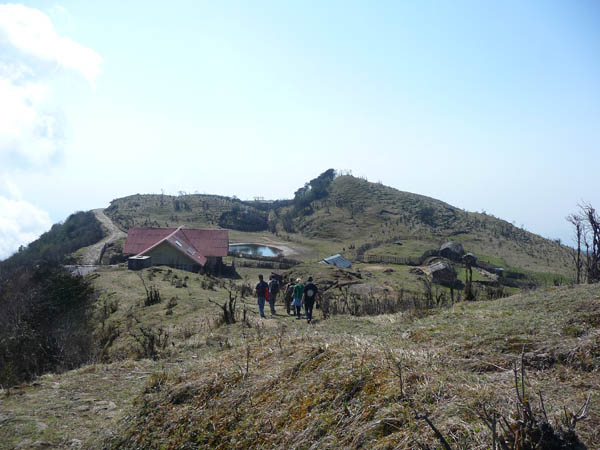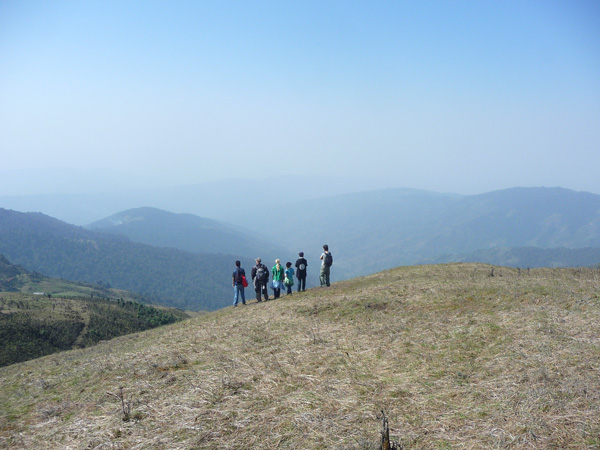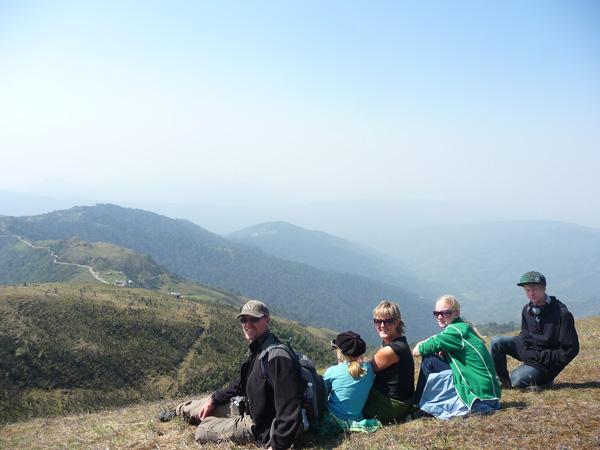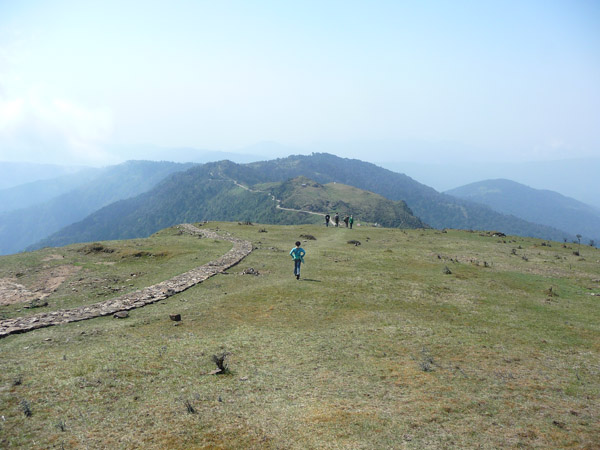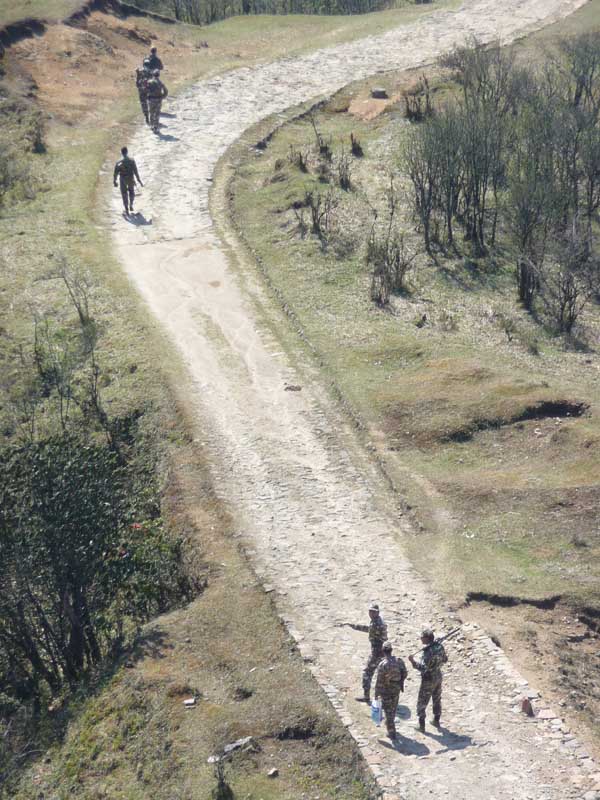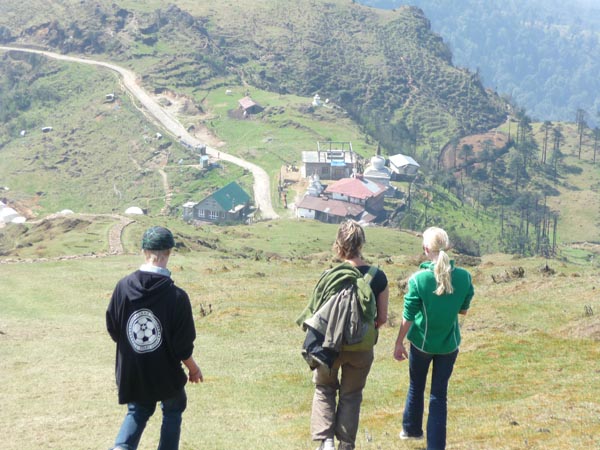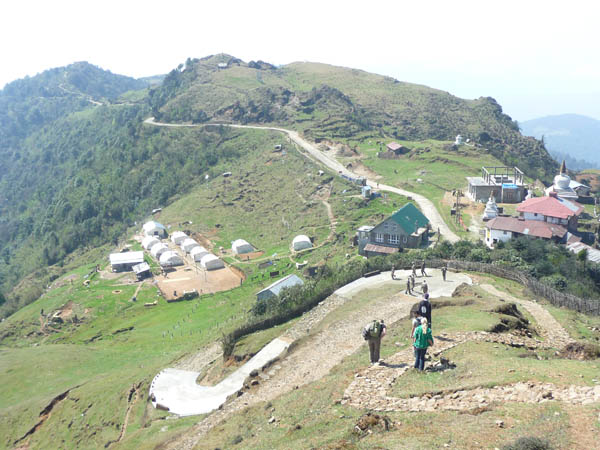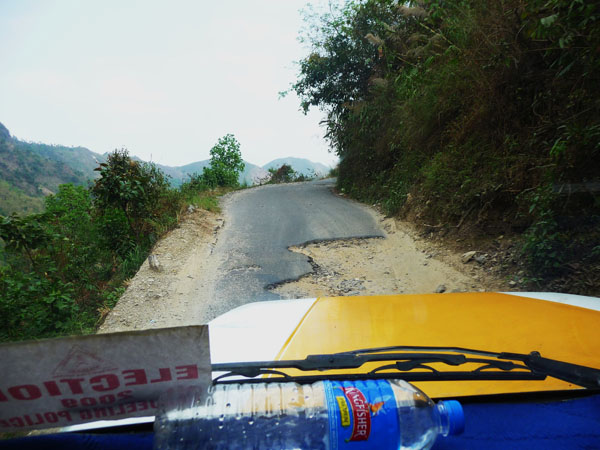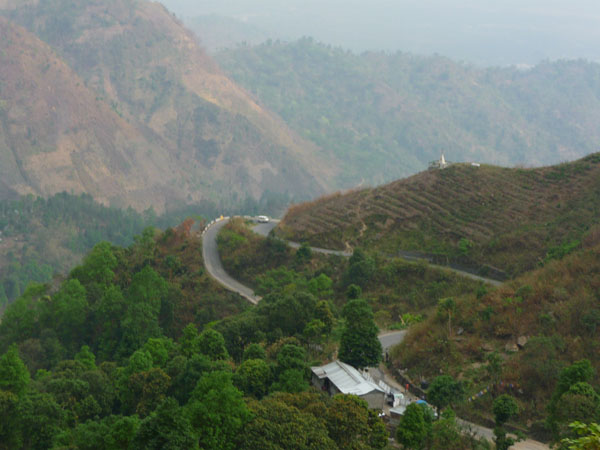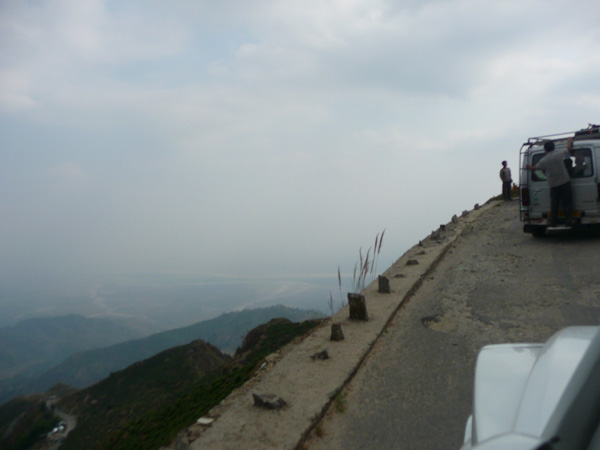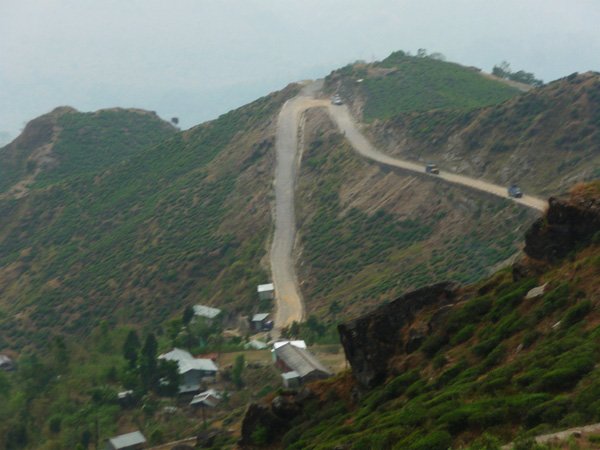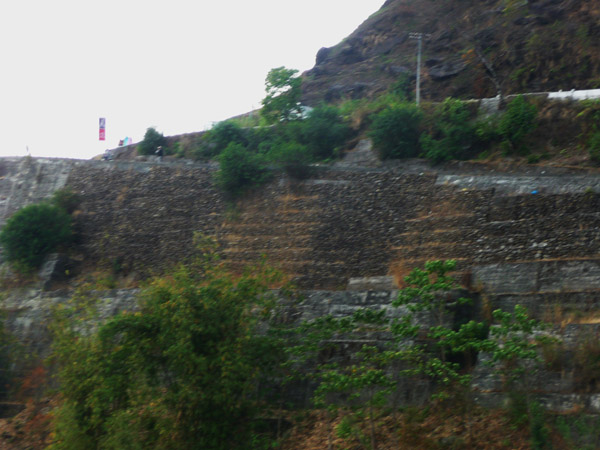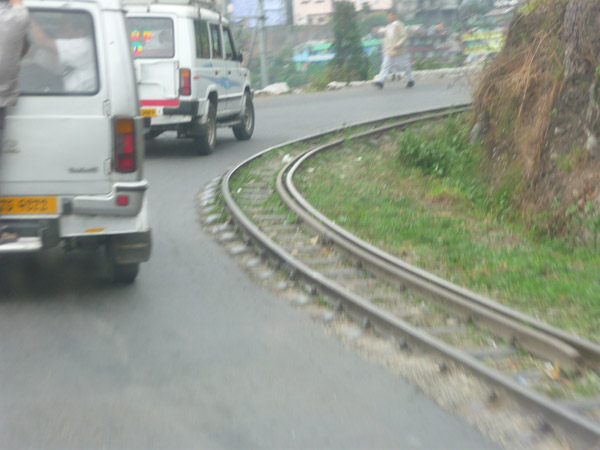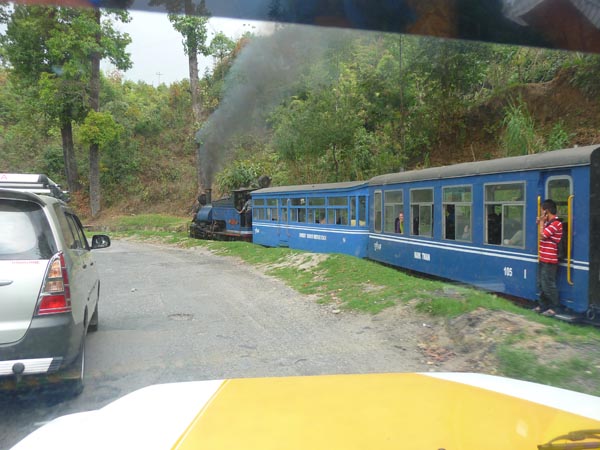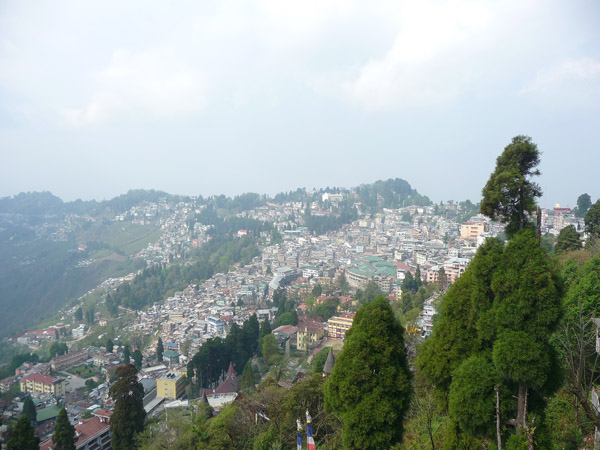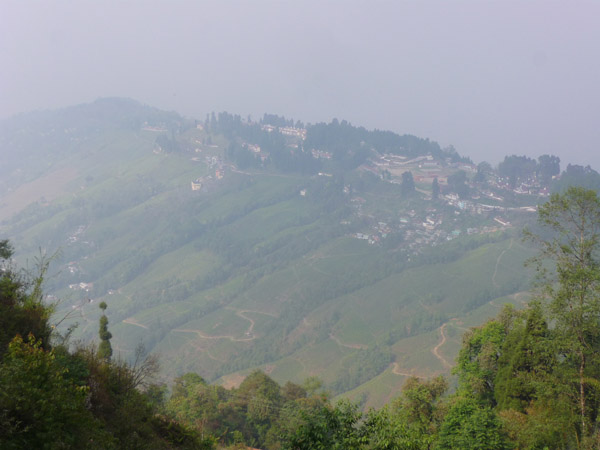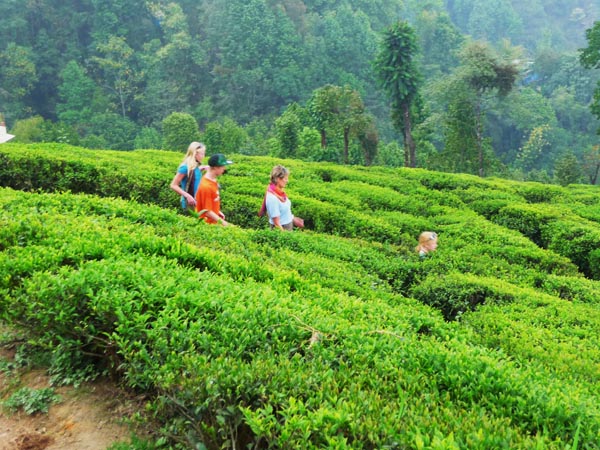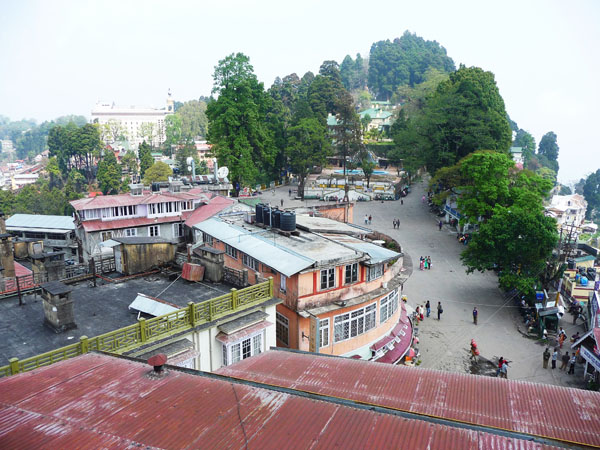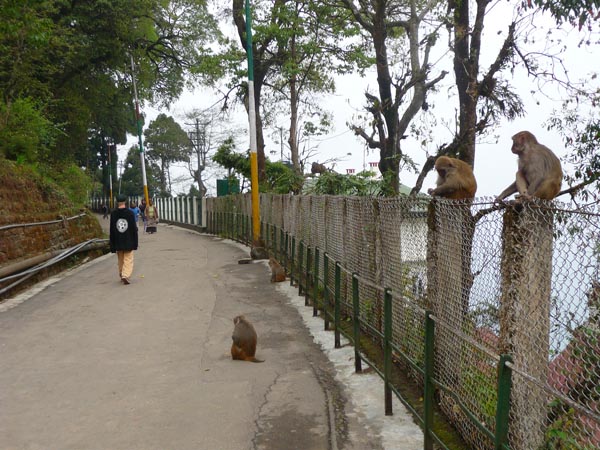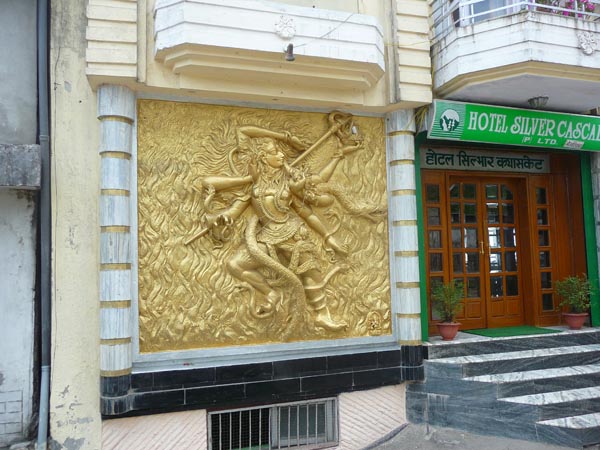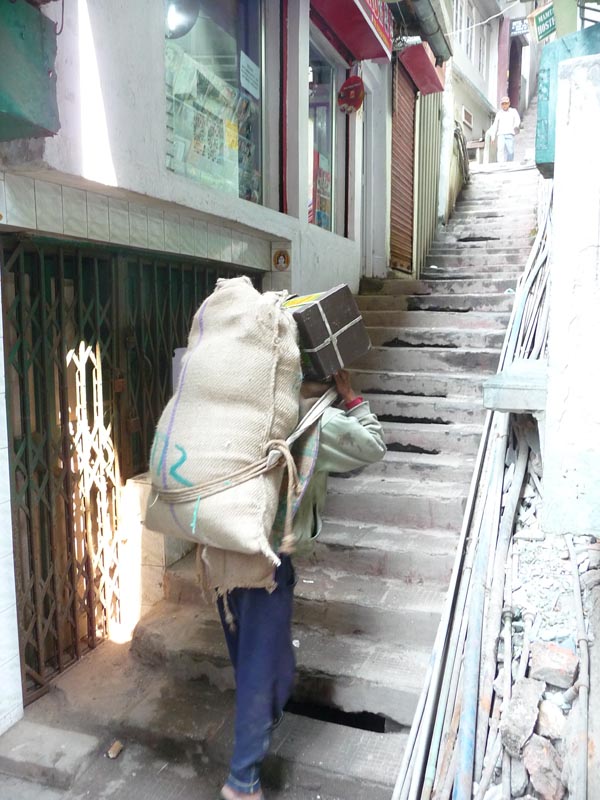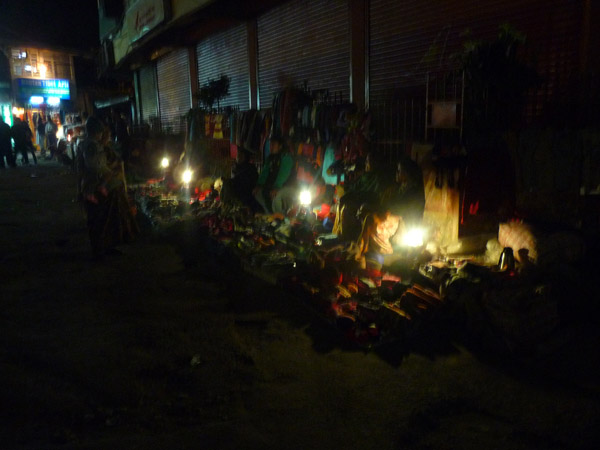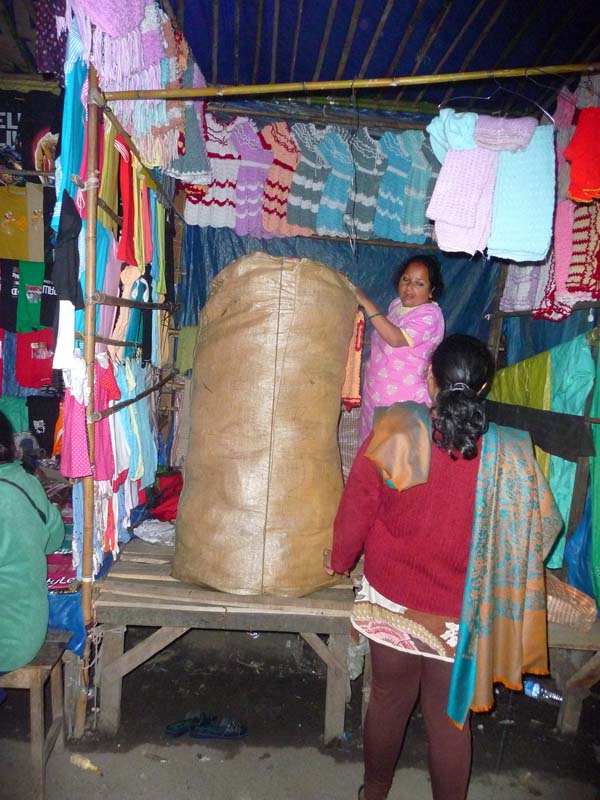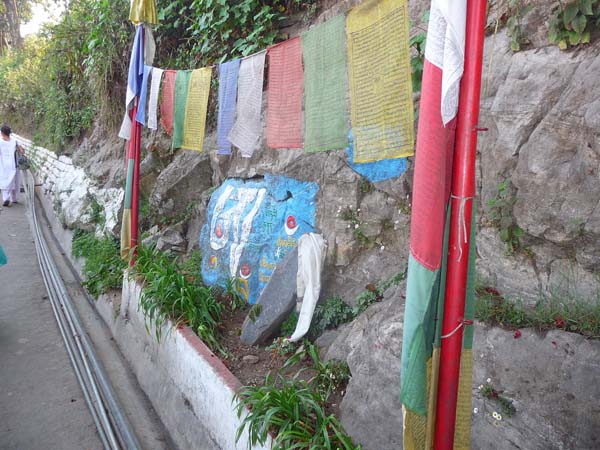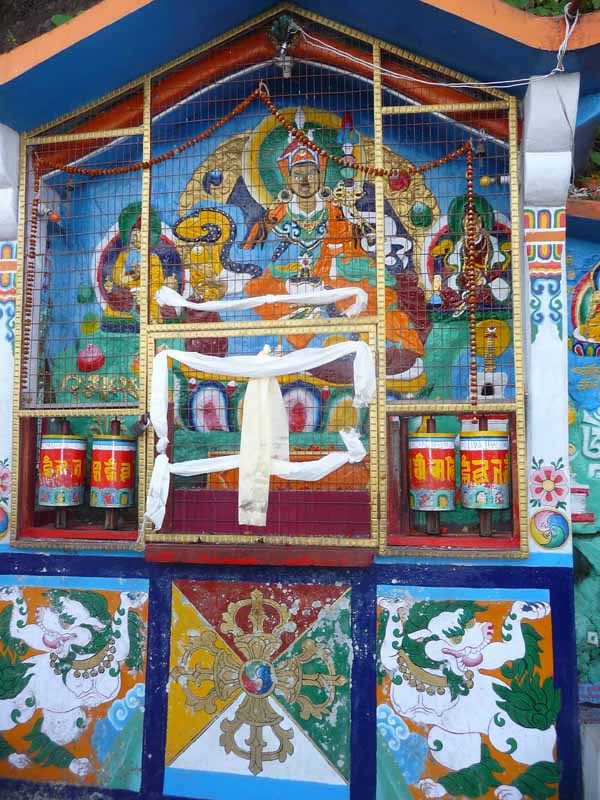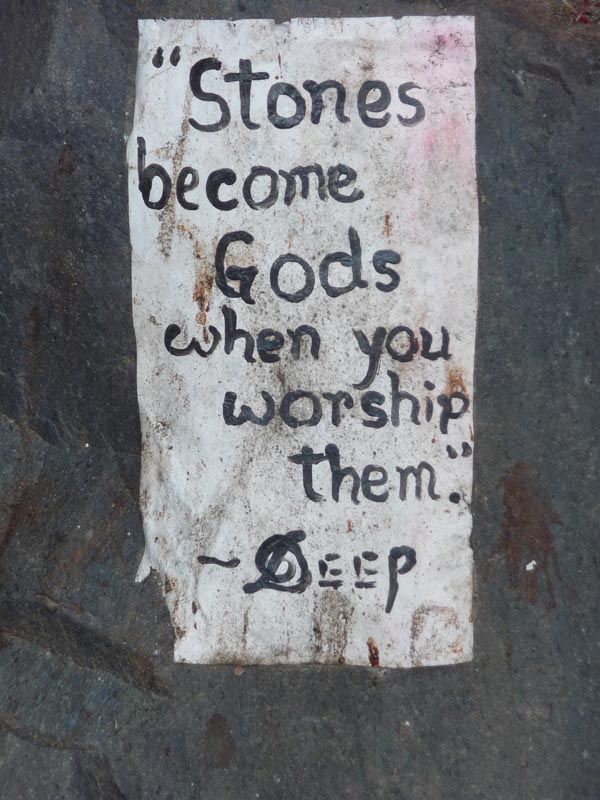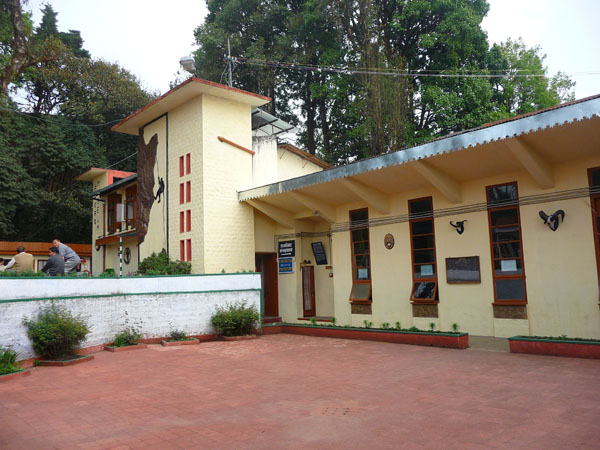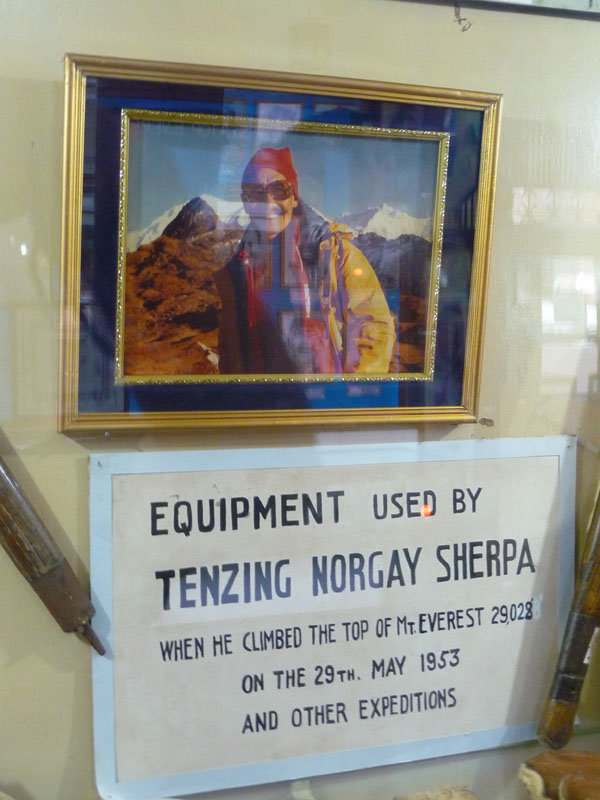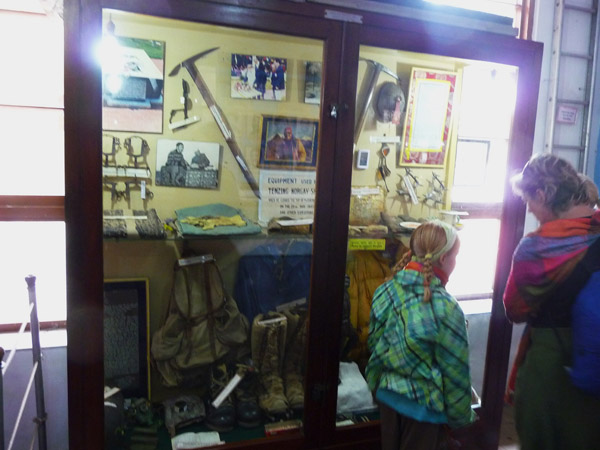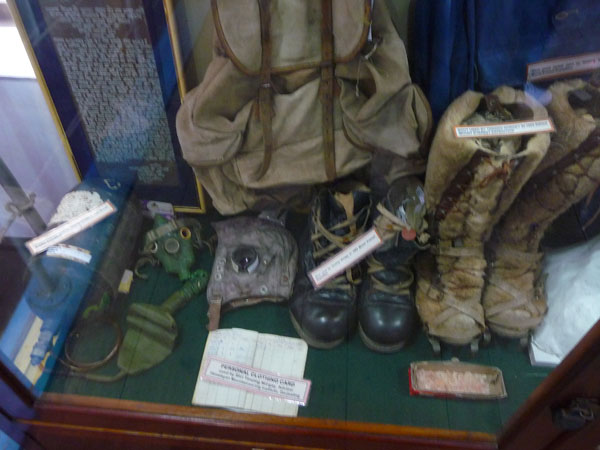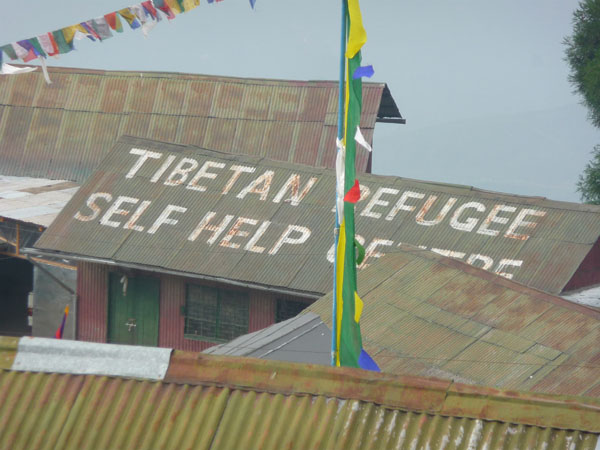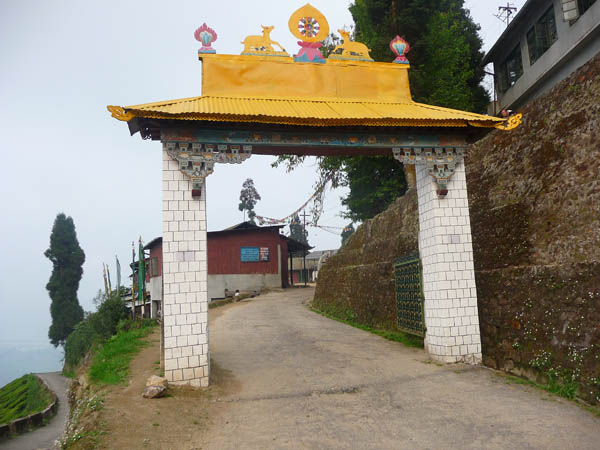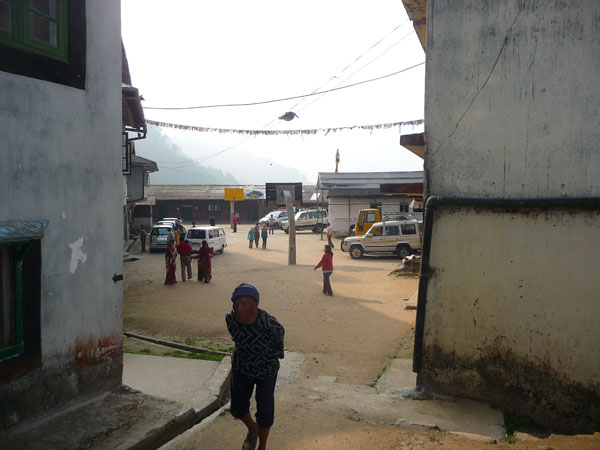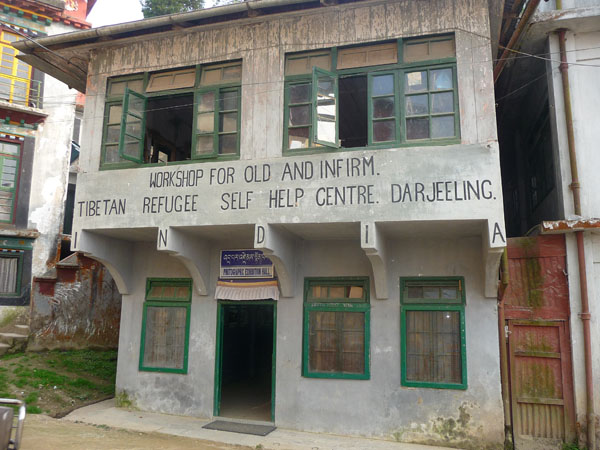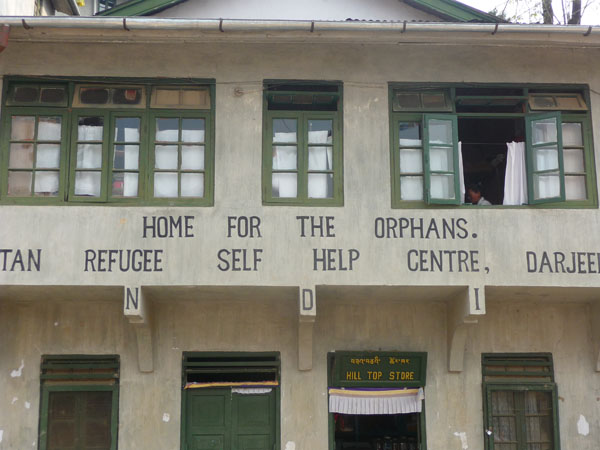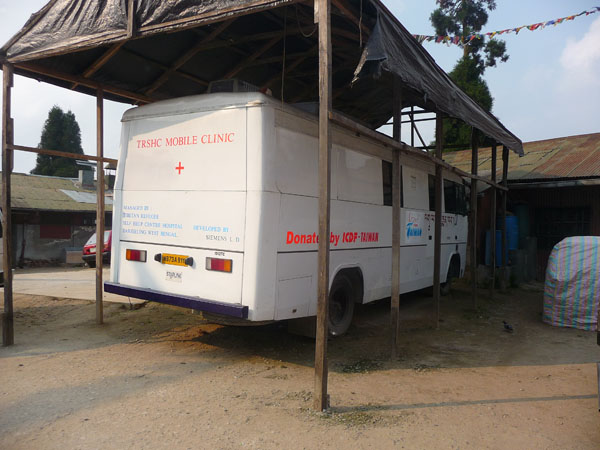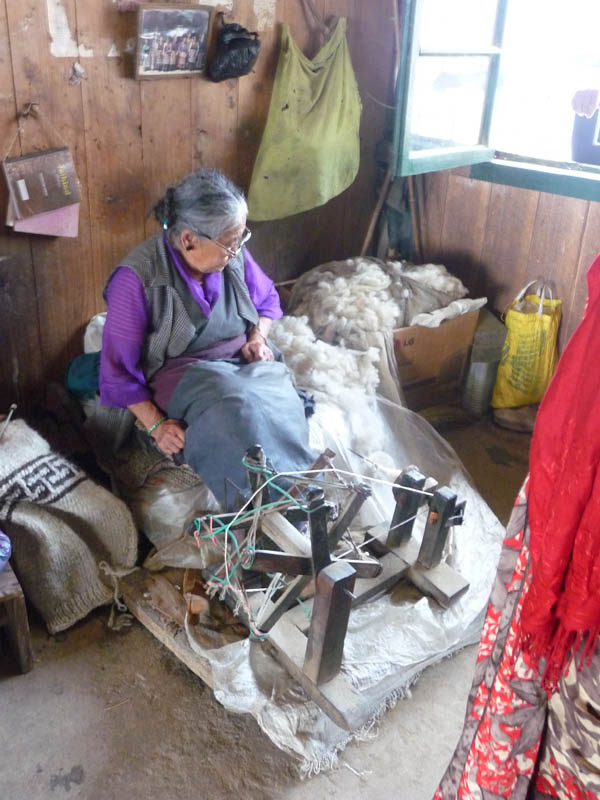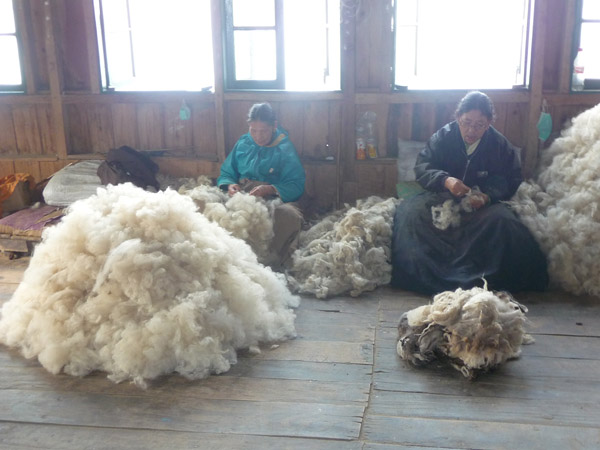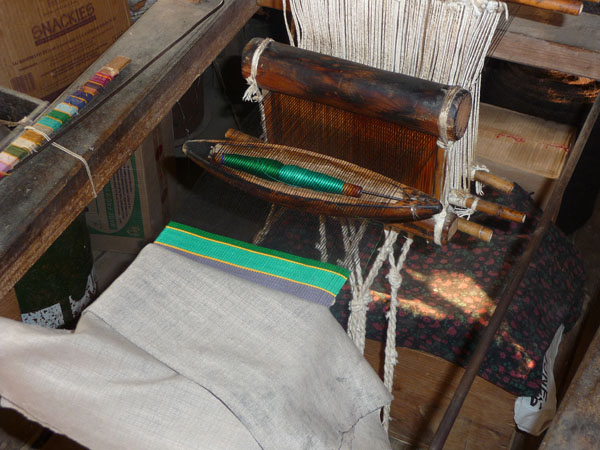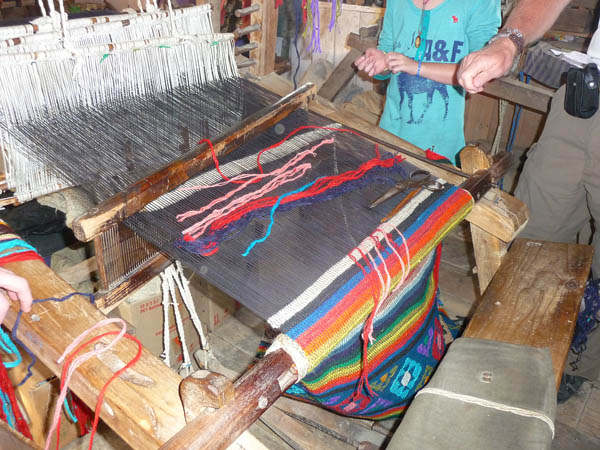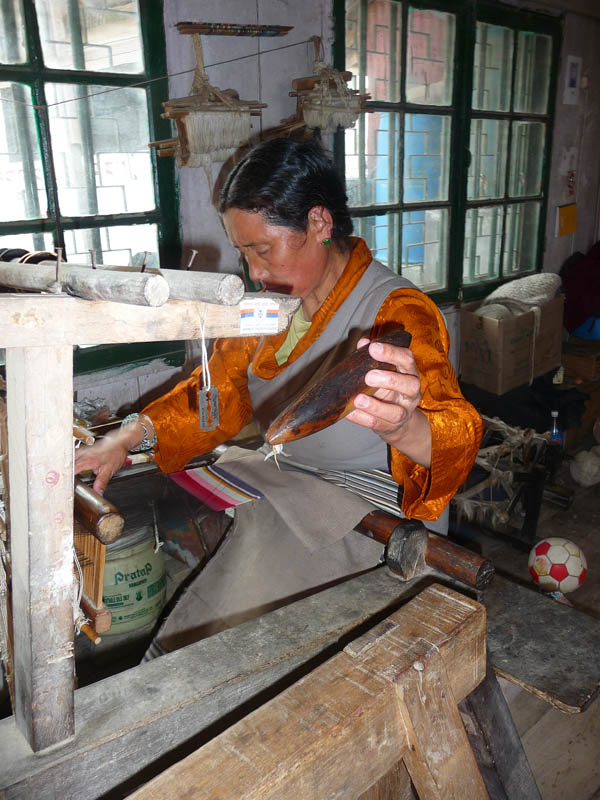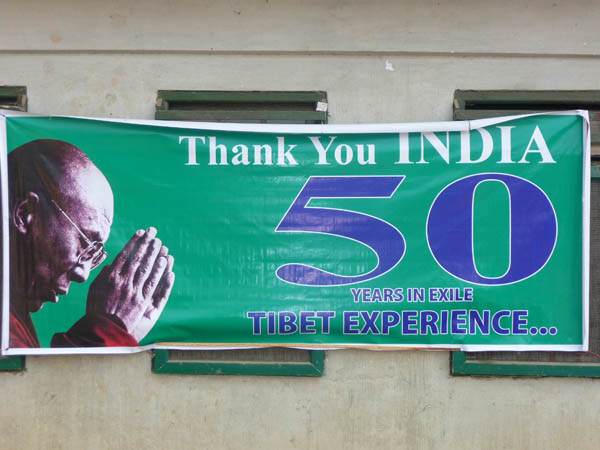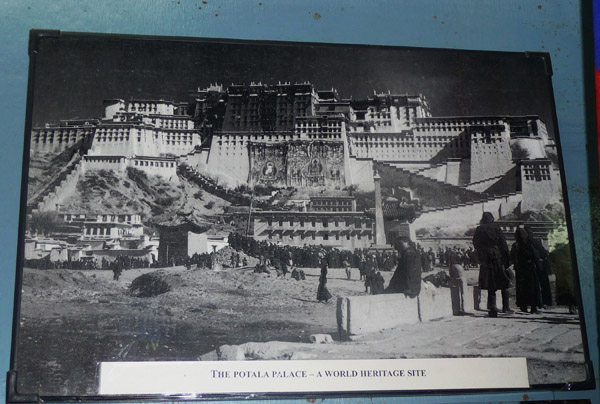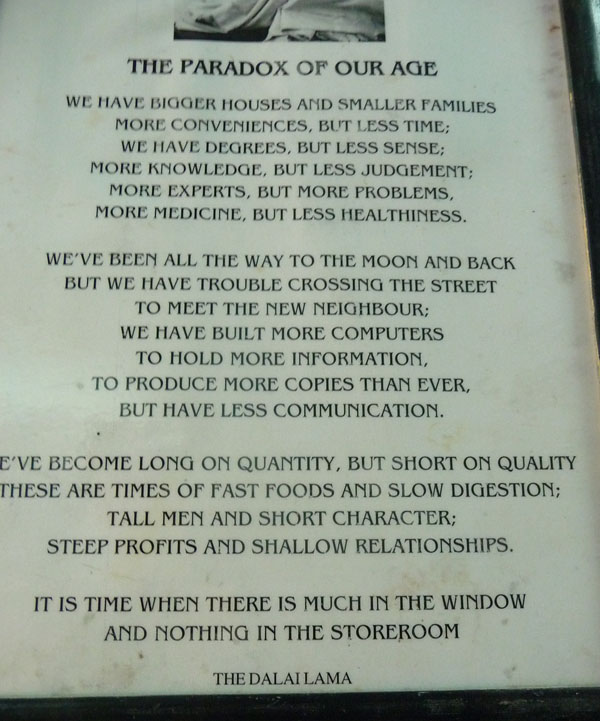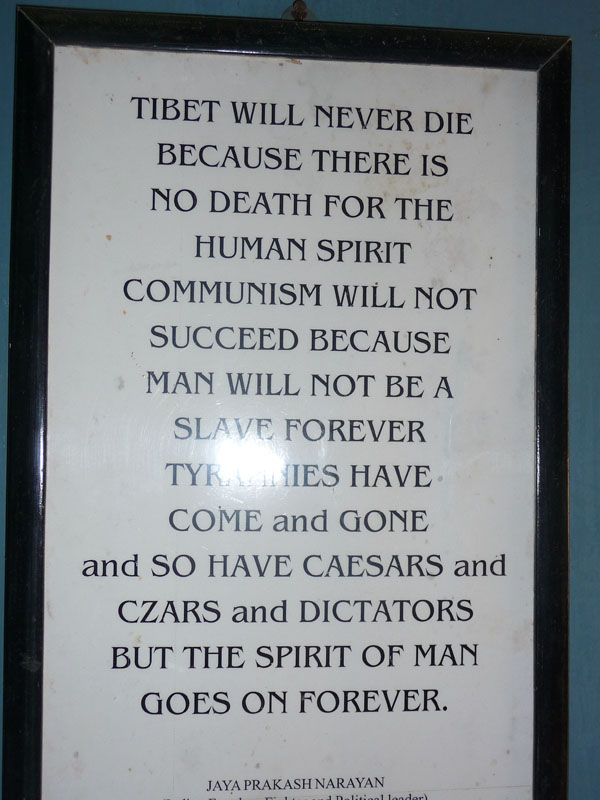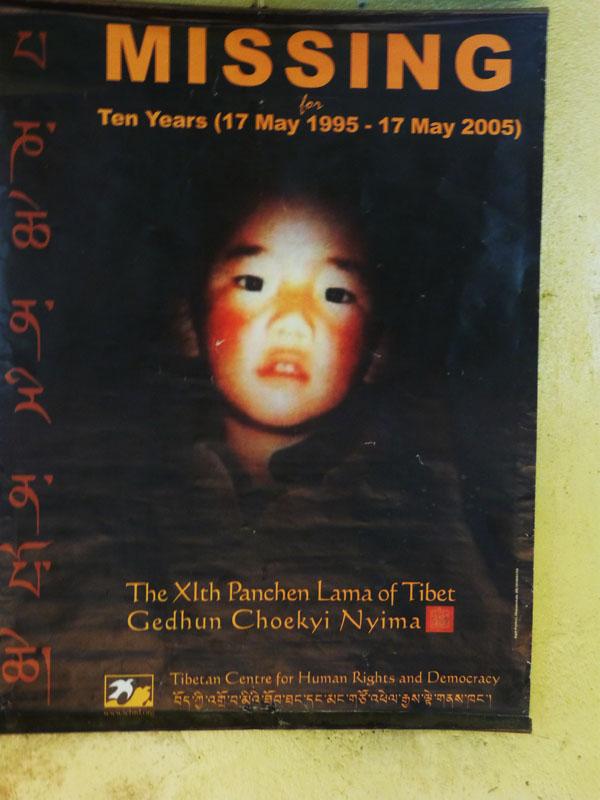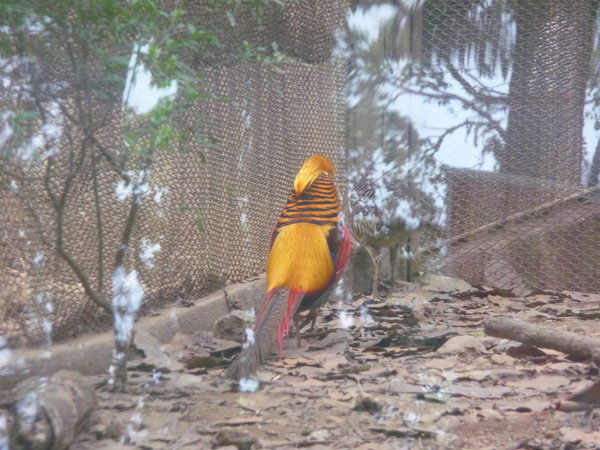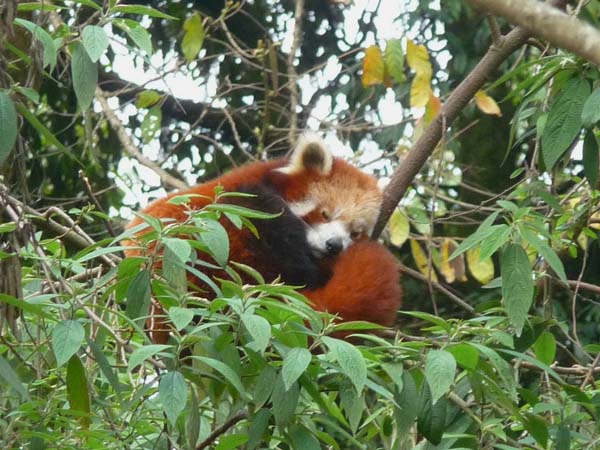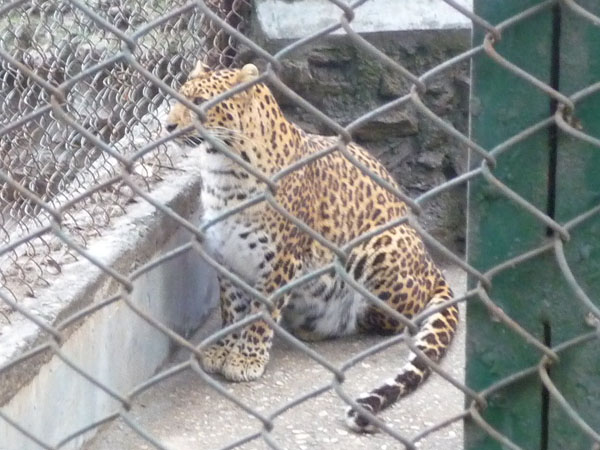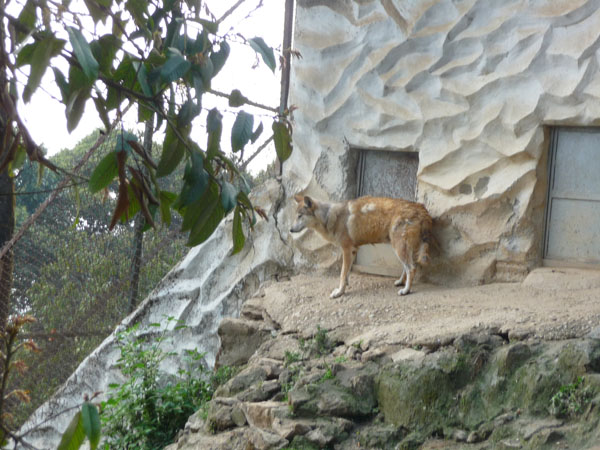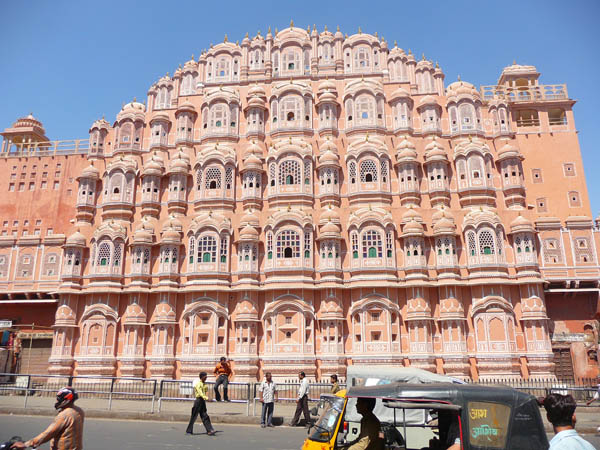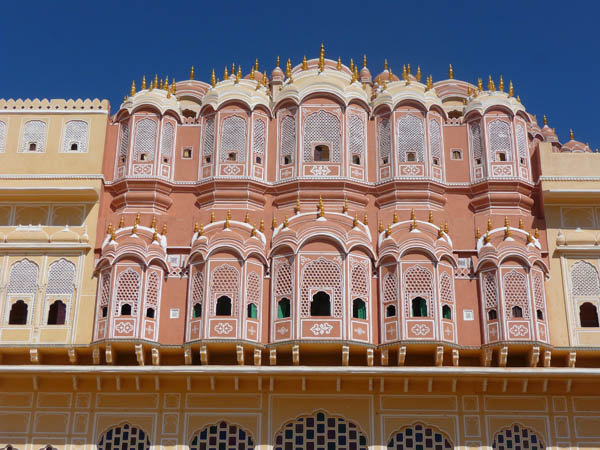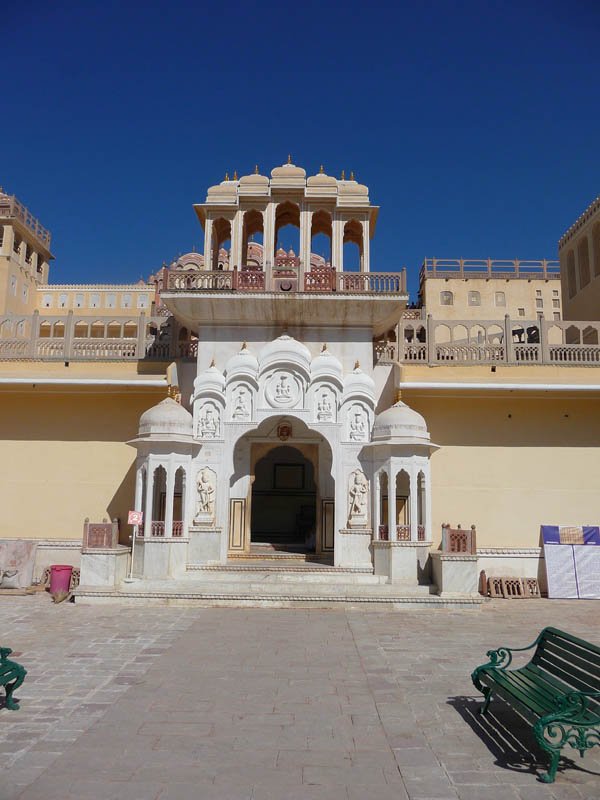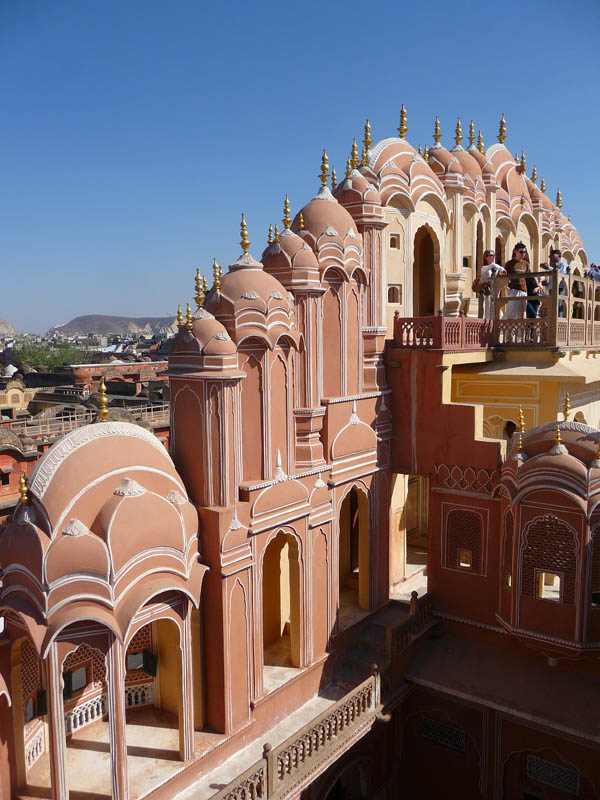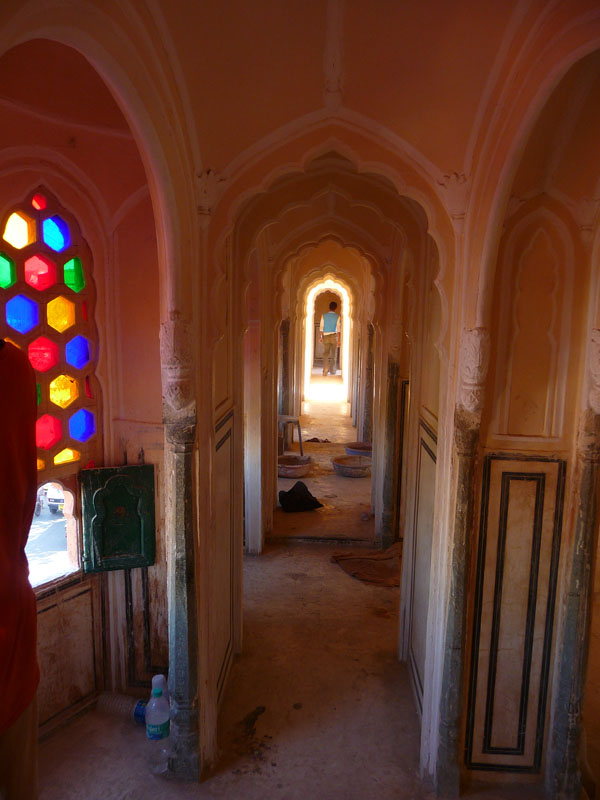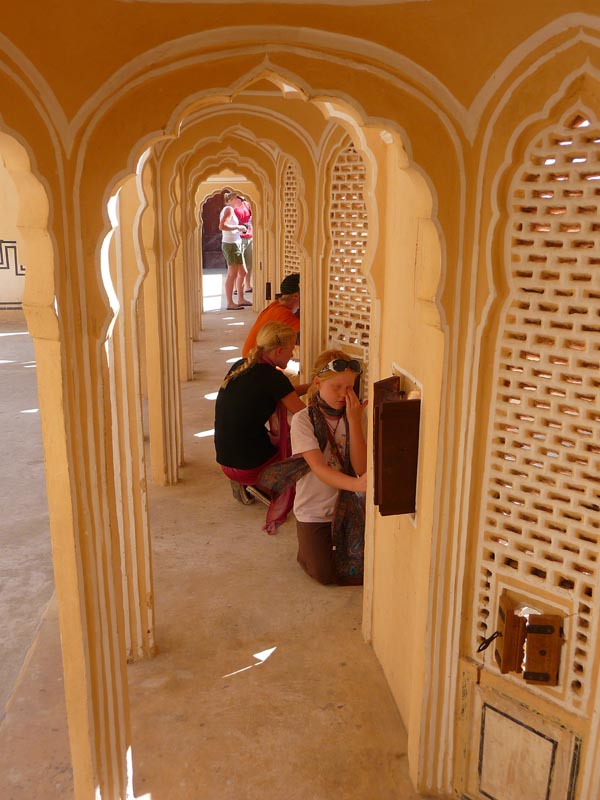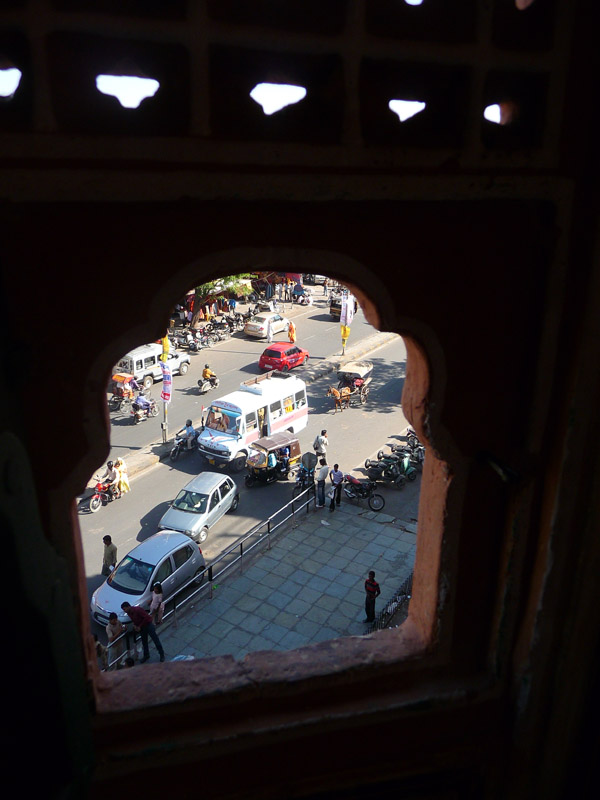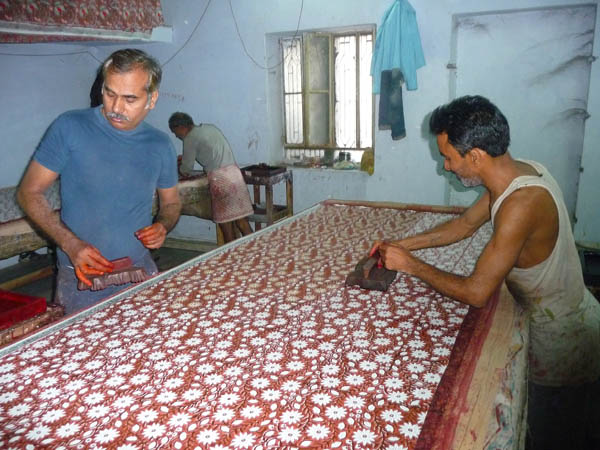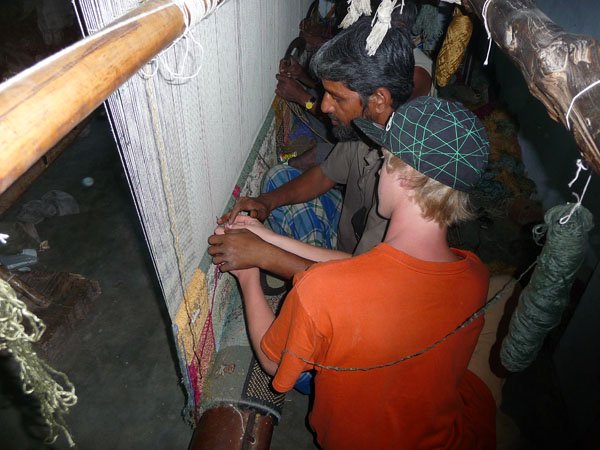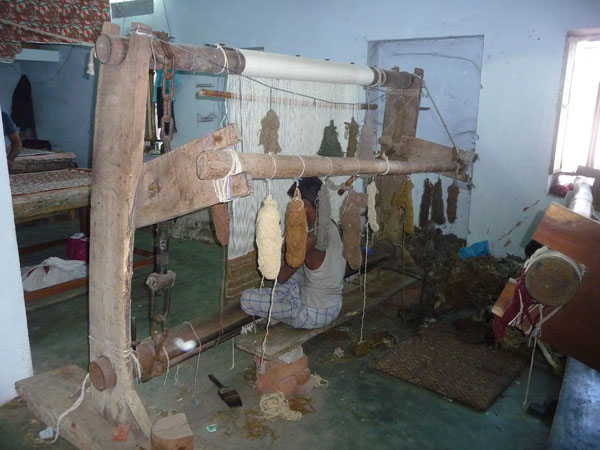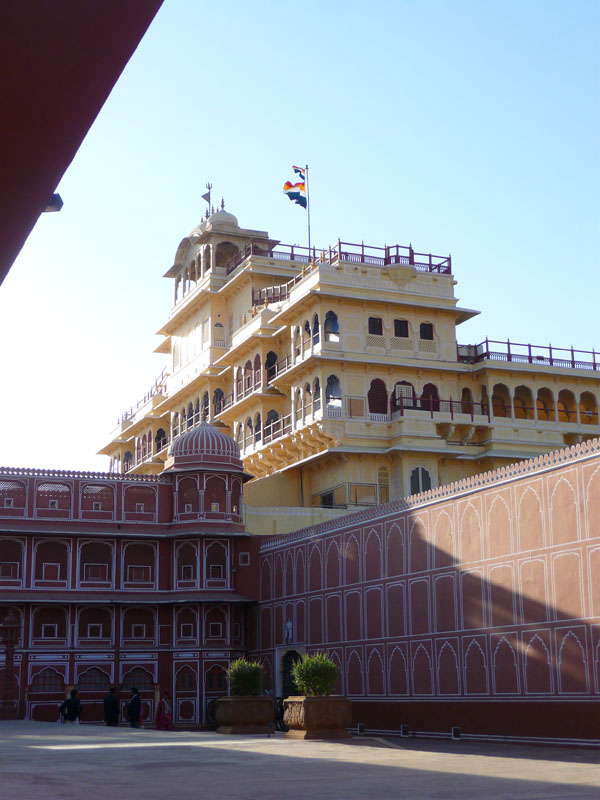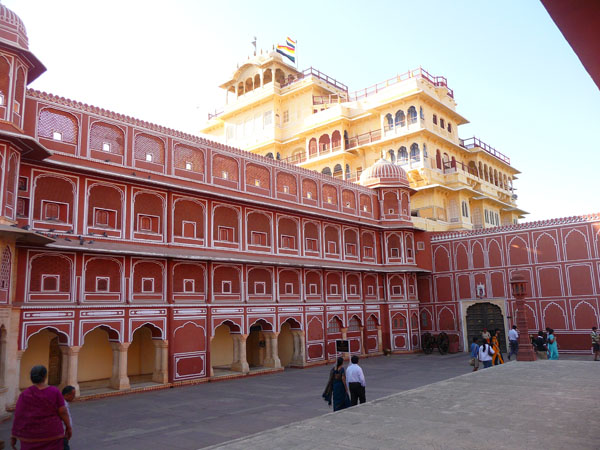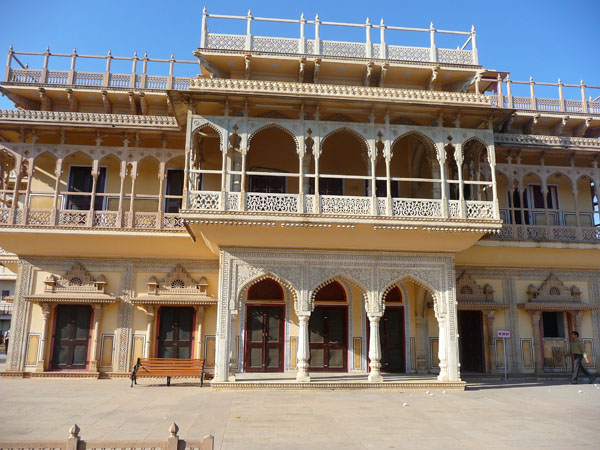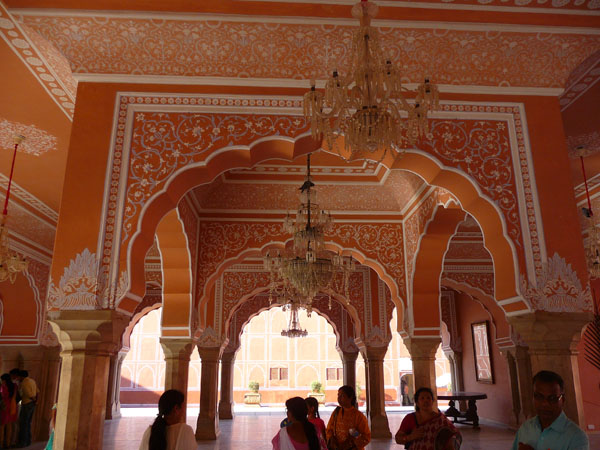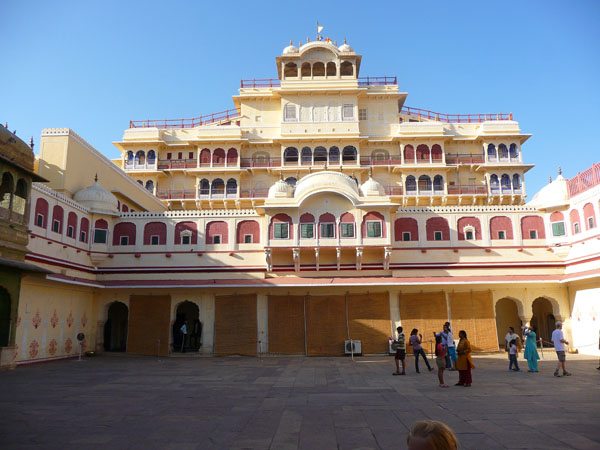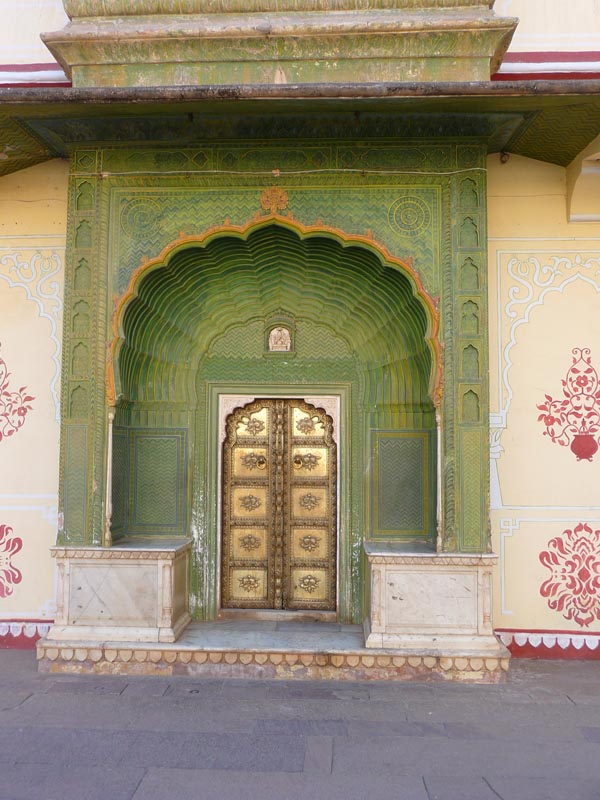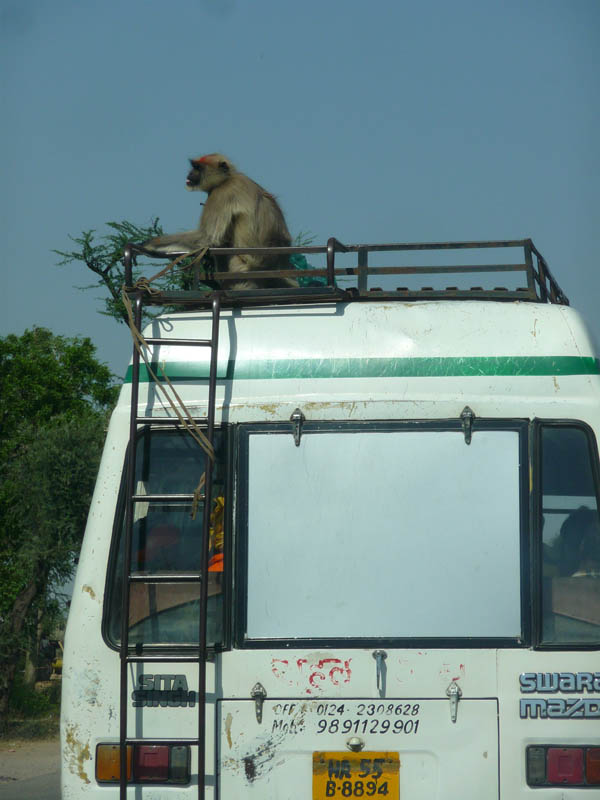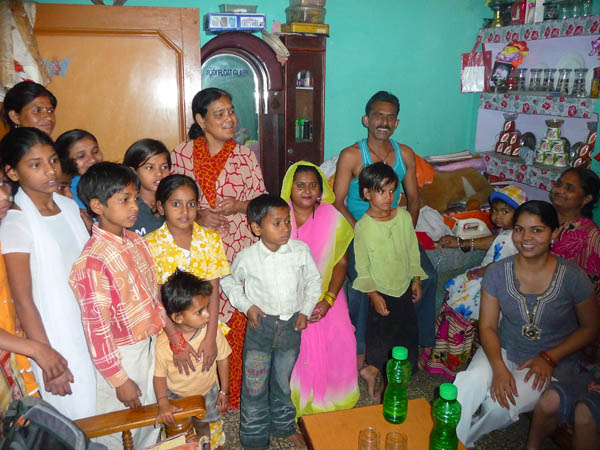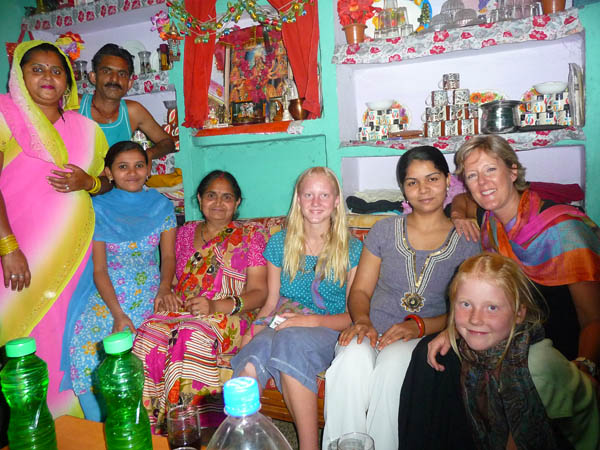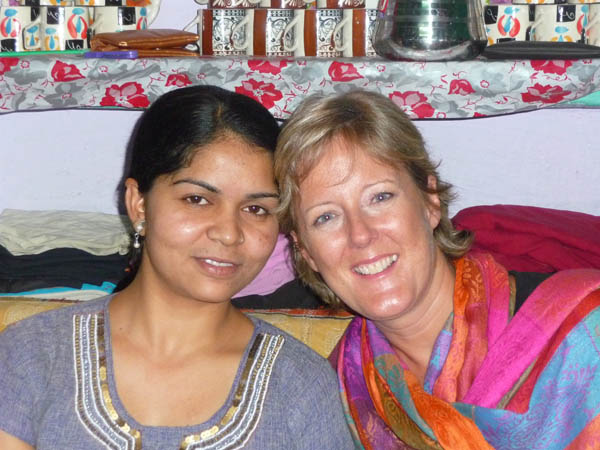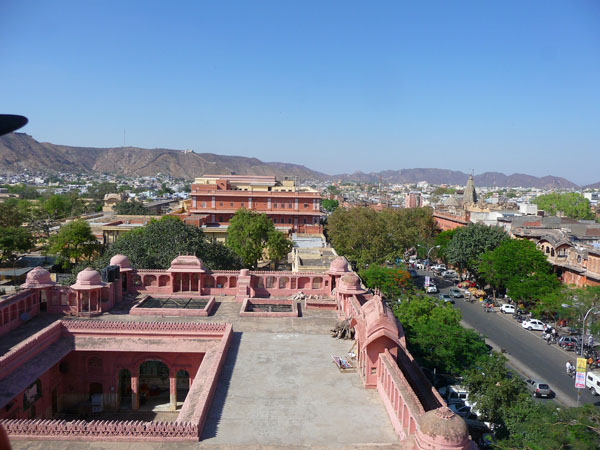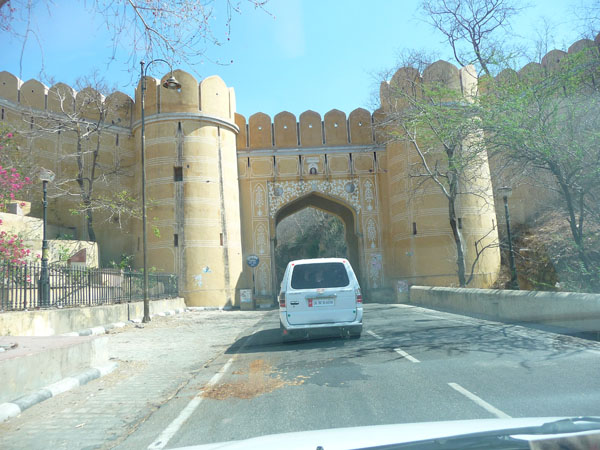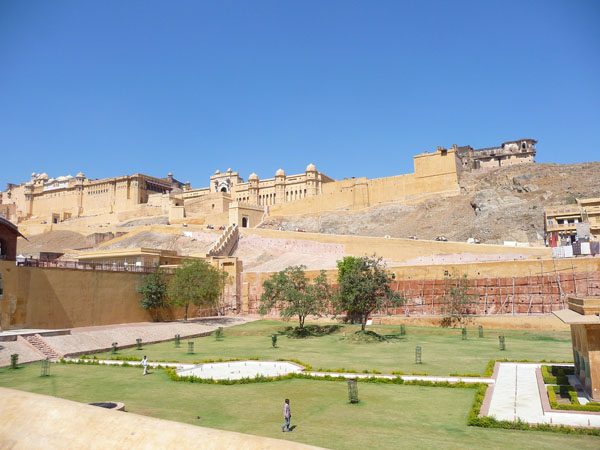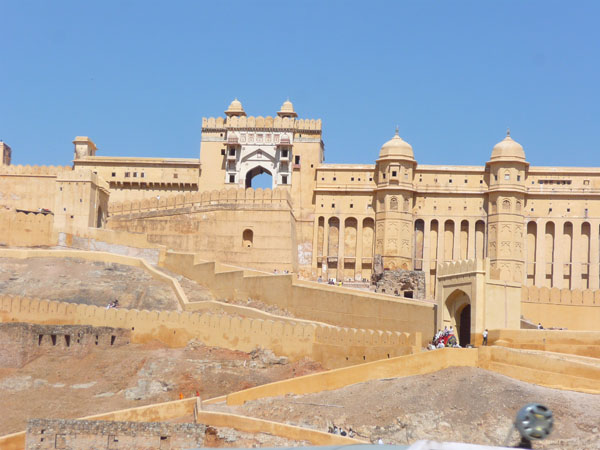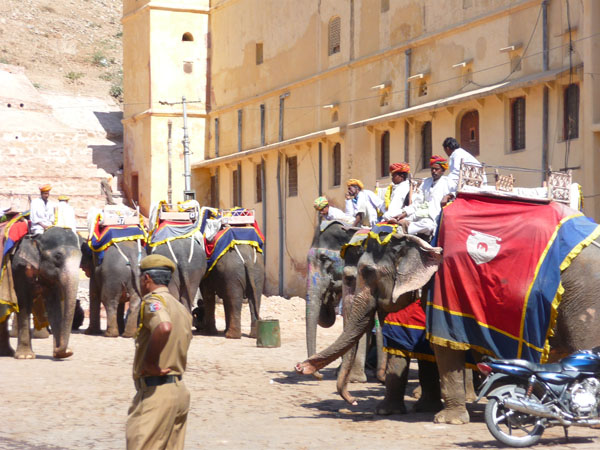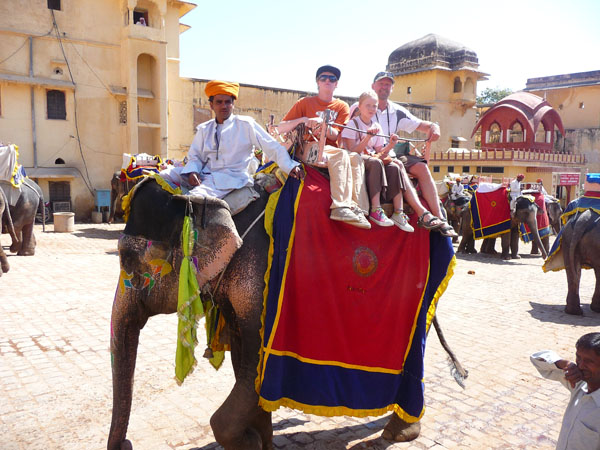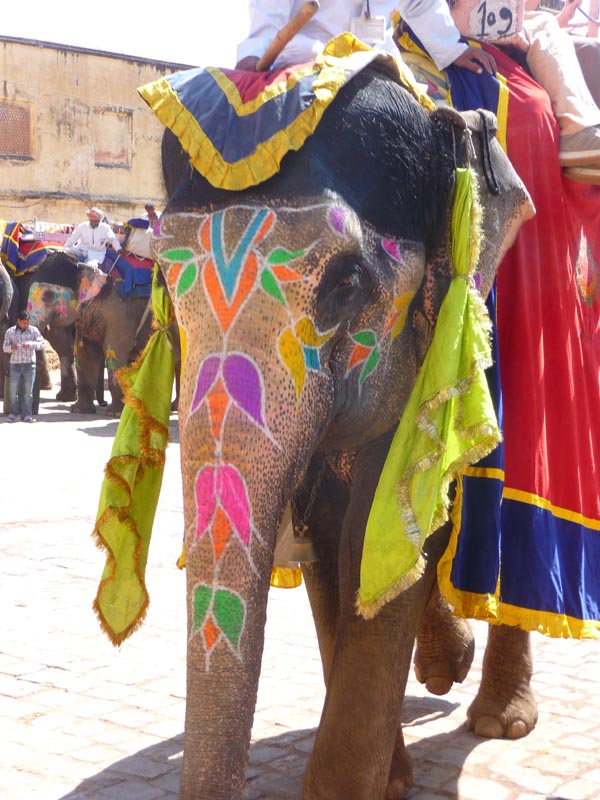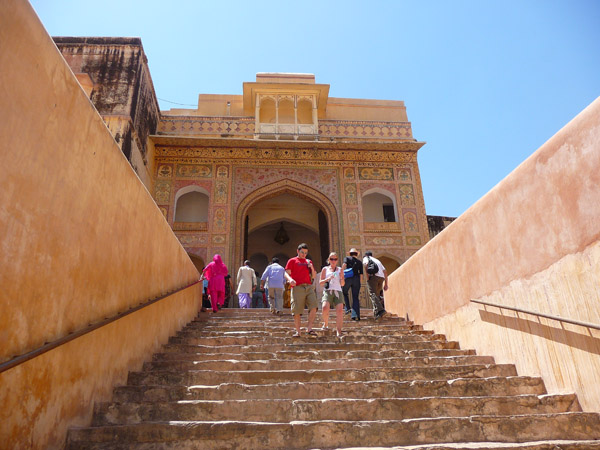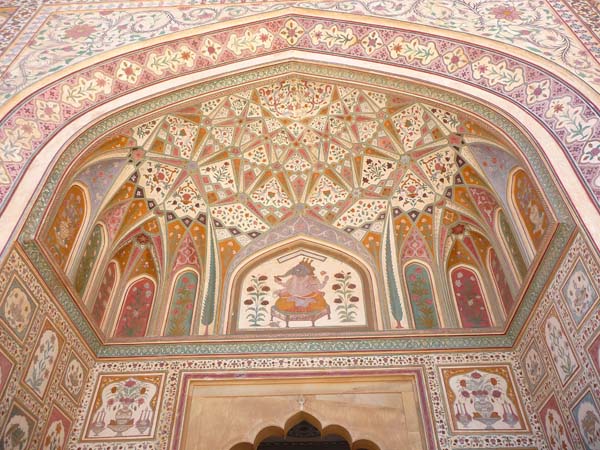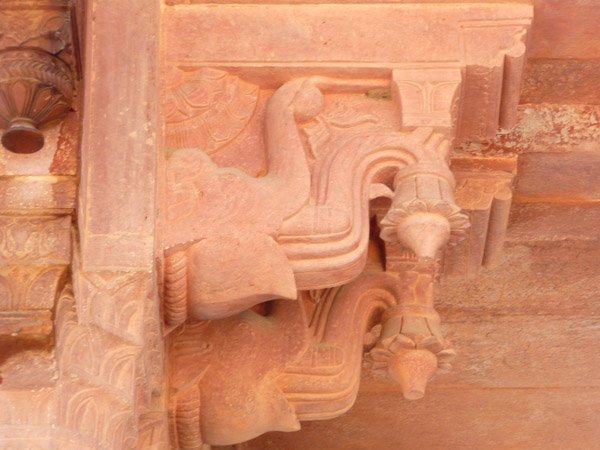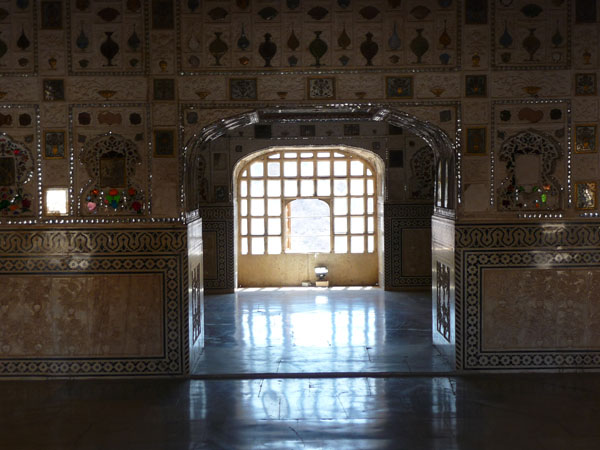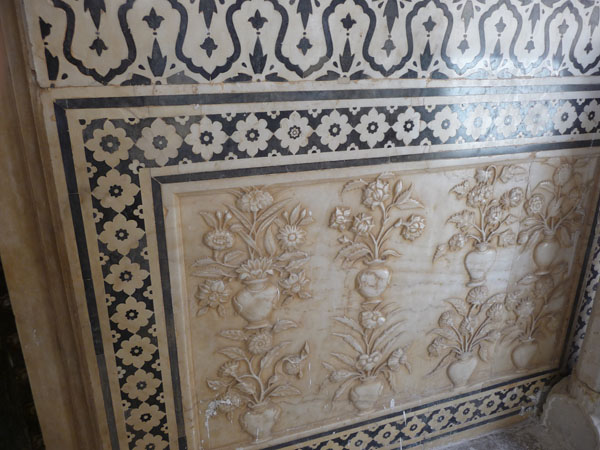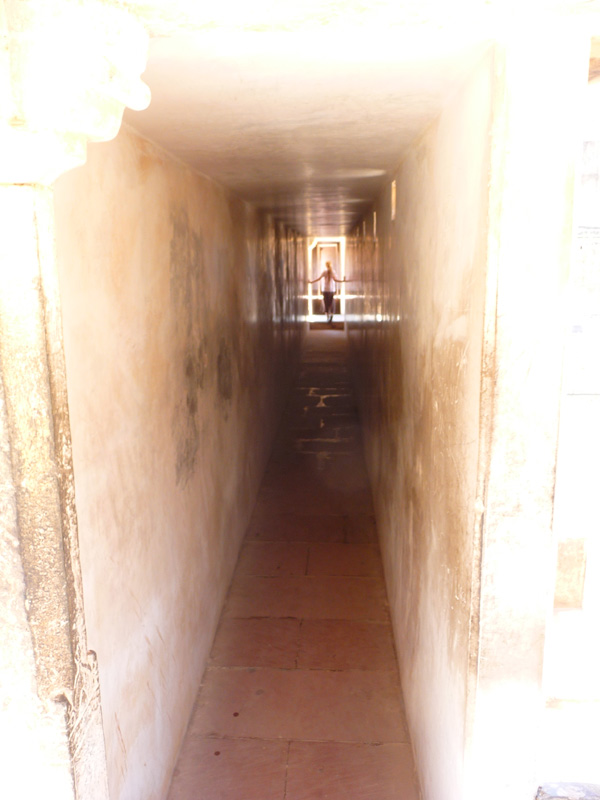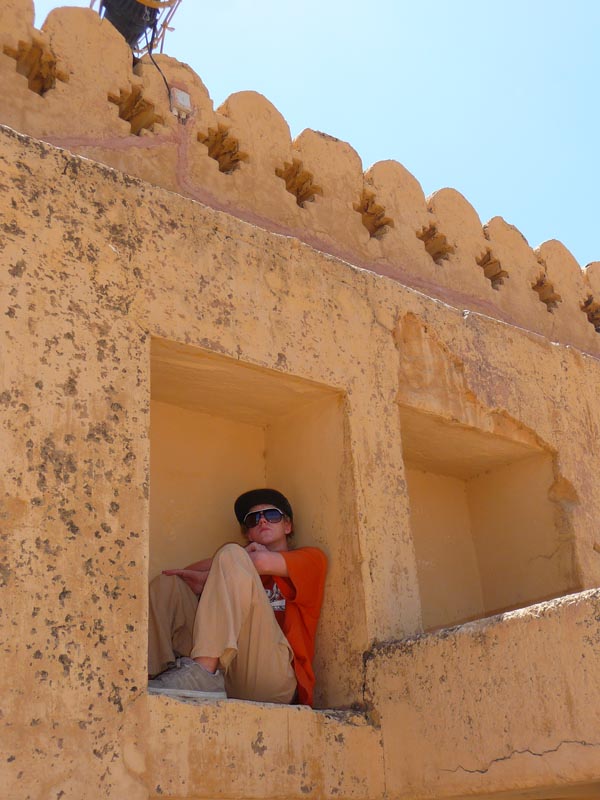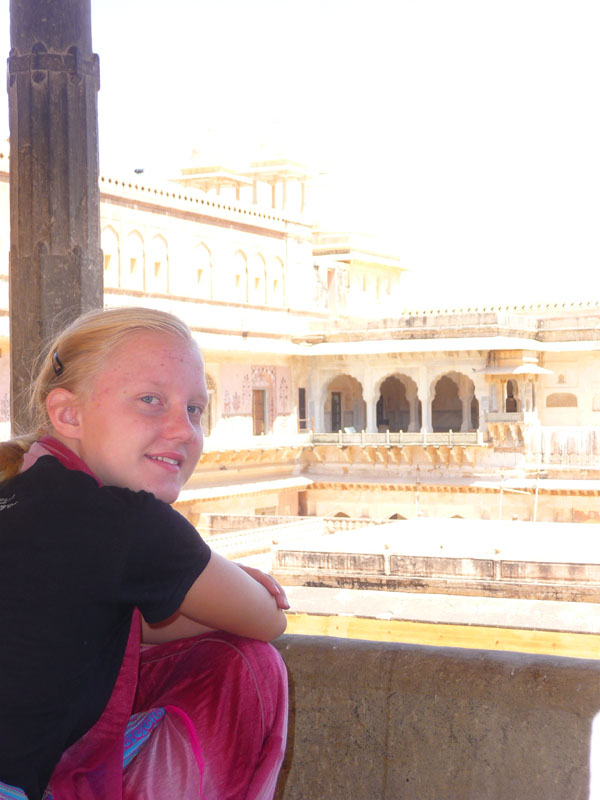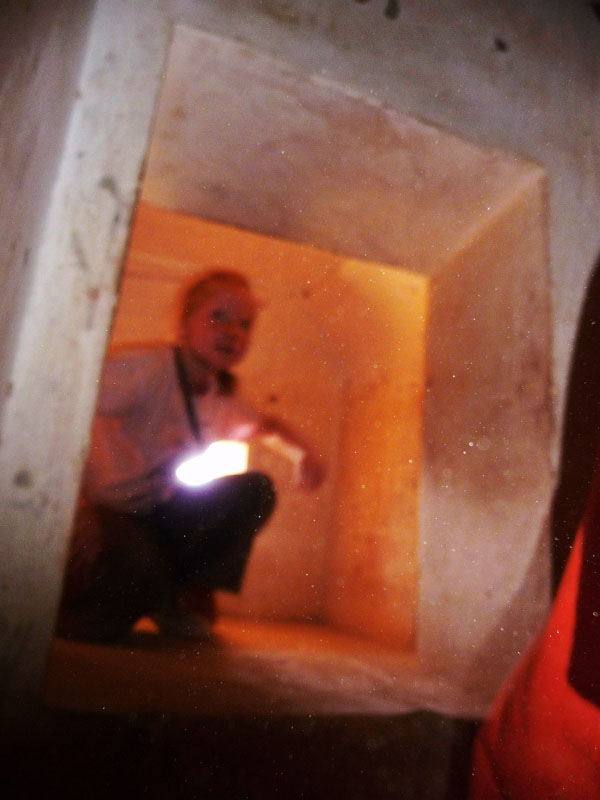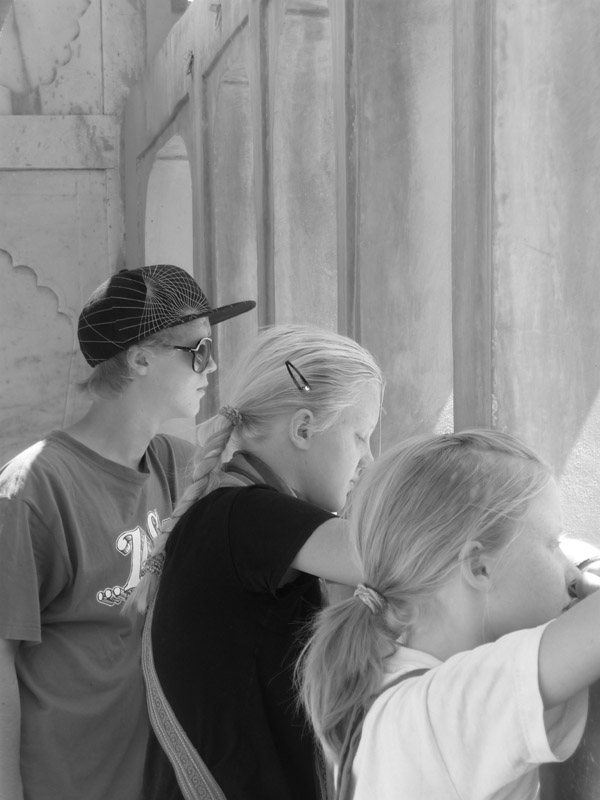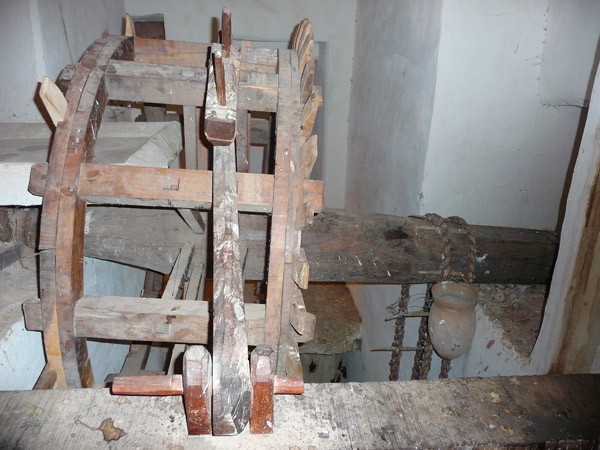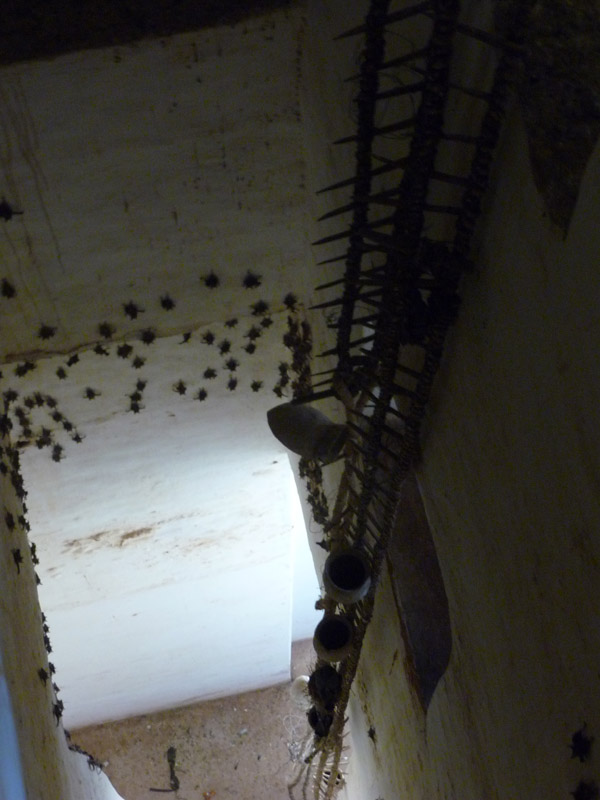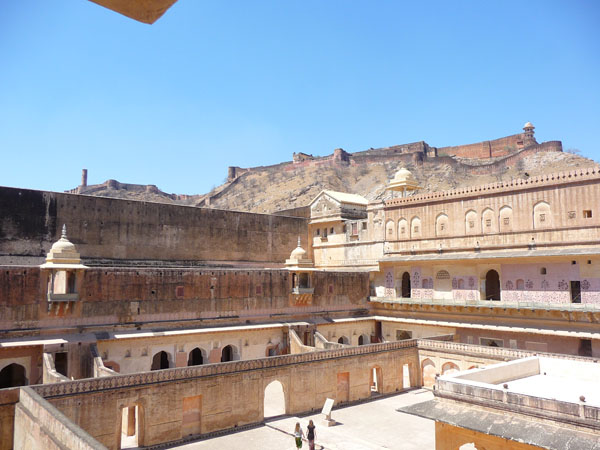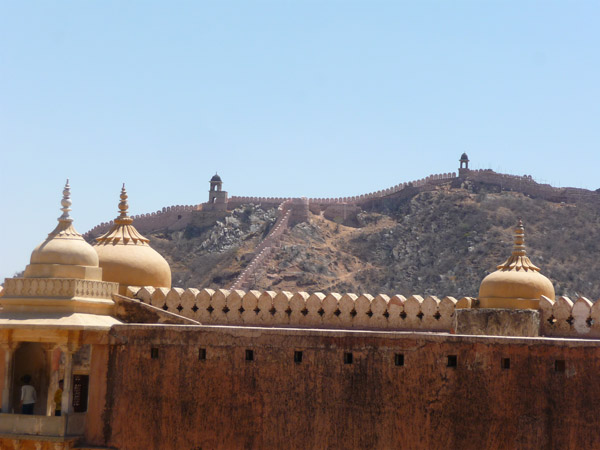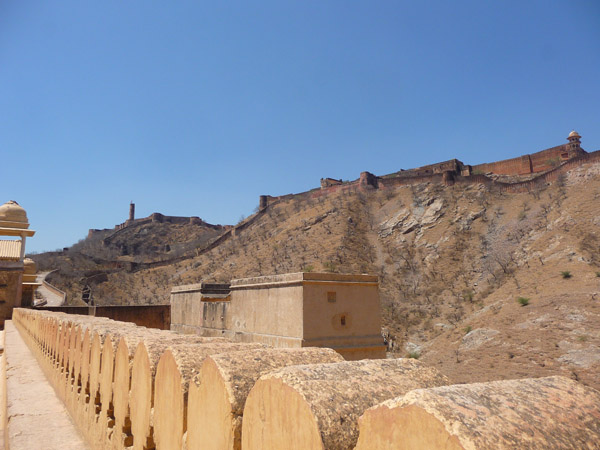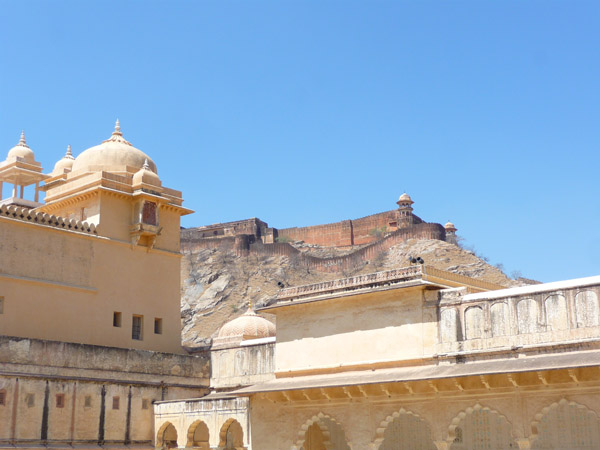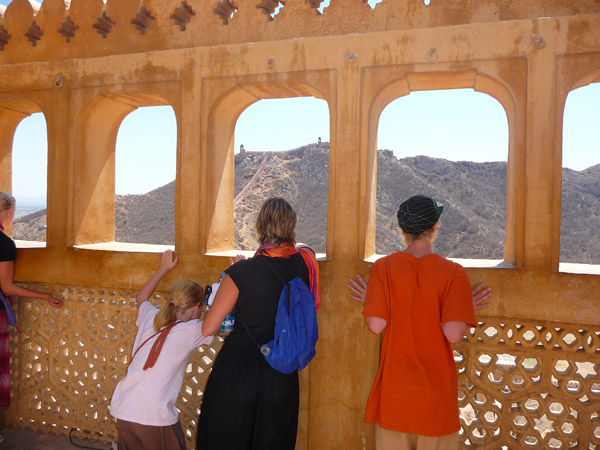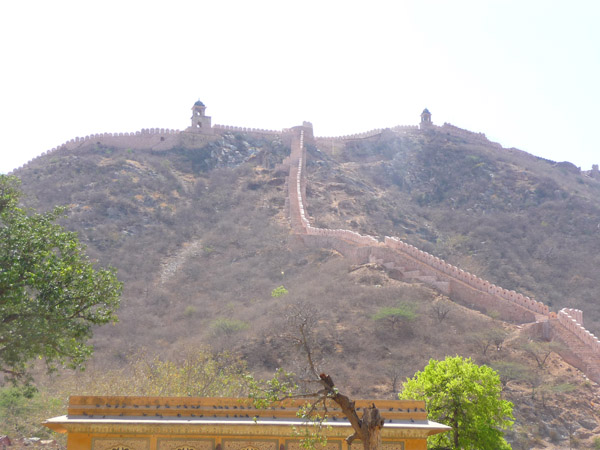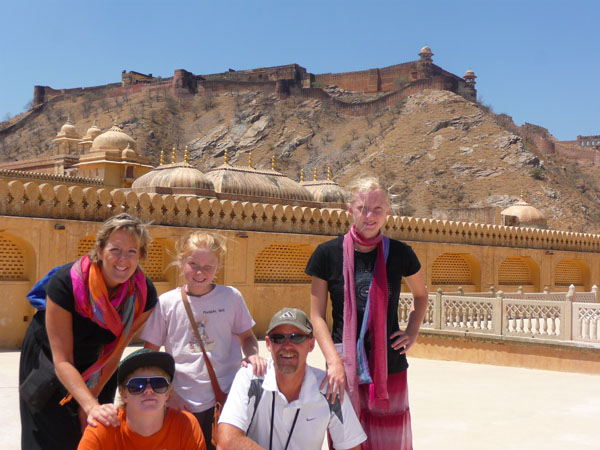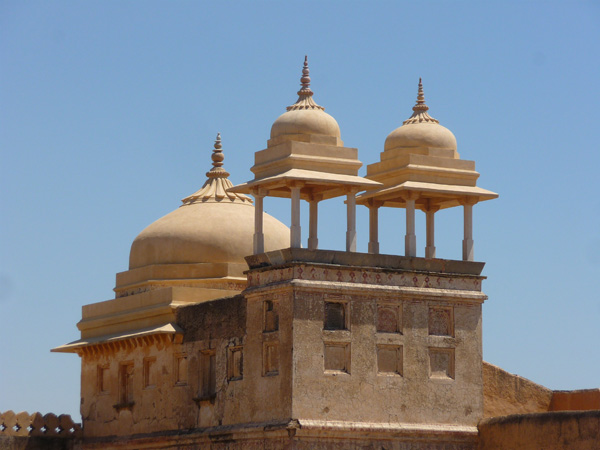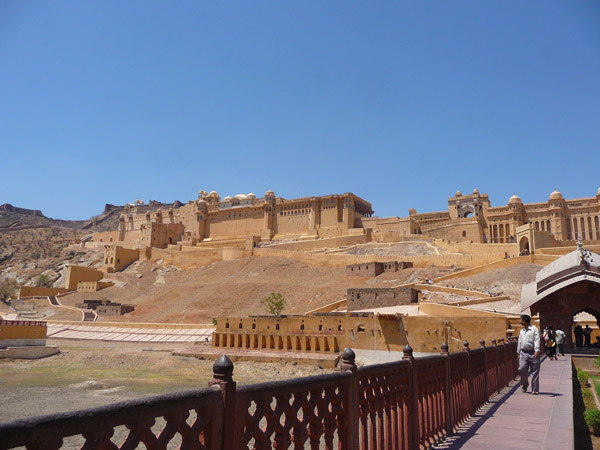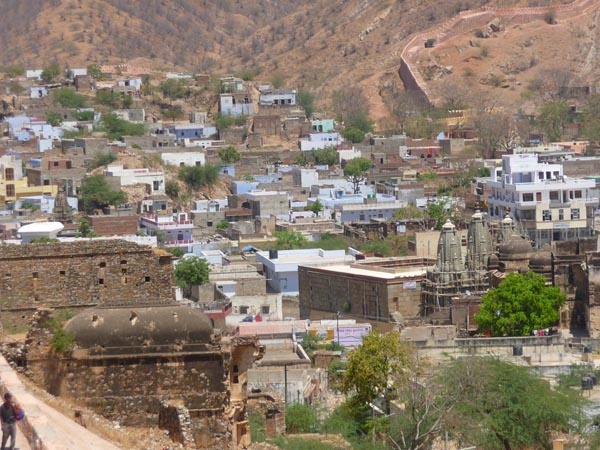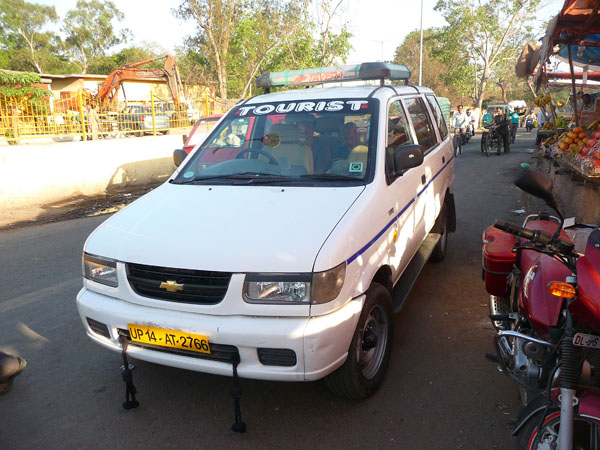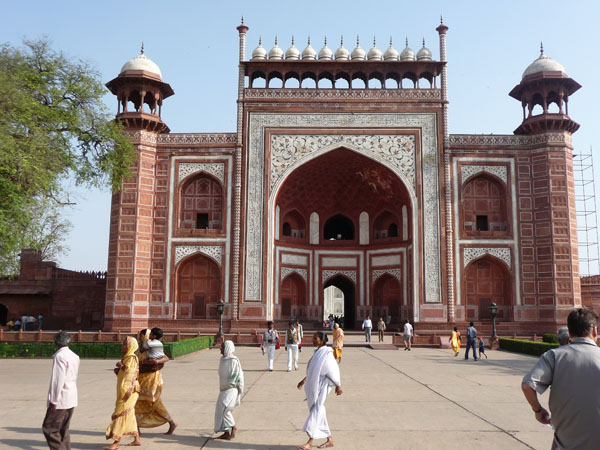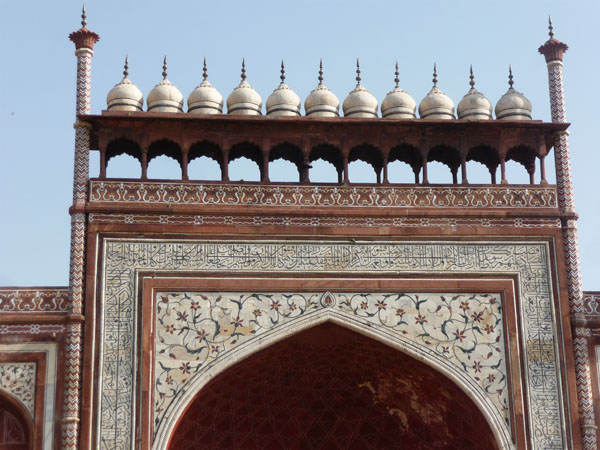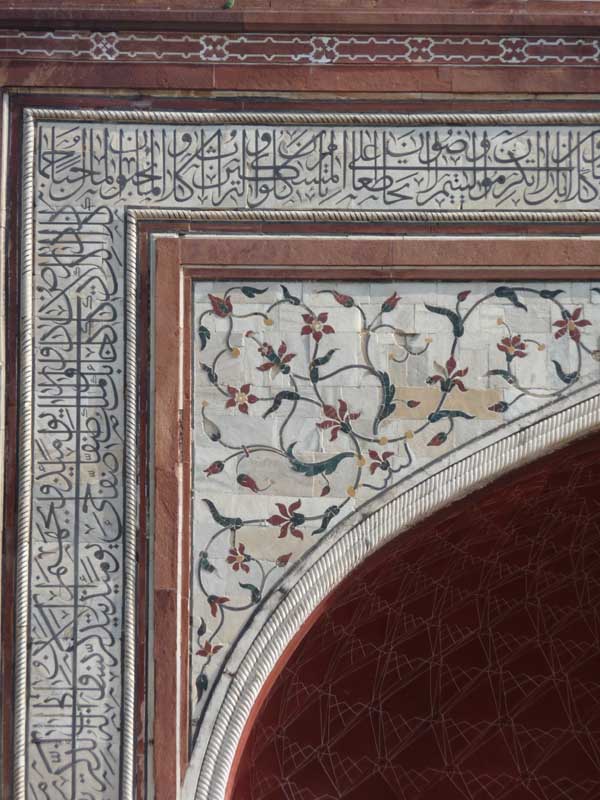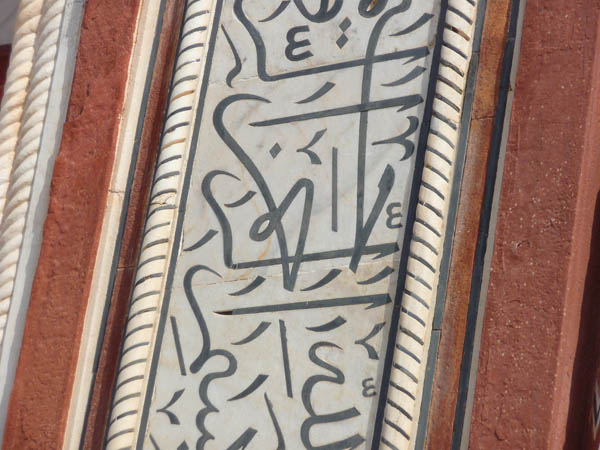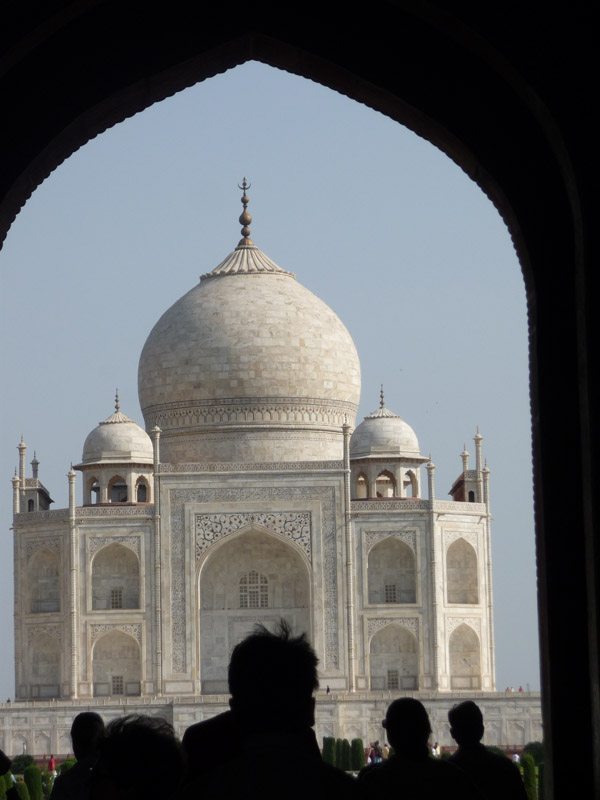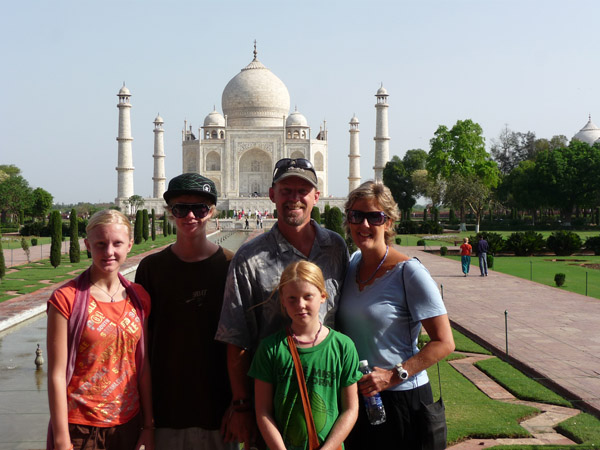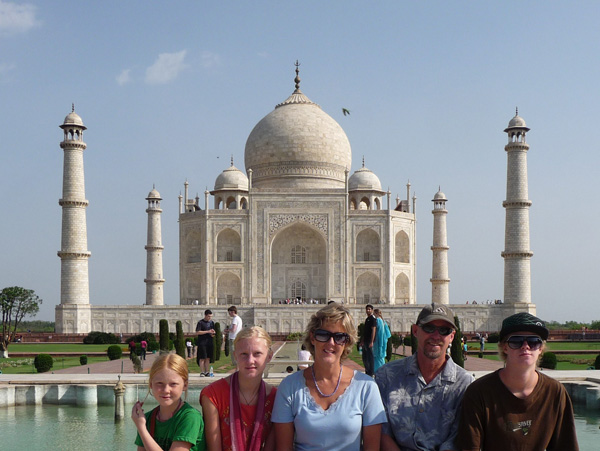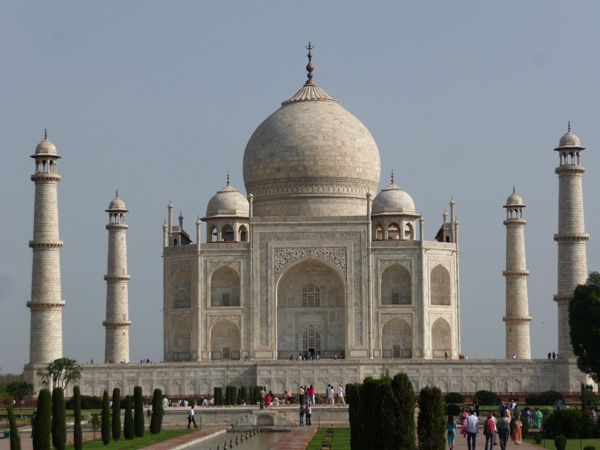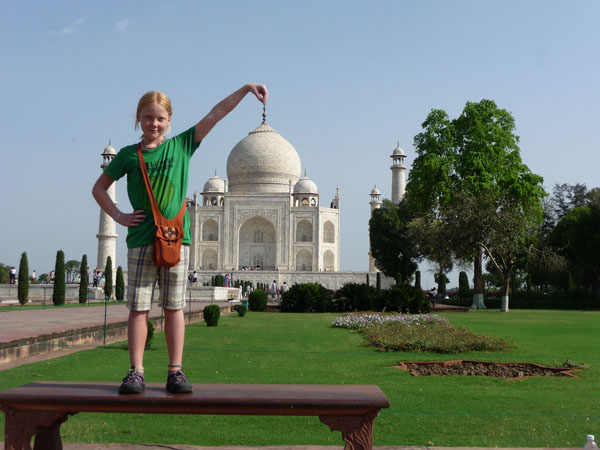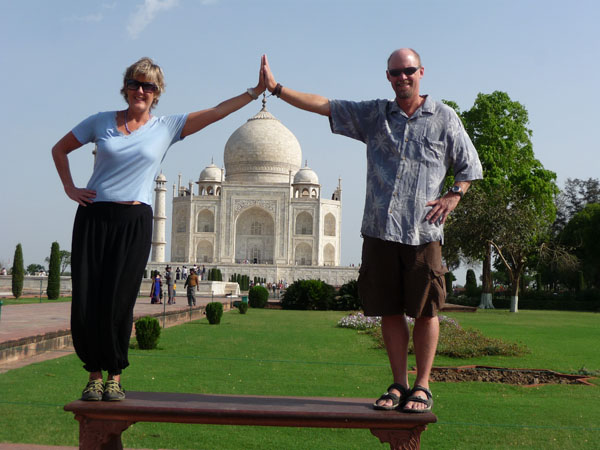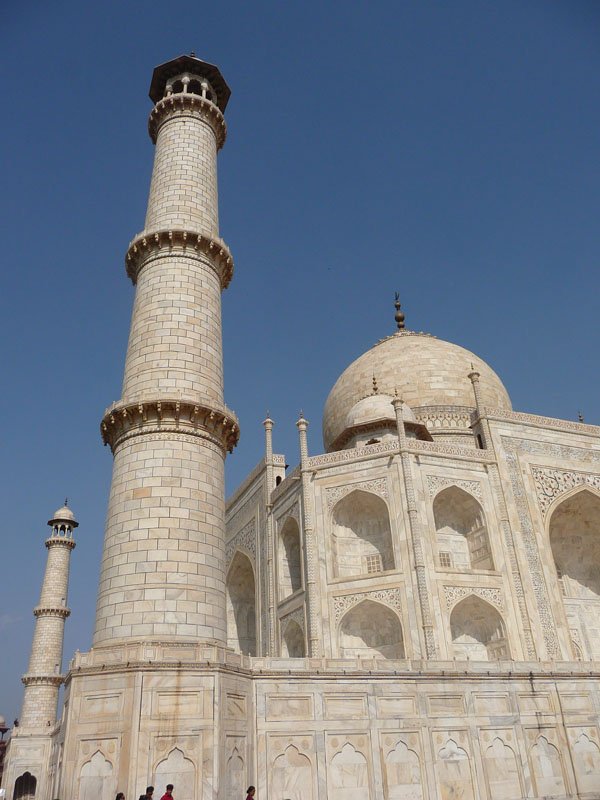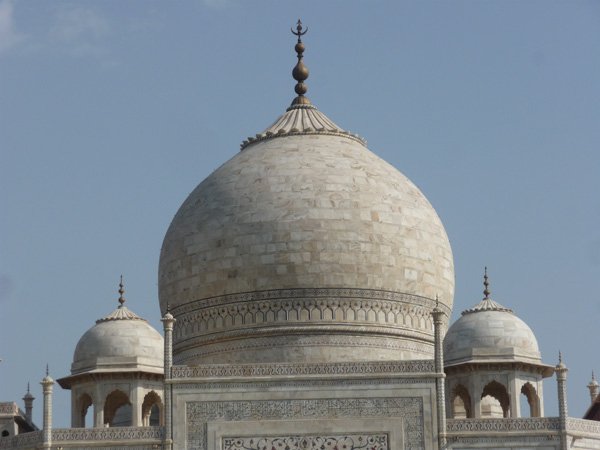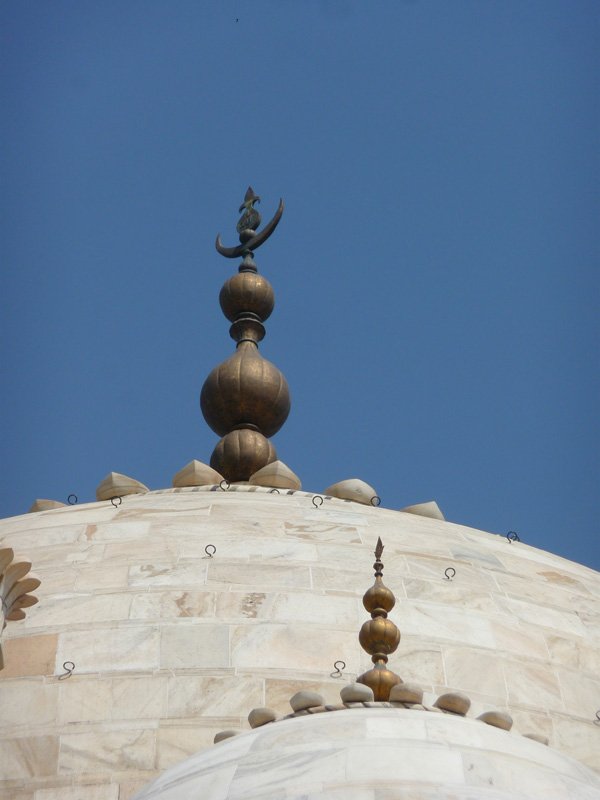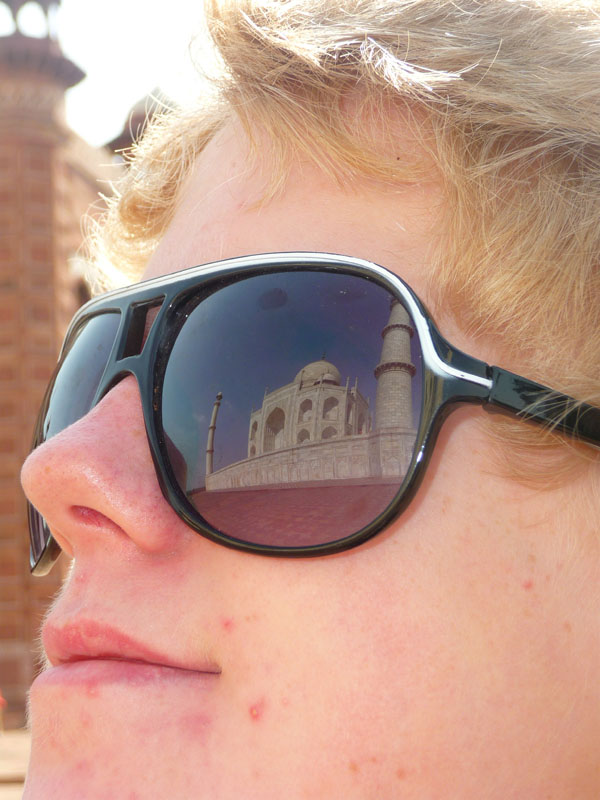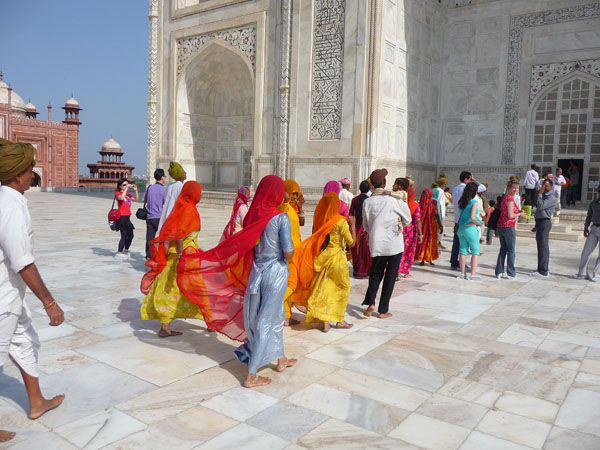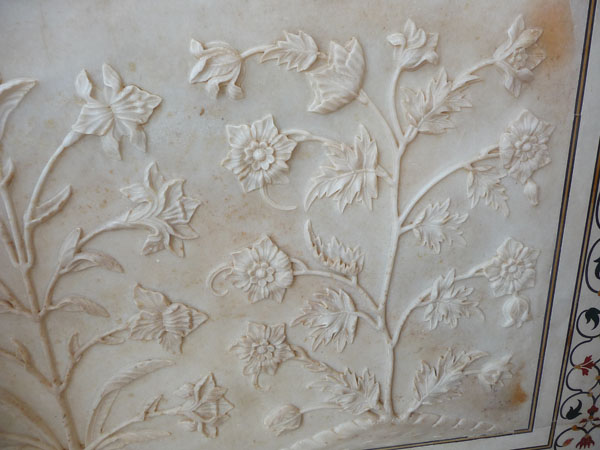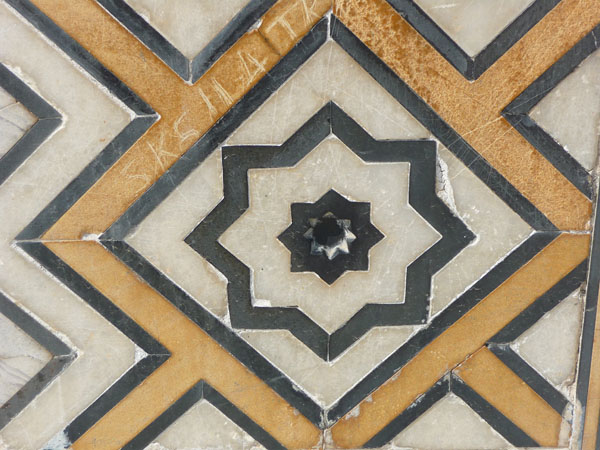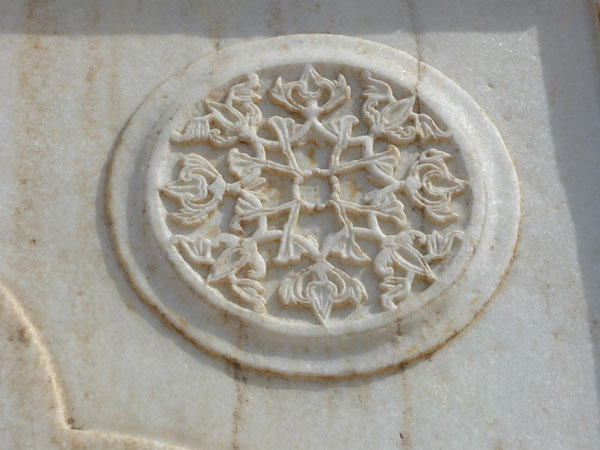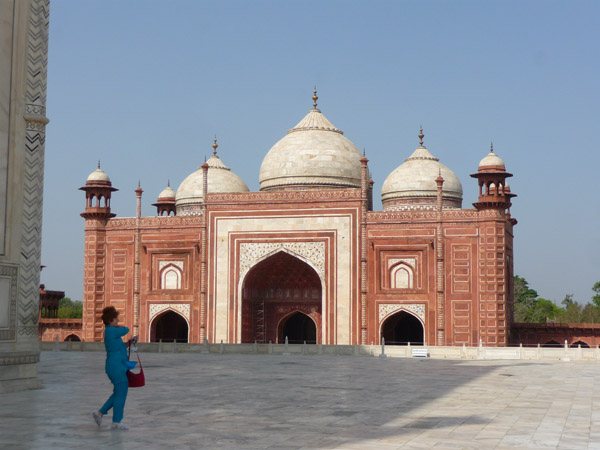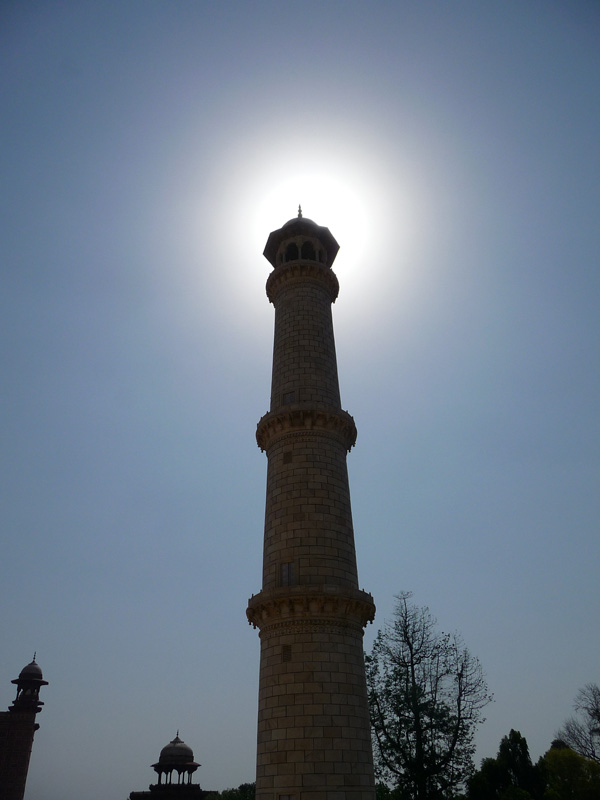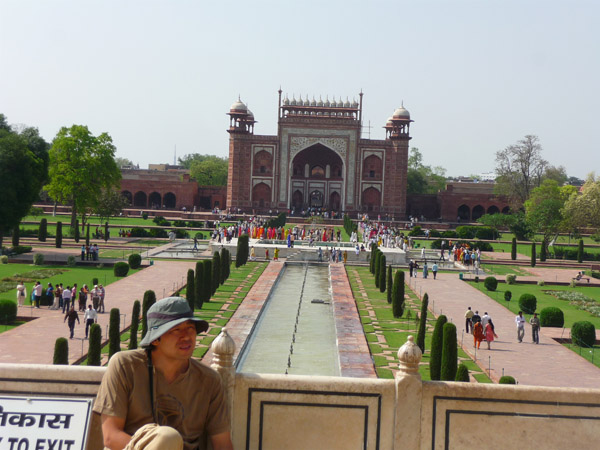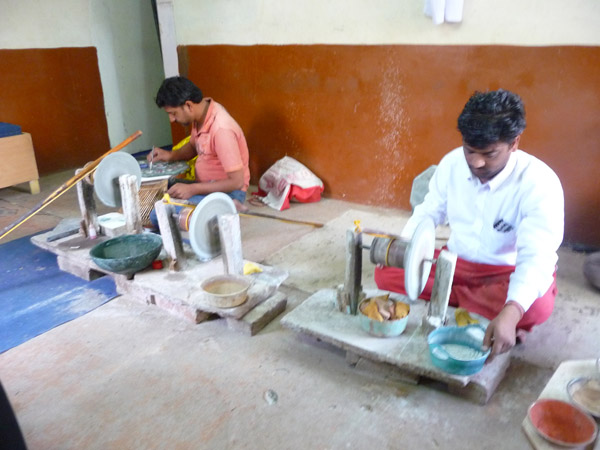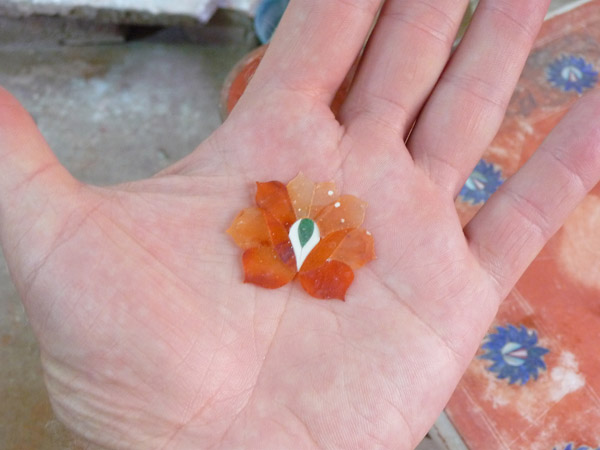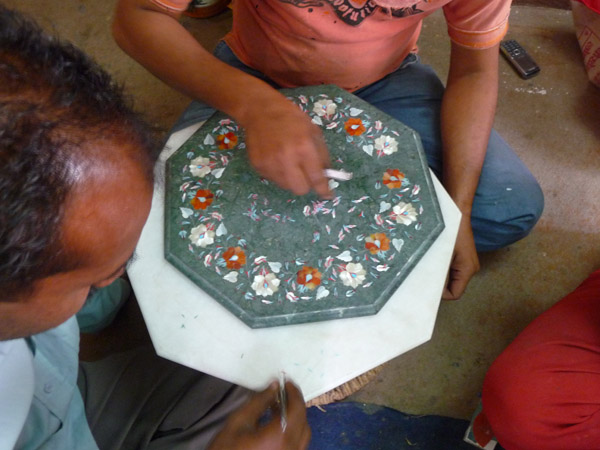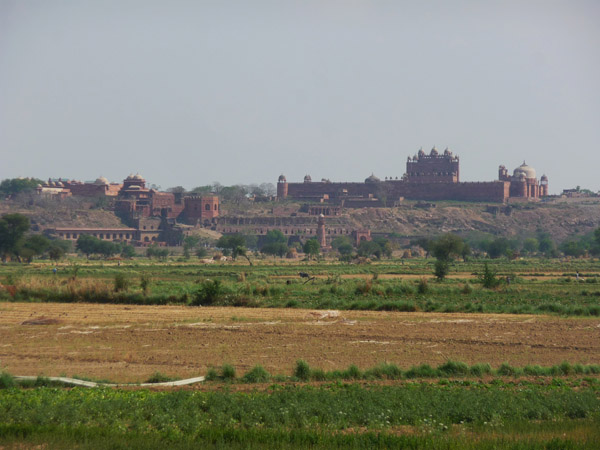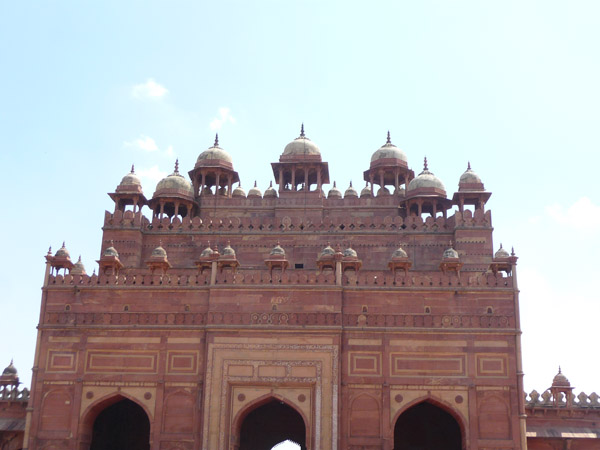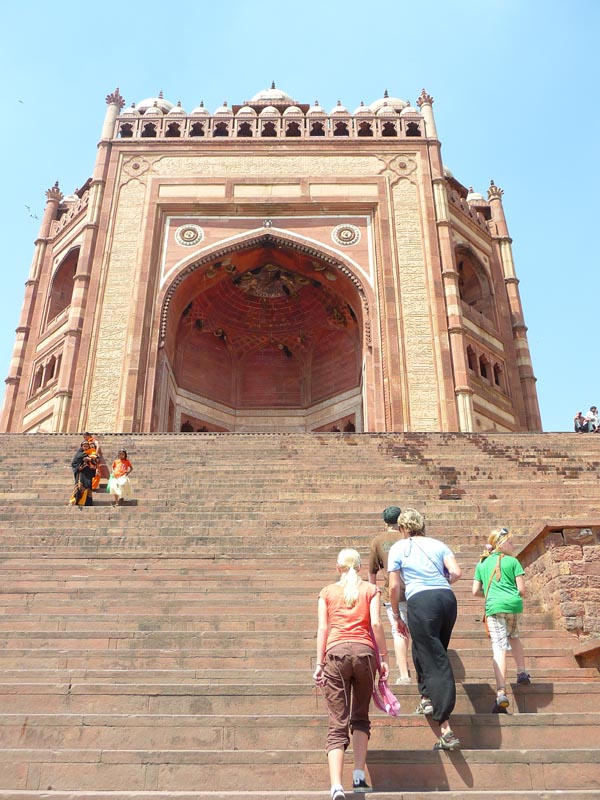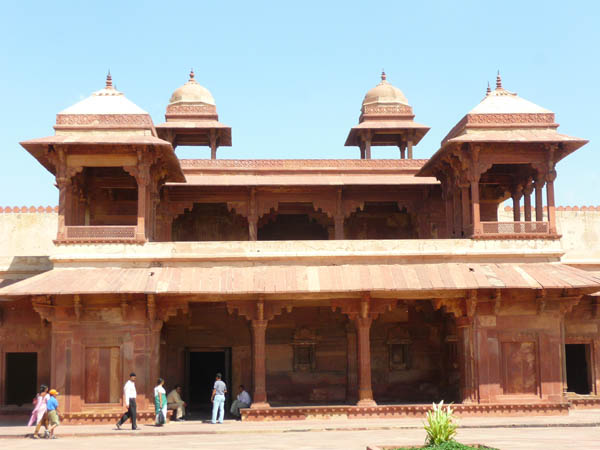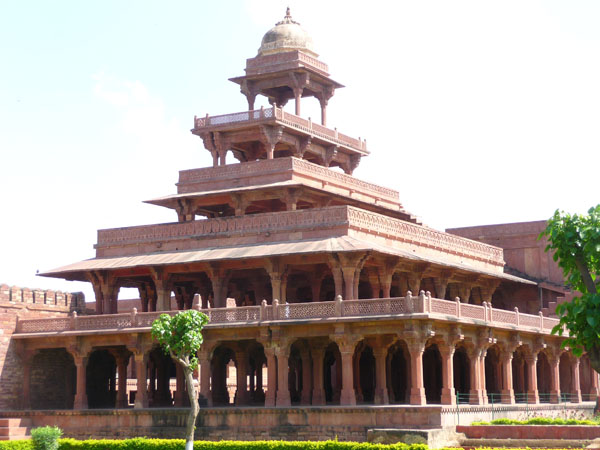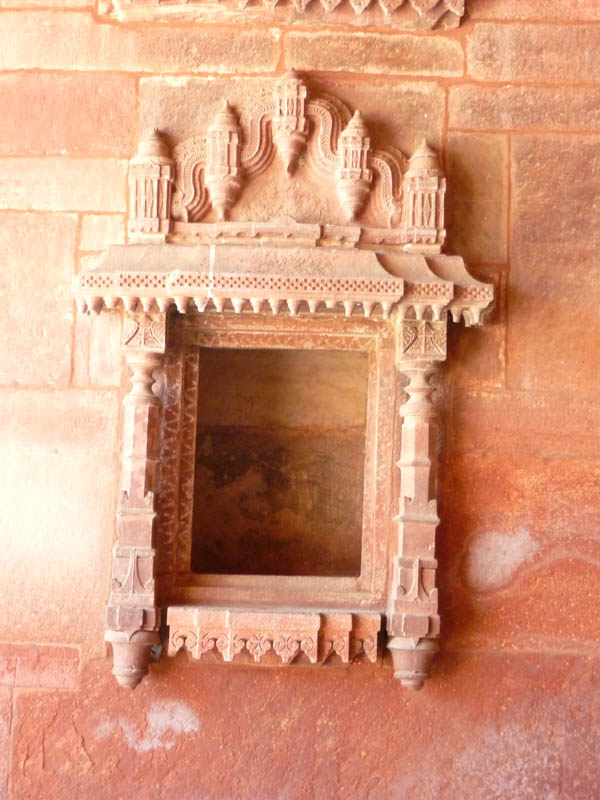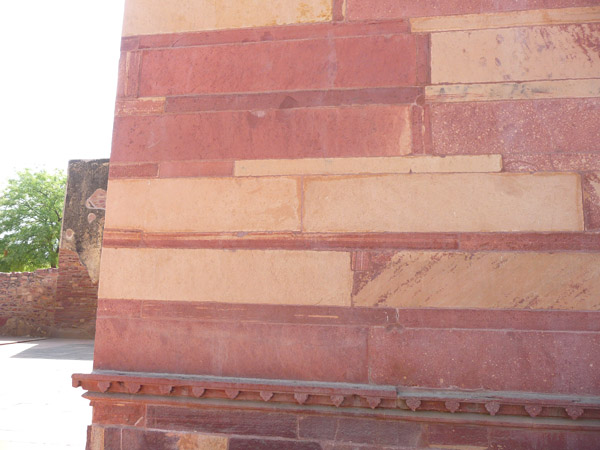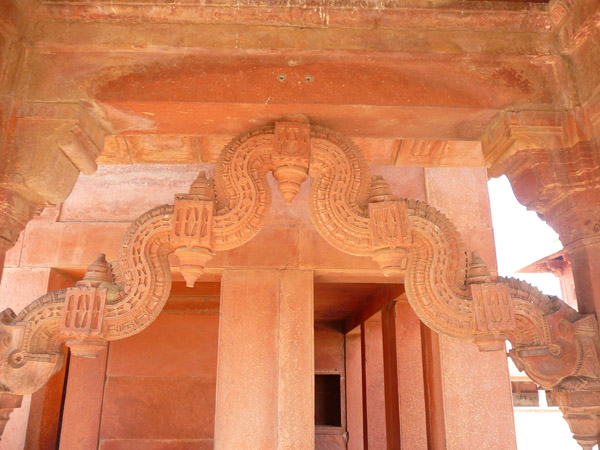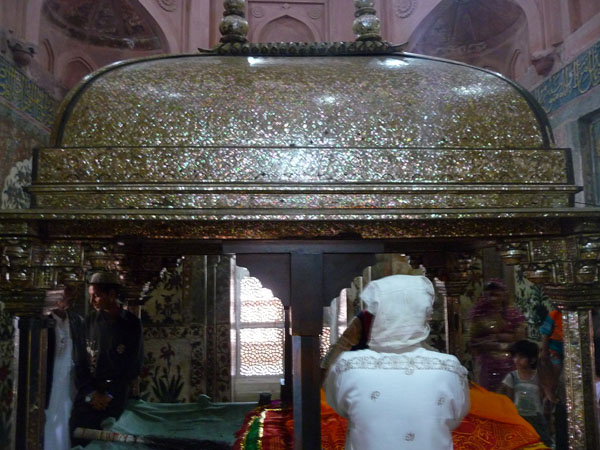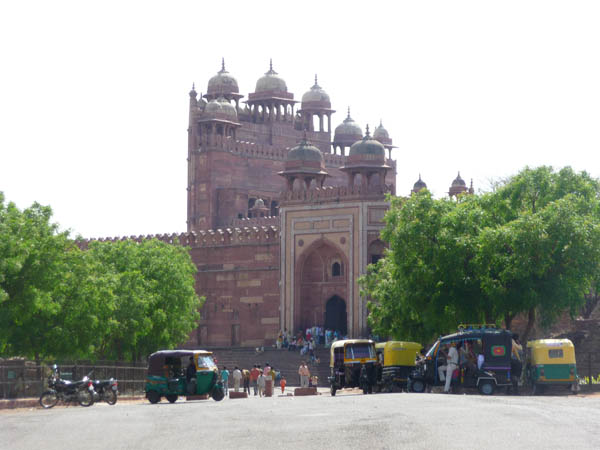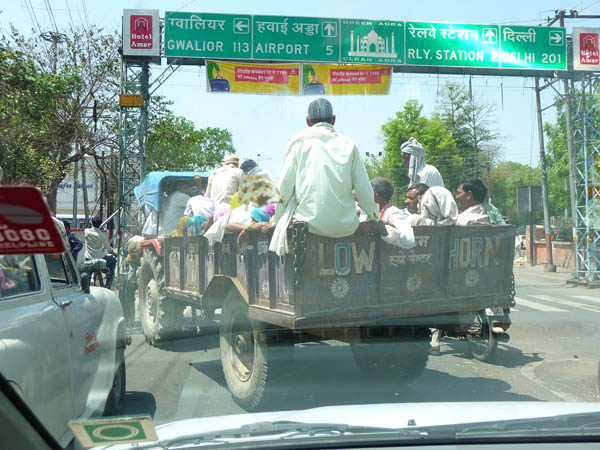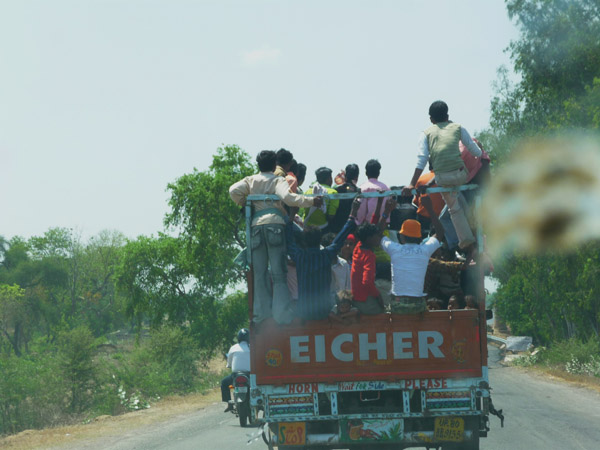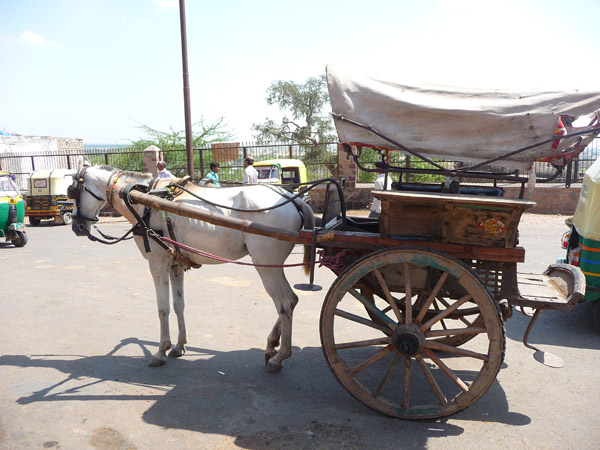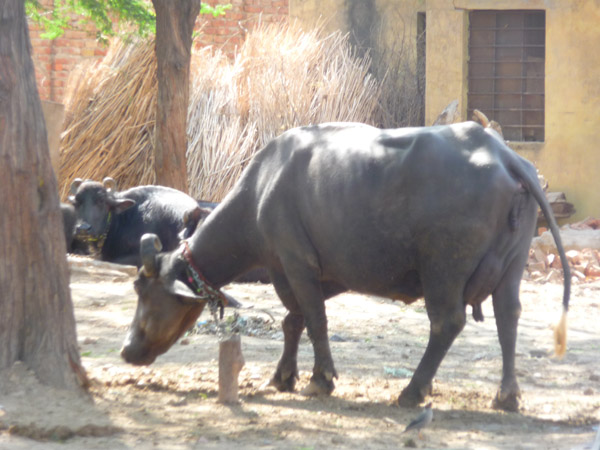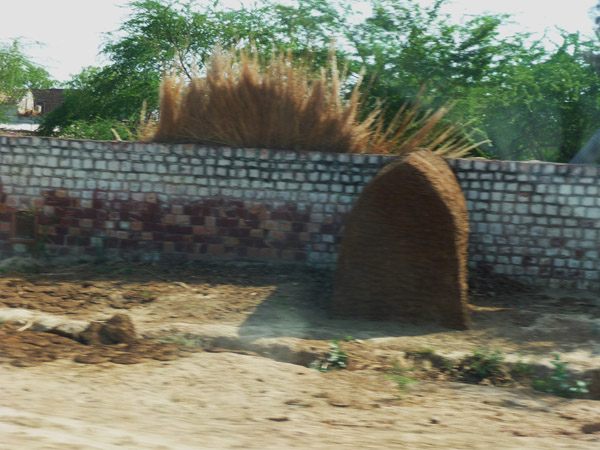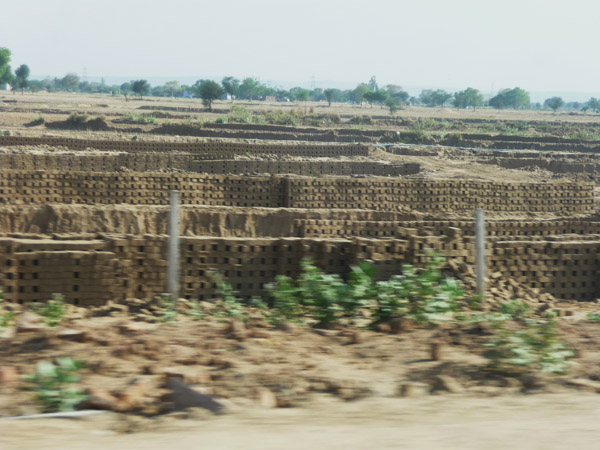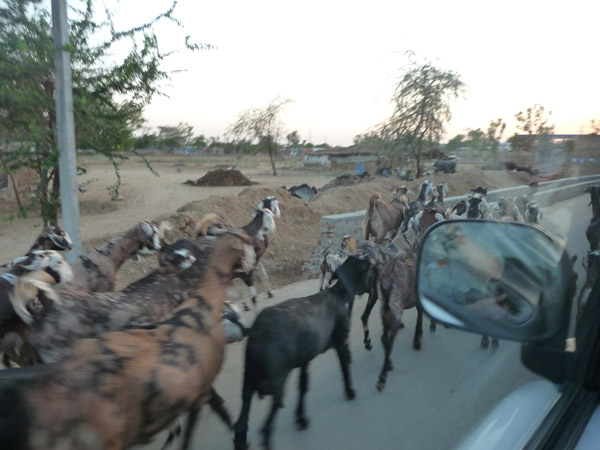May 6-8: Sabbatical Ending :) ! :(
May 16th, 2009To end the trip, we decided to go back to the west coast in Seminyak (close to where we were when we arrived). Kids wanted the surf (east coast didn’t have any – they wanted to practice their surfing). The following pictures are our ending shots of Bali and the trip:
night shots of the hotel grounds – may not be that interesting, but it provided a nice ambiance
The kids were asked to write about their final impressions: what they liked, learned differently about the cultures and people met, what they learned about themselves, and what did they see or feel or understand about America/Tahoe differently after having been away from their “homeland”. Below are some of their thoughts (abbreviated)
Annika’s (our “animal magnet”) Final Thoughts (8yr old): I liked how I made friends, got to pet lots of animals, favorite place Tioman Islands, learned about Balinese, Hindhus, and Buddhist offerings made to the Gods (don’t step on them), was afraid of losing our luggage, Asia has a lot of motorbikes, people, and crowded, noisy with honking and talking and dogs barking, and very hot. America is much cleaner and quieter and smells better.
Natasha’s Final Thoughts (11 yr old): What I like most about the trip was the activities but most of all the silver making classes. The food was really good (Singapore food was more international, Malaysia was rice and noodles – got tired of it, Thai was really good, and India curry’s also). The trip was good. I knew it would be different going to the bathrooms, but didn’t think they would be squat toilets. I knew the way people lived would be different – Vietnamese had a lot of Chinese influence, Singaporian people looked a lot more Chinese than I thought, I didn’t know what the Thai people were like at first – some nice, some more rude, and the Indian people are like I thought they were. I realized I am more scared of dogs that I thought. I am lucky to live where I live in a bigger house, nice area, and plenty of food. Tahoe and America are really nice and clean compared to other countries. We have a lot more technology. I really feel fortunate to live in Tahoe because it is beautiful, not hot, not really busy and clean. In America you don’t have people “hounding” you and I got especially tired of that. We have more opportunities and it’s easier to get a job. In Asia, families live together so adults can watch over others kids while they are gone. The people are poorer. I appreciate my house more because it’s a big house or even that I have a house! I now know what “HOT” is. America is kind of like Singapore, clean, organized and has more technology. I love where I live.
Josh’s Final Thoughts (14 yr old): I liked the trip….in general. Some of the highlights would be learning to scuba dive, dive trips, kite surfing, surfing, snorkeling, and overall the whole experience. I learned in Asia that people “always” take their shoes off before entering the house. Thailand has a lot of “ladyboys”. The Vietnamese way to say thank you is basically sounding like the english words “come on”. India is very hot and smelly, and a ton of Aussies go to Bali. I have realized I am lucky or more fortunate to live in the states. Also that I have a lot more opportunities for having a career. I have also seen that our country is very free. Singapore Airport is amazing, cities are cities whether in America or Asia ( I don’t like crowds and noises), what I saw as most beautiful or admirable is the giant fort in Jaipur or the Taj Mahal and the Himalayas in India, the rice fields in Vietnam stretching on forever and the hills poking out from in between them (Ninh Binh), the beautiful white sandy beaches of Thailand – but they are not “home.” I felt the heat of Asia with sweat running down by back 24-7. I was homesick a lot and would get angry at my family more often, but am not quite sure. I could feel bad for a family living in poverty, but that is no different from feeling bad for a homeless guy at home. What I understand about Asian countries and ours: I see in the USA th at we have a lot more opportunity here, we have more strict laws in some cases and cleaner cities because of those laws or government, the living class in Asia is more poor because in the states we live in bigger houses and drive bigger cars. In Asian countries, you see only Thais or Vietnamese or Indians, but in the States, you see many races, which is good. My overall understanding of America and Asia is that America is more wealthy and spends more money with a bigger economy and Asia is poorer and more conjested not to mention HOT. But they still are loving and connected people….not a bad place to be.
Our last night in Bali. Dinner and sunset right on the beach.
Tim and Natalie Final Thoughts: Sabbatical 2009 South East Asia:
Traveled to/over/on: 7 countries, 29 cities, 7 islands, 2 mountain ranges, 6 bodies of water/seas, 14 modes of transportation. At times it seemed like it would never end, yet in the end it seemed to speed up and is hard to believe the trip is at its end. Wow, we did it! It has been amazing with respect to what we accomplished: traveling with 3 kids doing what we did, seeing what we saw, and traveling how we traveled (good and bad; easy and hard). As has been mentioned in the past – a trip of a lifetime. It also was a little more “work” than what we imagined with respect to the constant planning and decisions that had to be made on a daily basis. We had envisioned a little more “down” time, but I guess we would then need to cut out places and sights and just hang out to do that. But, that doesn’t seem to be the Johnson way. We also want to say that we are grateful to all of you who have followed this blog and shared our experience with us. Hopefully, it’s brought the world a little closer to everybody!
The airport is built out into the bay. When you land in Bali, you feel like you are landing on water and then the tires hit land. This is the parting shot of walking to the plane with the waves breaking in the background.
Picture just for fun. Because it is so humid outside and the with the AC inside, you get this misting/fog taking place inside the aircraft
Singapore Airport. We didn’t leave the Transit area for a couple of hours so the kids could go to a whole gaming area set up for free (internet, Xbox, computer games , and movie hall). You see Josh here inside a Formula One race car simulation. It is like driving the “real” thing (seat, car, steering wheel, gas pedal, and breaks via a computer screen.) The whole car moves on a scale. Josh said when he would crash the car into a wall, he could really feel it.
Since we had to wake up at 4:00am to catch the flight, we spent the night in the departure hall. We found a restaurant away from the mainstream that had closed down at 11:00pm and tried to get some sleep on the couches.
Arriving in Seattle! 37 hours of travel time with only about only 4 hours of sleep and we are still smiling – we are back in the States and closer to “home”.
Steve Winwood – “One More Morning” (song’s on my IPod I listened to a lot usually -early mornings/late nights)
In the sky, night is coming. So glad we have this day. We all want, one more morning. Just to know, the night won’t stay. If my eyes, to the dawning. To see life start, again. Just to see, one more morning. Just to feel it all, begin. Just to have this day….. One more day, one more memory. One more day, in the dream. We all want, one more morning. Just to feel it all again.
Enya – “Pilgrim”
Pilgrim how your journey, on the road you chose, to find out why the winds die, and where the stories go. All days come from one day, that what you must know, you can not change what’s over but only where you go. One way leads to diamonds, one way leads to gold, another leads you only to everything you’re told. In you heart you wonder, which of these is true, the road that leads to nowhere, the road that leads to you. When you find the answer, in all you say and do, when you find the answer, in you. Each heart is a pilgrim, each one wants to know, the reason why the winds die, and where their stories go. Pilgrim in your journey, you may travel far, oh pilgrim its a long way, to find out who you are.
Chinese Proverb:
The Journey is the Reward
From all of us, the Johnson’s (Tim, Natalie, Josh, Natasha, Annika), thanks for sharing in our journey !